|
Happy Autumn! 🍂🍁 I took this photo in early October 2019 while spending time in the Franken (Franconia in English) wine-growing region in Germany’s historic state of Bavaria. The vineyards, landscapes, and colors were breathtaking! And the wines made my palate sing! It was a beautiful time of year to be there. If you would like to join me on this nostalgic trip, click the links below. It is a magical tour of an enchanting region filled with history, culture, fantastic cuisine, and exceptional wine!
http://thewineknitter.com/1/post/2019/10/day-755-exploring-the-franken-wine-region-part-one.html thewineknitter.com/1/post/2019/10/day-756-exploring-the-franken-wine-region-part-two.html Or, click "Franken Wine Region" in the Catagories column to the right. Cheers to great memories and a colorful autumn! 🍁 Until next time… Cheers! Penina To leave a comment or if you have an inquiry, please contact me at [email protected] What happens when you pair a Riesling with Kama pudding? The palate explodes with a profusion of flavors while reveling in a virtual trip to Germany, Estonia, France, the Netherlands, and Belgium! How is this possible, you might ask? Read on, dear friends, and find out! Thanks to chef Adriana Urbina’s delectable Estonian Kama pudding recipe and Ernst Loosen, a wine producer whose Riesling is featured in this article, the stage is set for a magical pairing. The Wine Ernst (Erni) Loosen is the owner and 5th generation of the Dr. Loosen estate, which has been in the same family for over 200 years. Erni is considered one of the most iconic and influential Riesling producers in the world today. Since taking ownership in 1988, the estate has grown substantially. The Dr. Loosen estate is located in the village of Bernkastel in the heart of the Mosel Valley in Germany. With vines that are up to 140 years old in his best sites, Erni has transformed the vineyards by restricting crop size, prohibiting chemical fertilization, demanding strict fruit selection, and gentle cellar practices. All of the estate’s ten major vineyards are designated as Grosse Lage (grand cru). The prevalent soil types here are blue slate, red slate, and red volcanic sandstone. Dr. Loosen Erdener Treppchen GG 2018 Due to the iron-infused, red slate soil in the Erdener Treppchen vineyard, these wines are muscular and complex, with an intense mineral finish. The vineyard is so steep that a long time ago, stone steps were built into the hillside to help workers reach the vines. This wine is kept on the full lees for one year before bottling, allowing for greater texture. Although this is a dry wine, the juiciness of Riesling comes through, delivering white peach, citrus, green apple, and lots of minerality and crisp acidity. Erni says, “Old vines, steep slopes, red slate soil combined with winemaking techniques from over 100 years ago help make this wine truly unique; racy and mineral, but still balanced with a juiciness that makes you want to have another glass.” And I couldn’t agree more! Alcohol: 12.5% SRP: $54 The Pudding Adriana Urbina is an acclaimed Venezuelan chef based in New York. Her background is in fine dining and farm-driven cuisine. This, combined with her knowledge in nutrition (she completed her studies in holistic nutrition and gut health at the Institute of Integrative Nutrition in New York City), is why Chef Adriana's cooking is focused on responsibly grown and sourced local produce. She is a three-time winner of Food Network’s “Chopped” and has worked in several Michelin-starred restaurants. Adriana recently shared one of her favorite recipes, Estonian Kama Pudding with dark Belgium Chocolate. The four ingredients were sent to me along with the recipe. Each carefully selected ingredient expresses the authenticity, quality, and sustainability of European produce. Kama flour from Estonia A versatile ingredient, Kama flour is typically made from a mixture of grains such as barley, rye, oats, and peas. The grains are roasted and ground into a fine powder, producing a nutty flavor and distinctive aroma. Miel de Provence PGI, Honey from France Ooh la la! You can taste the lavender in this delectable honey. There are also subtle notes of herbs and wildflowers. Beekeepers in Provence use traditional production methods specific to this region, which include strategically placing the beehives in areas with abundant wildflowers and herbs. Milk from the Netherlands Milk production in the Netherlands is a significant part of the country’s agricultural sector and cultural identity. Approximately 96% of the milk is delivered to dairy factories to be processed into products such as cheese, butter, and yogurt. Dark chocolate Organic, from Belgium. With a long history of chocolate-making dating back to the 19th century, Belgium is renowned for its high-quality chocolate. Dark chocolate marked with the EU Organic label is made using cocoa beans grown without synthetic pesticides or fertilizer. Adriana said, “I have an unwavering preference for Belgian chocolate due to its unparalleled richness and smoothness. Sourced from the finest cocoa beans and crafted with precision by Belgian chocolatiers, it lends an irresistible depth of flavor and luxurious texture to my desserts.” This decadent dessert is easy to make and worth the wait to chill properly (about two hours) in the refrigerator. The use of parfait glasses or small ramekins makes for a festive presentation. If you would like the recipe, please email me at [email protected] Although this dessert and the Riesling are delightful to enjoy on their own, together, they forge an unforgettable treat for the palate! The Riesling’s natural high acidity and essence integrate beautifully with the pudding’s distinctive flavors, culminating in a graceful dance for the palate!
Until next time… Cheers! Penina To leave a comment or if you have an inquiry, please contact me at [email protected] The holidays are fast approaching, and nothing sets the mood like the sound of a cork being removed from sparkling wine. It is the quintessential “pop” that signals “let the festivities begin.” With so many styles of sparkling wine available from around the world, it can be daunting as to what wine to choose. Each country and its respective region has its name for sparkling wine, and the selection is vast. The list includes noted wines such as Champagne from the Champagne region, Crémant, made outside of the Champagne region of France, Cava from Spain, and Prosecco and Franciacorta from Italy. And then there is Sekt (pronounced Zekt), a sparkling wine produced in Germany. If you are not familiar with Sekt, then let me introduce you to these palatable wines! A Brief History Sekt, also called “Schaumwein “(sparkling wine” in German), has been called such since the late 1800s. Documents date back to the 18th century, alluding to “wine re-fermenting in the bottle,” but it wasn’t until 1826 that Sekt was first recorded. At the beginning of the 19th century, many German winemakers and winery owners traveled to Champagne to learn the technique of making quality sparkling wine. Among them was Georg Christian Kessler, who worked as an employee at Veuve Clicquot and then brought his expertise back to Germany. He established Sektkellerei Kessler in 1826, located near Stuttgart, the oldest sparkling wine producer in Germany. They only make Sekt using the traditional method (Klassische Flaschengärung in German,) where the second fermentation takes place in the bottle. Many of the German winemakers who traveled to Champagne back then remained in France and established Champagne houses that are thriving today like Krug, Mumm, Taittinger, Roederer, and Bollinger. World War 1 and II brought devastation to the vineyards, economy, and the downfall of sparkling wine in Germany. It wasn’t until the 1960s when a new method of making sparkling wine, other than the traditional method, was introduced, called the Charmat (tank) method (second fermentation takes place in the tank). This led to faster and more economical production, but unfortunately, the quality went down as production quantity revved up. However, the traditional method was not lost entirely. In the 1970s, young winemakers once again sought guidance from Champagne and became educated on the importance of terroir, which plays a vital role in the outcome of the wine, and production techniques. By the late 1980s, several winemakers set out on a mission to bring Sekt back to its original status. One of these innovators is Volker Raumland who founded Sekthaus Raumland in 1990. He has been described as the pioneer who “dared to start a new quality revolution in German Sparkling Wine. His two daughters Marie-Luise and Katharina joined the family estate in 2020, continuing with the same passion and love for high-quality German sparkling wine that their parents had and still have.” Sekthaus Raumland is dedicated strictly to pioneering modern, high-quality German Sekt. The estate doesn’t produce a single still wine! Raumland’s renowned high-quality sparkling wines made Volker a popular partner for other German wineries looking to make their own sparkling wines. In fact, Raumland makes Sekt for approximately 40 to 50 other German wineries. Today, Germany is making significant strides with sparkling wines. Here are some statistics. ➣Germany is the third-largest sparkling wine producer, with Italy number one and France following second. ➣Germany produced 9.0 million hectoliters of wine in 2019 (even though this is from the 2020/2021 report, the most recent figures are all from 2019). ➣Germany is the largest consumer of sparkling wine, with France, the US, Russia, and Italy following respectively. ➣3.4 million hectoliters of Sekt were consumed by Germans in 2019. ➣Germany is the 4th largest consumer of total wine; 20.4 million hectoliters in 2019. The USA tops the list with France and Italy following respectively. Stats provided by Wines Of Germany Most of the low-quality Sekt is consumed in Germany and not exported. It can be made with German grapes or bulk wine from other European countries. Fine German Sekt, Traditionelle Flaschengärung, is exported in very limited quantities, but smaller estates are now striving to make fine Sekt. When looking at a Sekt wine label, keep this chart in mind. Deutscher Sekt It must be made from German base wine. It can be made in the tank (minimum 90 days on yeast, 30 of those with continuous mixing). It can be made with traditional bottle fermentation (minimum nine months on lees). Deutscher Sekt b.A. It is the same as above but with a minimum of 85% of the grapes sourced from one of Germany’s 13 wine regions. Winzersekt It must be made by traditional bottle fermentation, with a minimum of nine months on lees. However, most winemakers far exceed that length. It must be 100% estate-grown fruit. The label must state grape variety and vintage. For more information about wine classification, sweetness levels, new regulations and quality standards for German wine, and an interview with Ernst Loosen, please refer to my article German Rieslings, First Stop Mosel. Riesling is Germany’s most celebrated grape variety, with the world’s largest vineyard area of 23,000 hectares dedicated to this grape. So, it stands to reason that Riesling plays a dominant role in the production of Sekt. However, Chardonnay, Spätburgunder (Pinot Noir), Weissburgunder (Pinot Blanc), and Grauburgunder (Pinot Gris) are also used, in addition to other varieties. Germany has ideal conditions for growing grapes to make sparkling wine. The climate, terroir, and especially the mineral-rich, slate soil yields light-bodied, high-acid wines. Styles range from extra dry to sweet. And sparkling wines made by Traditionelle Flaschengärung have so much depth and character. So, let’s explore some Sekt! Dr. Loosen The Dr. Loosen estate has been in the same family for over 200 years. When Ernst Loosen assumed ownership in 1988, he realized that he had vines in some of Germany’s best-rated vineyards. To maximize the potential of those vines, he dramatically crop-sized, uses only organic fertilization, insists on very strict fruit selection, and employs gentle cellar practices with a minimum of handling. Dr. L Sparkling Riesling NV (Deutscher Riesling Sekt) This wine is made with 100% Riesling using the Charmat method. It is very aromatic with floral and citrus notes that continue onto the palate with white stone fruit, apple, and pink grapefruit. Creamy bubbles and lively acidity complete this fruit-forward wine. Alcohol: 12% SRP: $16 Dr. Loosen Riesling Sekt Extra Dry NV This sparkling wine is made with 100% Riesling sourced from estate vineyards in the Mosel region and produced using Traditionelle Flaschengärung, with 15 months on the lees in bottle. It has all the classic aromas and flavors that one would expect from a Riesling with green apple, peach, nectarine, and racy acidity. Persistent, fine bubbles envelop the mouth, and hints of white stone fruit linger on the finish. Alcohol: 12% SRP: $25 Erni Loosen said, “Our Dr. L Sparkling and the Dr. Loosen estate Riesling Sekt are meant to be enjoyed as young wines. Personally, though, I much prefer sparkling wines with age, when the bubbles have calmed down, and they’ve had time to develop tertiary aromatics. So that’s what we do with the Pinot Noir Rosé Sekt. It’s done with the classic champagne method, with extended maturation in bottle. We started with five years on the lees before disgorgement and are working up to ten years. That’s when the wine really becomes interesting to me. It’s more complex and more harmonious. That’s what I look for in sparkling wine.” Dr. Loosen Pinot Noir Rosé Sekt Brut 2011 When Erni purchased a small parcel of vines in the Ürziger Würzgarten vineyards, a grand cru site in the Mosel region, he thought it was entirely Riesling. It wasn’t until the onset of the grapes ripening in the summer that Erni discovered this parcel was Pinot Noir! The question became what to do with these grapes since there isn’t a strong tradition of Pinot Noir on the Mosel. Erni combined his love for Pinot Noir and passion for great sparkling wine to produce this Rosé Sekt. 2011 is the first vintage release of their 100% Pinot Noir Rosé Sekt. It is produced using Traditionelle Flaschengärung with five years of bottle aging on the lees before disgorgement. Beautiful aromatic notes of floral and berries spill onto the palate with cherry, raspberry, vibrant acidity, and minerality. Creamy and persistent bubbles add to the lushness of this wine. Alcohol: 12.5% SRP: $35 Villa Wolf Pinot Noir Sparkling Rosé NV (Deutscher Sekt) Erni Loosen owns Villa Wolf, located in the Pfalz region in the Rhine river valley in southwest Germany, directly north of France’s Alsace region. The Villa Wolf varietal line-up includes exceptionally affordable, classic Pfalz wines made from traditional grape varieties. Because the Villa Wolf Pinot Noir Rosé still wine is so popular, Erni decided to make a sparkling version. Like Dr. L, the Villa Wolf Sparkling Pinot Noir Rosé is made using the Charmat method. Lovely aromas of floral, berries and watermelon, give way to a light and refreshing palate with a nice balance of acidity and minerality and a gentle spritz. Alcohol: 12.5% SRP: $16 Robert Weil Rheingau Riesling Sekt Brut 2018 The 2018 Robert Weil Riesling Sekt Brut is produced by the top Sekt producer in Germany, Raumland Sektkelleri. Raumland’s renowned high-quality sparkling wines made Volker a popular partner for other German wineries looking to make their own sparkling wines. Partnering with Raumland was an easy decision for Robert Weil because both strive for the highest quality in their wines. The Robert Weil estate was founded in 1875 and is considered one of the finest producers in the Rheingau region. Wilhelm Weil, 4th-generation, now presides over the estate. This 100% Riesling was harvested from parcels neighboring the great Kiedrich Gräfenberg Grosse Lage vineyard. It is produced using the Traditionelle Flaschengärung method and matured on the lees in bottle for 20 months before disgorgement.
Delicious fruit aromas, citrus, and floral lead to a beautiful palate of honeysuckle, pear, green apple, lemon, and minerality. Persistent bubbles, crisp acidity, and a trace of sweetness add to the allure of this wine. Alcohol: 12% SRP: $47 Nicolas Pfaff, Robert Weil Export Manager, added: “The basic wines of our Riesling Sekt Brut originates from vineyards with high elevation, neighboring our very finest ones. Thanks to the perfect conditions for Riesling, with a cool climate, high amount of slate in the soils, and a typical hillside vineyard, Riesling is created. Afterward, these characteristics are refined with a classic “Méthode Champenoise.” The dosage is always a sweet wine from the famous Gräfenberg vineyard. It adds even more profile to an elegant, classy, and racy Riesling that perfectly reflects the grape variety and its origin.” Sekthaus Raumland Cuvée Marie-Luise Brut 2013 The grapes for this 100% Pinot Noir are hand-harvested from Dalsheimer Bürgel and Hohen Sülzer Kirchenstück vineyards located in the “Rheinhessen” region. The wine is produced using the Traditionelle Flaschengärung method and matured on the lees in bottle for 57 months. Raumland states, “The factor “time” plays a role of paramount importance for our sparklings. Since we only produce vintage sparklings, our “youngest” Sekt lies on lees for a minimum of four years. Our most prestigious Sekt even up to 12 years (without losing its freshness and crisp character).” Seductive aromas of brioche, berries, and cherry lead to an amazing palate with creamy bubbles and vibrant acidity. Soft berries, red apples, toasty notes, and minerality from the chalk soil come through. The elegance of this wine lingers with a long and satisfying finish. Alcohol: 12% SRP: $46 All of the above wines can be enjoyed as an aperitif or try pairing with dishes such as seafood, shellfish, appetizers, cheese, grilled fowl, spicy Asian cuisine, or light dinner fare. I asked Stephen Schmitz, senior director of Wines Of Germany, what his thoughts were about the future of Sekt. Stephen: “In the U.S., German Sekt producers have a huge opportunity to compete in the $18-$40 price tier, where I suspect more of the sparkling wine growth will occur in the next decade. Prosecco dominates the sub-$20 category and Champagne the $40+, but no one region or country has a stranglehold on the in-between. Dollar-for-dollar, I think German Sekts in that $18-$40 range are often better and much more interesting than those from most other countries, certainly at that price point. We can’t talk about the future of Sekt without talking about climate change. The reality is that the Earth is warming rapidly, and wine grapes picked for sparkling wines must be harvested at lower ripeness levels than their still wine counterparts; the category is even more sensitive to warming temperatures. In Germany, where historically achieving optimal ripeness has been the major struggle, the worst effects of climate change on viticulture isn’t so much rising temperatures as it is drought, flooding, or just generally unpredictable weather.” Marie-Luise Raumland added a few comments as well on the future of Sekt. Marie-Luise: “Among the smaller but traditional producers in Germany, I believe that German Sekt will have a major impact on that segment of the market. Just recently, the German Wine Institute declared 2019 as the Year of the German Sparkling wine. However, we still have a long way to go. Thirty-five years ago, we started as a small and unimportant producer of sparkling wine, and others were laughing about our vision to create a high-quality sparkling wine that could compete with other sparkling wines (like Champagne). Nowadays, winemakers from all over the world (recently from England, Greece, and even China) called us to ask for advice. That makes us proud and shows that the reputation of German sparkling wine might get back to where it once was. We totally understand that it takes time to gain back reputation.” Stephen also talked about how the Sekt market is changing and who the consumers are. Stephen: “In short, German Sekt is Sekty again! Here in the U.S., German Sekt imports are up 34% by volume and 25% by value in the first half of 2021, according to Gomberg, Fredrikson & Associates. In today’s world, sparkling wine drinkers skew younger than your average wine consumer, which tracks for Sekt too. Over the last 15 years, Americans have democratized our approach to sparkling wine so that it’s not just expensive bottles for special occasions or cheap swill for New Year’s Eve but rather something to be drunk whenever and at a variety of different price points. Interestingly, this has long been the case in Germany, where they drink more sparkling wine per capita than any other country.” Sekt, which was once considered a bland sparkling wine with no imagination, is now in the middle of a bubbly resurgence. So join the celebration, treat your palate and “pop” open a Sekt! Until next time… Cheers! Penina This article was originally published to Santé Magazine. To leave a comment or if you have an inquiry, please contact me at [email protected] It is no secret that I love Riesling, especially German Riesling. So it is a touch ironic that my first trip to Germany brought me to the beautiful Franken wine region where Riesling only plays a minor role in production. Riesling is a late-harvest grape, and because Franken experiences typical continental weather with warm, dry summers and long cold winters, the risk of frost damage to the grapes is significant. The most favorable conditions for growing Riesling are moderately warm summers, adequate rainfall amounts during vegetation, and a long ripening period allowing the grapes to develop and retain their fruity acidity. My return trip to Germany was supposed to be an in-depth exploration of the Mosel wine region and its mouth-watering Rieslings. However, it was not to be, with travel put on hold for the past year, and then some. Not to be deterred, I recently had the pleasure of chatting virtually with four Mosel wine producers, sampled their expressive wines, and added their thoughts to my reviews. It was the next best thing to being there! Riesling is Germany’s most celebrated grape variety. With thirteen wine regions and over 102,000 hectares of vineyards, Germany boasts the world’s largest vineyard area of 23,000 hectares dedicated to Riesling! Riesling was first documented in 1435 in the Rheingau region and soon after that in Mosel. More than half of all the vineyard areas in the Mosel, Rheingau, and Mittelrhein are planted with Riesling. Riesling is a white aromatic grape capable of producing vastly diverse wines depending on the type of soil, altitude and microclimate. The wines range in style from bone-dry to succulently sweet and from table wines to high-quality collectibles. These wines are usually variety labeled and classified by ripeness and the level of sugar in the grape juice called “must weight”. There are two classification systems in Germany: the traditional system and modern VDP (Verband Deutscher Prädikatsweingüter) systems developed in the 21st century to reflect climate change. VDP is not part of the official German wine law. With the VDP system, the quality of the wine is based upon its origin (terroir). Its purpose is to highlight the value of the best vineyard sites in Germany. For this article, we will explore the traditional system. The traditional system has four quality categories: Deutscher Wein (a table wine category) small quantities are produced. Landwein A protected geographical indication. At least 85% of these grapes must originate in the region named on the label. It is typically dry or off-dry. Qualitätswein (QbA) A protected designation of origin and accounts for the majority of German wines. 100% of the grapes must originate from one district inside the 13 wine regions. Prädikatswein In addition to the same rules that apply to the Qualitätswein category, the Prädikatswein category indicates a superior quality wine with strict requirements. Within the traditional system, Riesling is also divided into levels of ripeness that the grapes have achieved by the time they are harvested. These levels are: Kabinett Light dry to off-dry, low alcohol. Grapes are harvested during the regular season. Spätlese Late harvest wines. More intense in flavor and concentration Auslese Noble wines are usually but not always sweet. It is made from hand-selected bunches of very ripe grapes and can only be made in the best years with enough warm weather. Beerenauslese made from overripe grapes usually infected with noble rot. Each berry is hand-picked. It is known for rich and sweet dessert wines. Trockenbeerenauslese These are rich, sweet, honey-like wines. Grapes are overripe, shriveled, hand-selected, and usually infected with noble rot. Eiswein made from overripe grapes that have frozen on the vine. Grapes are harvested only under exact weather conditions and pressed while frozen. Mosel Mosel wine region is a cool-climate region and the most famous of the 13 wine regions in Germany. It is renowned for its terraced vineyards and age-worthy Rieslings. Mosel has one of the coolest climates of the major German wine regions. The vineyards here enjoy a continental climate with warm summers and long growing seasons, contributing to the grapes ripening and help create heightened flavors and low alcohol levels. Mosel expands over 8,800 hectares with the beautiful Mosel River snaking its way through the region. Many of the vineyards are located alongside the river and are among the steepest in Germany and the world! With half averaging a slope of over 30 degrees and reaching inclines of 60 to 70 degrees, it is quite breathtaking! The Bremmer Calmont, which is the steepest vineyard in Europe, is located here. Needless to say, tending the vineyards is labor-intensive and can be dangerous. Mosel is referred to in three sections: Upper Mosel, Middle (Mittelmosel) Mosel, and Lower Mosel, with most of the vineyards located in Middle Mosel. Within these three sections are six areas with approximately 5,446 hectares of Riesling planted. Red and blue slate dominate the soil here, with greywacke, sandy, gravelly, and shell-limestone found throughout the six areas. Without further ado, let me introduce (in no particular order) four remarkable wine producers in Mosel. Weingut Fritz Haag Fritz Haag is a small family estate established in 1605 and located in the heart of Middle Mosel in the village of Brauneberg. One of several Mosel legends, the winery is noted for its Rieslings’ extreme purity and mineral intensity. Wilheim Haag, who guided the estate to a world-renowned reputation and was the first to be the recipient of the “Winemaker of The Year” award in 1994, sadly passed away in 2020. His son Oliver, the 12th generation, took over the reins for his father in 2005 and is now the estate owner. Fritz Haag has 24 hectares of vineyards (all exclusively planted to Riesling) that include the world-renowned vineyards “Brauneberger Juffer Sonnenuhr” and “Brauneberg Juffer.” The combination of the deep slate soils and superb micro-climate of both vineyards make up the foundation for some of the most elegant and intensely flavored Riesling wines of the Mosel region. Many of the vineyards are 25-30 years old, with some parcels, especially in the heart of the Brauneberger Juffer-Sonnenuhr, are over 50-80 years old. In addition to his formal school training to become a winemaker, Oliver worked at many estates throughout Germany, South Africa, and Madeira, Portugal, before returning to his family estate. “I learned a lot. But most of my education is from drinking wine, learning, and drinking!” Tell me about your family estate. Oliver: We are a family estate that produces wines from our vineyards. It is essential for us to know where our grapes come from and focus on making high-quality wines. We invest our time in producing wines that have a long potential life. How has climate change impacted your vineyards? Oliver: It is getting warmer and drier, with extreme weather patterns. Rain comes in shorter periods with more intense storms. We must pay attention, take care of erosion, and make sure the vines get enough water during dry spells. We must pick the grapes at the right time, ripe but not overripe, only healthy grapes. Most importantly, we must select, select, select! And we have to be more effective in the winery. What is your take on the 2020 vintage? Oliver: Considering the extreme weather with a warm and dry summer, 2020 was uncomplicated, not stressful, and the harvest was slow. We needed to make sure that the grapes didn’t get sunburn, but in general, the grapes were very healthy. For the drier wines, we picked a little earlier to get the acidity and freshness. 2020 is a classic vintage with a lot of finesse and elegance in the wines, not as much acidity, but smoother and rounder. Do you have a favorite style of Riesling? Oliver: No, it all depends on my mood! Riesling is so interesting, and the different faces are so nice. The many styles offer a wonderful palate of different fruits, very classic wines! Fritz Haag Estate Riesling 2019 The grapes are harvested from steep slate-soil vineyards and made in an off-dry style. It is light and refreshing with notes of peach, citrus, minerality, and hints of floral. Oliver says, “Not really dry, not really sweet…it’s in the middle. A tri-style wine with wonderful fruit, refreshing, with lively and crisp acidity. It is easy drinking.” Alcohol: 11% SRP: $20 Fritz Haag Brauneberger Juffer Riesling Kabinett 2019 The grapes are harvested early from the dramatic steep Brauneberg hillside vineyard. This Riesling is delicious and lively with notes of floral, lemon, peach, and racy acidity. Oliver says, “This is our business card. It is very fine. A wonderful balance of sweetness, acidity, and freshness. Great aging potential of up to 30 years, but fun to drink now.” Alcohol: 8.5% SRP: $26 Weingut Maximin Grünhaus Maximin Grünhaus is a legendary and historic estate located in the Ruwer region of Mosel. The estate dates back to Roman times, with evidence of winemaking even then. Until the end of the 18th century, it was managed by the Abbey of Saint Maximin. Today, it is managed by the sixth generation, Maximin von Schubert, who told me that he has been working in the vineyards since he was six years old. The estate has 77 acres of vineyards, of which Riesling occupies 91%. The estate lies at the foot of a long and steep south-facing slope on the bank of the tiny Ruwer river. This river is located about 2 kilometers (1.25 miles) from the Mosel River, where they join. The land is divided into three vineyards, each with a distinct terroir that reflects the unique character of the wines produced here. Bruderberg is the smallest of three vineyards and once upon a time provided wine for the monks. These wines tend to be very spicy with a rustic slate-mineral quality. The Herrenberg vineyard was once used to make special wines for the Abbey’s choirmasters. It sits on 40 acres and benefits from deep soils, good water retention, and a base of red Devonian slate. The Abtsberg vineyard is the estate’s finest site. It covers 35 acres, of which parts have been planted with vines of over 1,000 years. Wines from this vineyard were served at the table of the Abbot (Abt). The slope of the vineyard reaches a 70% gradient with a subsoil of blue Devonian slate. These wines are finely structured with subtle minerality, generous fruit, racy acidity, but delicate. They are considered one of the longest-lived Rieslings of the region. I asked Maximin for his take on climate change. Maximin: There are many impacts. We have weeks of dryness in the late summer and then heavy rain. The warmer, wetter climate brings new diseases, taking probably 1% of the vines each year. Harvest is about three weeks earlier than compared to my childhood. With warmer harvests, the challenge is in keeping grapes healthy until the end of harvest. Maximin’s thoughts on the 2020 vintage. Maximin: It was a beautiful spring, with very few workers due to Covid. We had a dry summer, but otherwise perfect. Harvest began with a beautiful Pinot and Sekt harvest, then lots of rain for 12 days, but a beautiful three-week finish to the season. I love Maximin’s answer to my question about his favorite style of Riesling. Maximin: I would prefer, ‘What Rieslings don’t you like?’, that would be easier to answer! I love Riesling when it’s multi-layered, acidity-driven, elegant, fine, clear, and fresh. I love Riesling when it’s dry or off-dry, or when it’s sweet or noble sweet, paired with tension and acidity. Maximin Grünhaus Monopol 2019 The grapes for this wine are sourced from younger vines in both the Herrenberg and Abtsberg vineyards. The 2019 vintage brought meager yields due to a severe May frost, losing 50% of the harvest. What remained became a beautiful, fresh and pure Riesling. It is mineral-driven and crisp with notes of melon, white stone fruit, and a touch of herbs. Maximin says, “This is the entrance gate to Maximin Grünhaus dry Rieslings. It will be called Schloss Riesling from 2020 on. It is pure Riesling joy, elegant, spicy, racy, and that’s only the entry-level.” Alcohol: 12% SRP: $22 Maximin Grünhaus Herrenberg Kabinett 2019 Grapes for this wine are sourced from the Herrenberg vineyard. As noted with the previous wine, 50% of the harvest was lost due to a devastating May frost. The wine presents with delicate and juicy notes of peach, soft lemon, apricot, and spice. Very fresh, clean, and a perfect balance of minerality and acidity. Maximin says, “Dancingly elegant, pure deep slaty style, with the typical herbal, spicy character, perfect acidity. Food pairing won’t be possible because you will finish the bottle before eating!” Alcohol: 7.5% SRP: $34 Maximin Grünhaus Abtsberg Riesling GG 2018 Grapes are harvested from the Abtsberg vineyard from vines that average 40-year-old. The soil here is predominately blue slate. Due to its steep slopes and south-facing exposure, it is the warmest site at Grünhaus. GG stands for Grosses Gewächs, the German term for a dry wine from a Grosse Lage (grand cru) vineyard. This is a beautifully structured wine. Notes of apple, apricot, peach, minerality, lemon custard, and vibrant acidity dance around the palate. This wine will age well. Maximin says, “An Abtsberg classic of this hot summer of 2018. Even though it has been hot, we can still keep this elegance and salty mineral clearness with a structure influenced by the warm year. Superb dry wine.” Alcohol: 13% SRP: $70 Dr. Loosen The Dr. Loosen estate has been in the same family for over 200 years. Ernst (Erni) Loosen, owner and 5th generation, is considered one of the most iconic and influential Riesling producers in the world today. Since taking ownership in 1988, the estate has grown substantially. With vines that are up to 140 years old in his top sites, Erni has transformed the vineyards by restricting crop size, prohibiting chemical fertilization, demanding strict fruit selection and gentle cellar practices. Erni studied winemaking and viticulture at the University of Geisenheim and archeology at the University of Mainz. The Dr. Loosen estate is located in the village of Bernkastel in the heart of the Mosel Valley. All of the estate’s ten major vineyards are designated as Grosse Lage (grand cru). The prevalent soil types here are blue slate, red slate, and red volcanic sandstone. Erni has used climate change to his advantage. Erni: Due to climate change, we’ve seen an average of higher ripeness of 1 to 1.5 potential alcohol sugar ripeness compared to an average sugar ripeness of 9 to 10 potential alcohol 30 years ago. That makes a total nowadays of 10.5 – 12 potential alcohol sugar ripeness, which is still low compared to wines in the New World or South of Europe. We are quite happy that we have a little more ripeness, giving us a great chance to make excellent dry wines with not too high alcohol. Do you prefer a particular style of Riesling? Erni: I love the dry GG (Grand Cru vineyard) wines produced 12 to 24 months in the barrel on the full yeast without batonnage. I love these traditional fruity style Riesling Kabinett wines – especially with some age of 10 to 15 years. Would you like to share a thought or story? Erni: “A great wine begins in your head.” What I mean by this is that if you do not go out and try what the great producers of the world are doing, then you may not know what great is. You first need to experience what great is, and then you can formulate in your head where you stand and where you need to be. For me, great wines need to be able to age, and to achieve this goal; I need to plan in advance how to get there; what needs to be done in the vineyard, when to harvest, what fermentation method, how long, and in what type of vessel to age the wine and the list goes on. Without a vision and experience, I think it is nearly impossible to make great wine. Dr. Loosen Wehlener Sonnenuhr Riesling Kabinett 2019 Grapes for this wine are sourced from the famous “sundial” vineyard in the village of Wehlen. The classic blue slate soil gives the wines a delicate, crisp acidity. The wine is fresh, aromatic, and light with white stone fruit, lemon, and minerality. It is a perfect off-dry Riesling with a nice balance of salinity on the finish. Erni says, “What the Ürziger Würzgarten is to Spätlese, the Wehlener Sonnenuhr is to Kabinett. This is the prototypical Mosel Kabinett. This vineyard has breath-taking slopes and stunning blue slate soil. It is a perfect welcome drink.” Alcohol: 8.5% SRP: $28 Dr. Loosen Ürziger Würzgarten Riesling Spätlese 2019 This is a late harvest wine with a few extra weeks of hang time. Grapes are harvested from the incredibly steep Ürziger Würzgarten vineyard with volcanic sandstone soil. It is called the “spice garden” vineyard because it produces wines with exotic, spicy aromas and tropical fruit flavors. Up to 130-year-old vines can be found here. This wine is sumptuous, juicy, and bursting with crisp acidity. Erni says, “Truly a desert island Spätlese if I had to choose one vineyard for this style of wine to be stranded with. It is tropical, spicy, layered, and complex, with beautiful sweetness balanced by an elegant finish. If there were Thai food on the desert island, this would be a perfect pairing. Drink this wine young for enjoyable primary fruit flavors and aromas, or lay it down for 20 years for an amazing experience!” Alcohol: 8% SRP: $34 Dr. Loosen Erdener Treppchen GG 2018 Due to the iron-infused, red slate soil in the Erdener Treppchen vineyard, these wines are muscular and complex, with an intense mineral finish. According to Dr. Loosen, the vineyard is so steep that a long time ago, stone steps were built into the hillside to help workers reach the vines. This wine is kept on the full lees for one year before bottling, allowing for greater texture. Although this is a dry wine, the juiciness of Riesling comes through, delivering peach, citrus, green apple, and lots of minerality and crisp acidity. Erni says, “Old vines, steep slopes, red slate soil combined with winemaking techniques from over 100 years ago help make this wine truly unique; racy and mineral, but still balanced with a juiciness that makes you want to have another glass.” Alcohol: 12.5% SRP: $54 Weingut Zilliken Weingut Zilliken is a highly regarded family-owned and run estate that dates back to 1742. Located in the Saar Valley, Zilliken is known for its premium quality Rieslings. After a 1944 bombing raid that destroyed the estate and cellar, Marianne Geltz, the owner, with tenacious energy, continued the family wine-growing tradition. She married Fred Zilliken in 1947, and from that point on, the estate was referred to as Forstmeister Geltz-Zilliken. The Zilliken cellar is the deepest in the Saar Valley, extending three stories below ground! The depth creates ideal natural conditions of 100% humidity and a constant temperature around 52 degrees. Their vineyards, of which two are Grosse Lage, are devoted to 100% Riesling. They make Estate, Village, and Grosse Lage wines. Winemaker and owner Dorothee Zilliken is the 11th generation. She studied viticulture and oenology at the University of Applied Science in Geisenheim and worked at some well-known estates in Germany, France, and South Africa. She and her husband, Hanno, work together with her parents, benefiting from their experience. Dorothee talks about the impact of climate change. Dorothee: One of the big topics of the future of the vineyards is the availability of water needed at the right time. Since the vintage 2003, we are covering all our vineyards with mulch – as a natural fertilizer, so all the rain = falling during the year is captured in the soil. The big advantage for the vines is to have enough water to find all the [nutrients] with their roots and to be able to build up some acidity. What is your take on the 2020 harvest season? Dorothee: I really love the 2020 vintage because it is again a very classical Saar-vintage with all its inimitable elegance and finesse. Like usual, the harvest season is the time of the year to be so tired because you have to work so hard and also physically so hard, but it is also the time of the year when you are full of motivation because day-by-day you see and taste what it is all for. A great feeling you can’t describe. I have asked everyone what their favorite style of Riesling is. And, you? Dorothee: My favorite style of Riesling is showing me all the advantages of a perfect white wine: expressive but with finesse, elegance, and filigree; long-lasting but weightless; fresh and deep, mineral, focused, loving the playful youth and the deep, rich (sometimes smoky) age. Animating, so you are looking forward to the next glass… Zilliken Rausch Kabinett Riesling 2019
The grapes for this wine are harvested from the Rausch vineyard, a Grosse Lage site. It is known for its gray slate and greenish volcanic rock, which keeps the soil well-drained and adds a focused mineral edge to the wines. Wines from this vineyard can age well for decades. This Kabinett is characterized by a delicate palate of floral, honeydew melon, peach, herbs, minerality, and vibrant acidity. It is elegant. Dorothee says,“It’s like eating a big bowl of fruit salad with a lot of melons in it. So juicy and fruity that it makes your mouth water. Besides all this fruitiness, there is elegance, finesse, and only 8.5% alcohol, so you really can ENJOY the bottle now or in the next 20 years.” Alcohol: 8.5% SRP: $44 Zilliken Rausch Spätlese Riesling 2019 This is another outstanding wine from the Rausch vineyard. It is a stunning late-harvest wine with juicy layers of citrus, tropical fruit, and white stone fruit that fuse with minerality and crisp acidity. A refreshing finish with a hint of lemon zest begs for another sip! Dorothee says, “It shows a lot of tropical fruits like mango, passion fruit, and a hint of pineapple. Very animated. It’s great in combination with cheese, as an aperitif, or in combination with hot and spicy cuisine. Enjoy now and the next 25 years.” Alcohol: 8% SRP: $64 I’ll end this article with some shared thoughts from Dorothee. Dorothee: For me, there are not many professions in the world that are so sensual. You can see every year what your soil and your vineyards can achieve. You can accompany the growth of the vines, the leaves, and the berries. You can harvest them at the right time and enjoy this climax of the vegetation period, given as a present by nature! It is knowing how to work with some tools of the trade that my grandfather used to work with (for example, our oak barrels). It is the ability to benefit from my family’s great experiences and be allowed to think about the future. I can take the strength of nature and family for nature and family and take in every breath and sip of these Rieslings… Until next time… Cheers! Penina This story was originally published on Santé Magazine. To leave a comment or if you have an inquiry, please contact me at [email protected] The holidays are almost upon us, and many will be celebrating either alone or with immediate family. But that’s no reason to curb the festivities. In fact, this year, more than ever, it is important to embrace our traditions and be thankful for family and friends that are still with us. In addition to sparkling wines, which I will be talking about in the next week or so, here are a few light still wine suggestions for your holiday table. These versatile and food-friendly wines will pair nicely with poultry, fish, vegetarian cuisine and latkes! Cavit Pinot Noir IGT 2018 The grapes for this 100% Pinot Noir come from the vineyards of Provincia di Pavia in the Lombardy region of Italy. After fermentation, the wine rests on its lees in large oak barrels until release. Aromas of floral, cherry and cranberry segue onto the palate with dark cherry notes, red berries and a hint of spice. This is a well-structured wine with silky tannins and a long finish. Serve as an aperitif or with your favorite meal! Alcohol: 12% SRP: $9.99 Nik Weis St. Urbans-Hof Wiltinger Kabinett Riesling 2018 Wiltinger is a village located in the Saar valley of Germany. The vineyard is on a site called Schlangengraben. It is noted for its reddish slate soil, a color that is derived from the iron content that adds minerality and spice to the wines. The vineyard was planted in 1905 and is one of the oldest in the entire Mosel region. These old vines have deep roots and produce small berries that create intense, lively, aromatic and complex wines. This wine has a VDP Ortswein classification, meaning that it comes from a village’s best vineyards. Intoxicating aromas of floral, stone fruit, spice and a touch of smokiness set the stage for this succulent wine. The palate offers peach, apricot, pear, spice and slate minerality blended with crisp acidity. It has depth and structure with a restrained residual sweetness. Serve as an aperitif or with fish, Asian cuisine and white meat. Alcohol: 9% SRP: $19.99 Mandrarossa Costadune Frappato Terre Siciliane IGT 2017 According to Wines of Sicily, “Frappato is believed to have its origins in the Ragusa province of Sicily around 300 years ago. It is characterized as a light and refreshing wine. Nose: full bouquet, cherry Palate: mild tannins violet, strawberries.” Grapes for this 100% Frappato wine were sourced from vineyards at 820 ft. above sea level in Menfi, southwest Sicily. The wine matures for eight months in steel vats. Lush red fruit aromas, floral and spice set the stage for this light-bodied wine. The palate offers a juicy array of cherries, strawberry, a hint of red plum, sweet spice and a touch of sour cherry that lingers on the finish. It is beautifully balanced between sweet and savory and ideal for a variety of food pairings. Try serving it slightly chilled. Alcohol: 13% SRP: $17.99 Pfaffl Grüner Veltliner Weinviertel DAC Zeisen, 2018 Austria’s most significant and indigenous white grape variety is Grüner Veltliner. This dry wine is known for its vibrant acidity and flavors of pepper and citrus. The grapes for this 100% Grüner Veltliner are harvested from 43-year-old vines located in the Weinviertel appellation of Austria. The wines are bottled after spending four months in stainless steel tanks. As per Austrian Wine, ““DAC” stands for “Districtus Austriae Controllatus” and is the legal abbreviation for special region-typical quality wines. Thus, if a label states the winegrowing region followed by the letter combination DAC, we are talking about a region-typical quality wine.” Citrus, herbs, spice and pepper delight the nose. This is a very crisp and juicy wine with flavors of key lime, pepper, spice, herbs, a touch of minerality and a zingy and peppery finish. It is a refreshing wine and will leave your palate craving for another sip. Serve as an aperitif or pair with poultry, smoked salmon and oysters. Alcohol: 13% SRP: $18.99 Saget La Perrière “La Perrière” Sancerre 2019 Sancerre is a small wine appellation in the Loire Valley wine region of France. It is famous for its production of white wines made from Sauvignon Blanc. As cited by Loire Valley Wines, “Centre-Loire region is at the center of France. It is the original home of Sauvignon Blanc and of Sancerre, the world’s most prestigious Sauvignon Blanc wine that sets international standards for the grape.” This 100% Sauvignon Blanc is sourced from vineyards in the Centre-Loire region. The wine is aged on fine lees for three to four months, then bottled and aged for at least five months in the cellar. Lovely aromas of white stone fruit and floral mingle with citrus and a touch of minerality. The palate is lush, rich and creamy with added notes of melon, lemon, pink grapefruit, pear, a hint of herbs and a flinty finish. It is a beautiful marriage of flavors and vibrant acidity. Drink as an aperitif or pair with fish, poultry, seafood and appetizers.
Alcohol: 13.5% SRP: $39.99 The above wines are meant to be enjoyed all year round. Indulge your palate and have fun mixing and matching with your favorite food pairings. Until next time… Cheers! Penina To leave a comment or if you have an inquiry, please contact me at [email protected] It is hard to believe that one year has passed since I visited Germany. It was a magical trip immersed in breathtaking sights, memorable food and wine and the charming culture of the Franken wine region. I have longed to return and explore Germany’s other wine regions, but thanks to COVID-19, travel will have to wait. The timing couldn’t have been more perfect for a recent delivery this past week of a few Rieslings from Weingut Nik Weis St. Urbans-Hof located in the Mosel wine region of Germany. Sipping these expressive wines was a treat and made me nostalgic for the friends I made and the fabulous wines that I tasted while in Germany. Weingut Nik Weis St. Urbans-Hof is located in the village of Leiwen in the Mosel Valley. It is considered one of Germany’s premier estates with about 45 hectares of vineyards that stretch along the Mosel and Saar rivers making it the second-largest family-owned and operated winery in the Mosel. Nicolaus Weis founded the winery in 1947 and his grandson Nik Weis has been owner and winemaker since 1997. Nik changed the name of the winery from St. Urbans-Hof to Nik Weis - St. Urbans-Hof since family work and tradition are of such importance. Nik said, “For our family, wine has been at the heart of life for generations. Our deep respect for the traditions of our region remains, as ever, the guarantee for the quality of our wines. In our endeavors, we give the highest priority to maintaining the ecological balance of our vineyards, in the belief that as winemakers we must recognize and respect the fragile unity of viticulture and nature.“ This is not my first story or review of wines from Nik Weis - St. Urbans-Hof. To read more about this winery and other wines that they produce, please click “Nik Weis” on the menu at right. Mosel wine region is approximately 139 miles west of Franken. The vineyards here enjoy a continental climate with warm summers and long growing seasons, which contribute to the ripening of the grapes and help to create heightened flavors and low alcohol levels. All grapes are hand-harvested and carried from the vineyards in traditional shoulder-mounted “hottens” (containers) to guarantee optimal fruit quality. Nik stated, “Just as important as the great length taken to deliver the best possible fruit from the vineyard is the careful attention given to the proper treatment of the grapes by cellar master Rudolf Hoffmann. The grapes are lightly crushed, after which they remain on the skins for a short period to ensure the complete release of aromas into the juice. After this, the pulp of skins and juice is gently pressed and fermented in stainless steel tanks at cool cellar temperatures to fully capture the aromas, flavors and delicate natural spritz of the Riesling grape. The wines are then transferred into traditional 1000 litre 'Fuder' barrels for several months to harmonize, after which they are lightly filtered and bottled.” Urban Riesling 2019 Grapes for this wine are sourced from blue-slate vineyards located in the neighboring town of Mehring. I have tasted and reviewed the 2016 and 2017 vintages. The 2019 vintage does not disappoint! As with the past vintages, this wine is quite aromatic. Lovely notes of apple, white flowers, pear and hints of apricot and honey are mouth-watering. The palate offers lush peach, green apple, pear, and a touch of honeydew melon. Lively acidity and minerality add to this refreshing off-dry wine. Serve as an aperitif or with light fare and spicy cuisine. Alcohol: 10% SRP: $13.99 Wiltinger Kabinett 2018 Wiltinger is a village located in the Saar valley. The vineyard is on a site called Schlangengraben. It is noted for its reddish slate soil, a color that is derived from the iron content that adds minerality and spice to the wines. The vineyard was planted in 1905 and is one of the oldest in the entire Mosel region. These old vines have deep roots and produce small berries that create intense, lively, aromatic and complex wines. This wine has a VDP.Ortswein classification, meaning that it comes from a village’s best vineyards. Intoxicating aromas of floral, stone fruit, spice and a touch of smokiness set the stage for this succulent wine. The palate offers peach, apricot, pear, spice and slate minerality blended with crisp acidity. It has depth and structure with a restrained residual sweetness. Serve as an aperitif or with fish, Asian cuisine and white meat.
Alcohol: 9% SRP: $19.99 These wines are beautifully priced and I could drink them all winter long! Hopefully, one day I will be sipping these Rieslings while enjoying the scenery in the Mosel Valley! Until next time… Cheers! Penina To leave a comment or if you have an inquiry, please contact me at [email protected] For most of us, traveling is not an option right now. So, for the last several months my wine glass and I have been “virtually” touring wine regions while sipping wine from the comfort of home. In early March and in anticipation of spring I reviewed six rosés, which hopefully you’ve had a chance to taste and enjoy. And now with the summer days upon us, it’s time for another review of seven more delectable rosés in a variety of styles from wine regions around the world. Jean-Luc Colombo Cape Bleue Rosé 2019 About one year ago I opened a bottle of 2004 Les Ruchets Cornas from Jean-Luc Colombo winery located in the northern appellation of Cornas in the Rhône Valley, France. It was a memorable bottle of wine and worthy of a review. So I was quite excited to taste this producer’s rosé. The wine is a blend of 67% Syrah and 33% Mourvèdre grapes sourced from the stony limestone vineyards located in the hills above the bay of Marseille, next to Provence. The vineyards enjoy the influence of the sea and sun with hot days and cool nights that are ideal conditions for grape growing. This soft pink blend has delicate aromas of rose petals, cherry and sweet melon. The palate offers notes of berries, cherry and peach with a hint of citrus and minerality. It is nicely balanced with fresh acidity. Enjoy as an aperitif or with appetizers, light salads or grilled fish. Alcohol: 12.5% SRP: $14.99 Valdo Floral Rosé Brut NV This wine is produced by the historic Valdo Spumanti winery that specializes in Prosecco and sparkling wines. It was founded in 1926 and is located in Valdobbiadene in the Treviso area of the Veneto. The grapes for this wine are sourced from some of my favorite areas in Italy, Veneto and Sicily. The wine is a blend of 75% Nerello Mascalese harvested from vineyards on the lower slopes of the Etna volcano in Sicily and 25% Glera (the grape varietal of Prosecco) harvested from vineyards in the Veneto. This wine is produced using the Charmat method followed by a minimum of two months in the bottle. This is a lively sparkling wine with aromas of rose petals, strawberry, raspberry and cherry that segue onto the palate with a fine perlage. A profusion of red berries dances on the palate with a soft and creamy texture. This sparkling wine is elegant and fun to drink. Alcohol: 11.5% SRP: $15.99 Leitz Pinot Noir Rosé Trocken 2018 This rosé is produced by Weingut Josef Leitz, which is located in the Rheingau wine region of Germany. They are considered one of the top growers and among the finest producers in Germany. This wine is made from 100% Pinot Noir sourced from the Johannisberg appellation in the Rheingau. This wine is very aromatic with lots of floral notes and fresh red fruit. It is deliciously bone dry with zingy acidity and a palate layered with cherry, cranberry, strawberry and a touch of minerality. This wine is refreshing and full of character. A perfect aperitif! Alcohol: 12% SRP: $17 Bertani Bertarose Rosé IGT 2019 The historic Bertani winery is located in the Veneto region of Italy and is famous for its production of Amarone. They are also known for their Bertarose, another historic Bertani wine that began production in the 1930s and has since been given a modern makeover. Made with 75% Molinaro and 25% Merlot, these grapes are sourced from hillside vineyards above Lake Garda on calcareous-clay soils. The grapes are vinified separately and then blended and aged in stainless steel tanks for about three months on the lees. Delectable aromas of floral, a mix of red and dark fruit and grapefruit set the stage for this fresh and well-balanced wine. The palate offers white flowers, pink grapefruit, strawberry, apricot and a hint of cherry. It is a perfect dance between acidity and salinity. Serve as an aperitif or pair with appetizers, grilled fish, white meat, vegetables, or light pasta. Alcohol: 12% SRP: $18.99 Saracina Skid Rosé 2019 Saracina winery is a 250-acre ranch located in Mendocino County in the Upper Russian River Valley of northern California. This wine is 100% Malbec harvested from the black clay and gravelly soils in sustainably farmed vineyards of the westernmost block of the Saracina Ranch. It is handcrafted with limited production. A bouquet of floral, red fruit and melon opens to a refreshing palate of strawberry rhubarb pie, red berries and a hint of spice. This is a delightfully dry and crisp wine. Enjoy as an aperitif or serve with light fare. Alcohol: 12.8% SRP: $19.99 Planeta Rosé Sicilia DOC 2019 Having tasted and enjoyed many Planeta wines, I was quite eager to try their rosé. Planeta has vineyard locations in five territories spread throughout Sicily from east to west with six boutique wineries. The grapes for this rosé were sourced from Dispensa Estate in Menfi (western Sicily) and is a blend of 50% Nero d’Avola and 50% Merlot. Delightful aromas of floral, berries and melon segue onto the palate with white stone fruit and a dash of tropical fruit. This is a refreshing and dry wine with crisp acidity and hints of minerality and salinity. Enjoy as an aperitif or with light fare. Alcohol: 12.55 SRP: $19.99 Pasqua “11 Minutes” Rosé Tre Venezie IGT 2019 Pasqua Vigneti é Cantine is located in Verona, Italy and has complete control over 741 acres of vineyards (1/3 is estate-owned) that spreads from Lake Garda to Soave. Many of Pasqua’s vineyards are located in Valpolicella Estesa. This wine is a masterful blend of 50% Corvina, 15% Syrah, 25% Trebbiano di Lugana and 10% Carmenere. And why is it called “11 minutes” rosé? After harvest, the grapes are gently pressed and with only 11 minutes of skin contact the most noteworthy qualities of the grapes are extracted and the color is obtained. It is a beautiful bottle with an unusual oval shape and an alluring photo of Lesbia. And this wine does not disappoint! Intoxicating aromas of floral, lush berries, spice and melon spill onto the palate with succulent berries, spice, racy acidity and minerality adding to the richness and elegance of this wine. Enjoy as an aperitif or with light fare.
Alcohol: 12.5% SRP: $20 These rosés are priced well and a pleasure to drink! To learn more about some of the above wineries, please click from the menu on the right-hand side of this page. Until next time… Cheers! Penina To leave a comment or if you have an inquiry, please contact me at [email protected] If you haven’t read Part One of this story, then it’s time to catch up to everyone before we continue our journey heading west in Franken. http://thewineknitter.com/1/post/2019/10/day-755-exploring-the-franken-wine-region-part-one.html Winzer Sommerach There are five wine cooperatives in the Franken wine region. And our first stop of the day was to the oldest cooperative, Winzer Sommerach, founded in 1901. Located in the small community of Sommerach, (literal German translation is “The place on the sunny side of the river.”), the co-op was formed with only 36 members. Today there are 220 members (90 families) and 196 hectares of vineyards. Thomas Baumann, a winemaker and member of the co-op who is quite jovial and informative, led us on a spirited tour and wine tasting. As Thomas explained, “We have had one credo since the co-op’s inception and that is ‘Unity Is Strength’”. The vines are planted throughout ten vineyards with a variety of grapes such as Silvaner, Müller-Thurgau, Riesling, Bacchus, Kerner, Spätburgunder and Domina. All the families tend the vineyards with passion and dedication that transcends to the wines they make. Eighty different types of wine are produced every year with well over 1.3 million liters of wine sold per year. Here is a review of the two wines we tasted. Frizzante Valentin Cuvee is a sparkling wine with a blend of three grapes, including Traminer. It is light and refreshing with soft fruit aromas and flavor. This is a nicely balanced wine with crisp acidity, minerality and fine bubbles. Silvaner Kabinett Trocken 2018 is 100% Silvaner with fresh aromas of citrus, grapefruit and minerality. The palate is layered with citrus, pear, melon, minerality and a touch of lemon zest on the finish. It is well balanced with lively acidity. Alcohol: 13% The tour of the ancient wine cellar was amazing and is depicted in the slide show below. The statue is of St. Urban of Langres, the patron saint of all who work in the wine industry. Photo credits: Penny Weiss Weingut Rainer Sauer Rainer Sauer winery is located in the charming town of Volkach, a town rich with history that dates back over 1000 years. The original building where Rainer Sauer winery resides was erected in 1880 and the old wine cellar was built in 1890. For at least four generations, the Rainer family has been involved in the wine industry. In 1979, Helga and Rainer Sauer took over the estate and began selling wines under the Rainer Sauer label. Their son Daniel joined the team in 2007 and was involved in taking steps to direct the estate towards biodynamic farming and organic production. Daniel said, ”We are totally organic and our goal now is certification”. The winery was renovated starting in 2013 and was completed in 2015. It is an architectural masterpiece and worth stopping at for a tour and a glass of wine. And speaking of wine, Daniel met us outside when we arrived at Rainer Sauer with a glass of sparkling wine for each of us. As Daniel led us on the tour he explained the hopes of eventually becoming “a complete white wine winery.” The vineyards are planted with 2% red grapes and 98% white grapes of which 61% is Silvaner. His father Rainer is considered the “Pope of Silvaner”. Daniel said, “It is important to integrate tradition and modern with the least possible intervention and let the grapes speak.” The winery is the first in Franken to make use of egg-shaped concrete tanks for white wine fermentation. Daniel said, “The egg creates a completely different style of Silvaner wine with more layers and more complexity.” Here is a review of both wines we tasted. Blanc De Noir Extra Brut Sekt is a lovely sparkling wine made in the traditional Champagne method. This wine is dry and very aromatic with fine and delicate bubbles. The palate offers citrus, stone fruit, minerality, bread and a hint of floral. Alcohol: 13.5% Silvaner AB OVO 2017 is 100% Silvaner and was fermented in egg-shaped concrete tanks. OVO means ‘from the egg’. This is a rich and complex wine with aromas of citrus, grapefruit and minerality that spill onto the palate with fresh tangerine, pear and herbal notes. Lively acidity brings it all together for a unique Silvaner experience. Alcohol: 13% In the Rainer Sauer upstairs tasting room, a mural of photographs and words tell the story of the winery and one phrase that spoke to me so deeply was this. The German translation to English is: “The center of the world is always where you are right now.” For more information about this winery, please visit https://www.weingut-rainer-sauer.de It was time for lunch and another wine cellar tour, so we made our way to Restaurant Zur Schwane in Volkach. Not only is Zur Schwane a restaurant, but they also have a hotel and winery with a very old wine cellar. In 1996, Ralph Düker and Eva Pfaff-Düker became owners of this historic building that dates back over 600 years. Here are a few photos from our brief time spent here. Photo credits: Penny Weiss Our next stop on this whirlwind tour was the town of Iphofen, nestled in the heartland of Franken where time has stood still for over 800 years. This medieval town is complete with stone walls and gates and a population of fewer than 5000 people. Crooked timber-framed houses sit in defiance on quiet roads. In fact, the most noise one hears are the beautiful church bells that seem to chime at any given moment. We asked the guide how the town survived so many wars without one scar. He told us that Iphofen became a hospital during the last war. A large red cross was painted in the town square warning planes not to drop bombs! In addition to its history, Iphofen is central to many vineyards. Vinothek Iphofen is a local place to taste and enjoy wine from the region. Here is a short slide show of Iphofen. BTW, Vinothek translated is ‘wine store’. Photo credits: Penny Weiss The day ended with wine and “Franconian Tapas” at Vinotheque Fahr Away in Volkach, a wine bar owned by Heike and Thomas Braun. They also own a hotel and make delicious wine. We tasted a variety of wines from Familienweingut Braun with their cellarmaster Kristin Zwiener who guided us through the wines as we enjoyed eight tapas paired nicely with the wine. It was a feast for the palate! Photo credits: Penny Weiss https://weinbar-fahraway.de The next day we drove to the Haßberge district where the low mountains and rolling hills of the Hassberge Mountains are located. Our destination was Zeil am Main, a town on the right side of the Main River. Views of castle ruins, medieval walls and endless vineyards are breathtaking here. We met up with Max Martin of Weingut Martin who was our guide on a vigorous hike up the Abt-Degan-Steig, a trail on the southern slope of the Haßberge Mountains. We hiked through medieval vineyards, small vineyard terrace, stone staircases and the vineyards of Weingut Martin. The photo of the “happy face” house is actually a former wine shelter. Photo credits: Penny Weiss Weingut Martin is a family-run fourth-generation winery that has passed down knowledge and secrets of winemaking from generation to generation. Max Martin is the fourth generation and has taken all the past knowledge learned to further develop and integrate traditional and modern methods of winemaking. Weingut Martin has about 5.5 hectares of vines that grow in a macroclimate with the rich soils of Keuper that help to give the wine its unique character. After our hike, we were treated to a lovely lunch and wine tasting at Weingut Martin. Barbarossa Dornfelder QbA Trocken 2016 is 100% Dornfelder with concentrated aromas of dark berries and a hint of floral. The palate offers blackberry, dark plum, herbs, a hint of spice and smooth tannins. This is a juicy, but dry wine. It is easy to drink and food-friendly. Alcohol: 12% Olschnabel Silvaner 2018 is 100% Silvaner with enticing aromas of stone fruit and minerality. This is well rounded with crisp acidity and minerality with subtle flavors of citrus, peach and herbs. Alcohol: 12.5% For further information, please visit www.weingut-max-martin.de And what would a visit to Germany be if we didn’t stop for Kaffee und Kuchen (cake and coffee). This is an afternoon tradition that has been part of German life for hundreds of years. We were invited to partake of this ritual at Brauhaus 3 in Konigsberg in Bayern. Brauhaus 3 is a tiny village with 90 residents. Silvia and Thomas Schuhmann own three luxury ecological wellness holiday apartments that are sustainable and ecological. There is a large garden area with a natural pond biosphere. Everything is made in Germany and built by the very creative and talented Thomas. We were given a sneak peek of his new construction that is energy self-sufficient and quite unique! Photo credits: Penny Weiss After filling up on lots of Kuchen, we headed to the quaint and historic town of Königsberg for a stroll. As my photos will show, I was drawn to the architecture and a few eye-catching doors. The Franken wine region has stolen my heart and I can’t wait to return. There is much to explore and the wines truly define the terroir and the creativity of the winemakers. All the winemakers that I met stressed the importance of letting the grapes and terroir speak with as little intervention as possible. It was a great introduction for me to taste the many styles of Silvaner. I hope that I have aroused your interest in exploring the wines of this region.
No doubt, I’ve omitted a few restaurants and hotels from this story. However, some have already been mentioned on social media and there is more to come. Until next time… Auf Wiedersehen und Prost! Penina To leave a comment or if you have an inquiry, please contact me at [email protected] When one thinks of German wines, most often it is Riesling that comes to mind. And if asked to name a few wine regions in Germany, the answer is usually Rheingau, Mosel, Rheinhessen, and Pfalz. However, there are 13 wine regions throughout Germany, some lesser-known than others. If you haven’t heard of the Franken wine region or its special wines, then you need to pay close attention. This is a wine region that is not to be missed. From its terroir-driven wines and delectable cuisine to the fairytale towns rich with history, Franken is a magical place to explore. And I can’t think of a better setting for sipping wine than to be surrounded by medieval villages, castles, beautiful landscapes and miles of terraced wine vineyards! Located in the northwest part of Bavaria, Franken is the most easterly of the wine regions situated on the Rhine to the west and stretching eastward along the Main River. (pronounced Mine) The Main River is the longest river within Germany. Steep south facing wine vineyards dramatically adorn the banks of the Main River and its tributaries as it weaves in and out of some of the best wine-producing villages and towns (15 sub-regions) in Franken. The history of Franken winemaking dates back to over 1200 years ago. An old document shows that Charlemagne, the medieval emperor who became king of the Franks in 771, gave Fulda Abbey a winery in the year 777. During medieval times winemaking grew and there were over 40,000 hectares of vineyards in Franken. However, by the 20th century, the vineyards had decreased to less than 2100 hectares. Today, there are approximately 6,139 hectares of wine vineyards throughout Franken. Approximately 70 different grape varieties are grown here of which 80% are white grape varieties. Although Franken is best known for its signature white grape, Silvaner, Müller-Thurgau takes the lead in the number of vines. Here is a quick look at Franken’s most important grape varieties in terms of production. White Grapes Red Grapes Müller-Thurgau 27.7% Spätburgunder 4.3% Silvaner 23.1% Domina 5.4% Bacchus 11.9% Riesling 5.3% Kerner 3.3% The weather in Franken is typically continental with warm, dry summers and long cold winters. Because Riesling is a late-harvest grape, it only plays a minor role in production due to the risk of frost damage. Soil types vary throughout the region and include weathered primitive rock and red-colored sandstone, Muschelkalk (shell-limestone), and Keuper (colored and/or gypsum marl). These soils evolved over a 250 million year span along the Main River and they greatly influence the character of the grapes in this region. For the most part, dry wines are the majority of wines produced here and are typical of this region. Franken wine region has both regional and smaller cooperatives in addition to private and state-owned estates. I had the opportunity to visit several privately owned wineries starting in the east and working our way west and I tasted through many wines at each stop. For the purpose of this story, I will introduce the wineries and highlight a few wines from each winery. As you look through the wine photos you will see a uniquely shaped bottle called a Bocksbeautel. This bottle has been used for over 250 years in Franken to hold top-quality wines. In 1989, the European Union patented the bottle and it is only allowed to be used for Franken wines. Approximately 43% of Franken wines are bottled in a Bocksbeautel. We heard many stories and versions of its origins and shape as we made our way through Franken, most with good humor. However, the reason behind the Bocksbeautel’s distinctive shape was to distinguish it from other wine bottles and to signify that it held outstanding wine. As to how that shape was chosen, I will let you do your own investigation to determine which story you like best. The Bocksbeautel holds 750ml of wine, has a round, flat body and a short neck and is an attention-getter, but it is definitely not designed for a wine rack! Weingut Kremer is located in Großheubach, a small community in lower Franken. The winery was established in 1975 and is family-run. Second generation Uli Kremer who runs the winery with his parents and wife hosted our wine tasting. They have 18 grape varieties on 9 hectares of vineyards that are sloped with southern exposure and soil of red federal sandstone. Sloped vineyards are not easy to maintain, so they use French sheep to trim the weeds! Ooh, la la! As Uli said, “The trick is to make sure the sheep are not in the vineyards when the grapes emerge.” We tasted through six wines and it was a nice introduction to the wines of Franken. Tasting Silvaner and Cabernet Dorsa were a first for me. Kremer Silvaner Kabinett Trocken 2017 is 100% Silvaner. It has a lovely nose that is fruity and tropical with hints of citrus. This is a dry wine with a touch of floral, yellow fruits, hints of minerality and a creamy texture from 12 months spent on the lees. A very food- friendly wine! Alcohol: 12.5% Kremer Chardonnay Qualitätswein Troken 2017 is 100% Chardonnay. I thought this wine was worth mentioning. Uli’s father was one of the first to plant Chardonnay in Franken in 1996 on a .5-hectare site. This is an oaked Chardonnay with pronounced minerality, pear, apple, vanilla and a creamy texture. The wine was aged for 12 months in Franken oak barrels. It is nicely balanced with acidity and is not “too” oaky. Alcohol: 13% Kremer Cabernet Dorsa Qualitätswein Troken 2016 In 1971 Dornfelder and Cabernet Sauvignon were crossed to create Cabernet Dorsa. This wine is 100% Cabernet Dorsa and benefits from aging in French oak. It has a wonderful nose of dark berries and spice that segue onto the palate along with cherry and a hint of dark chocolate on the finish. It has rich tannins with a perfect balance of acidity. Alcohol: 13.5% Please visit https://www.weingut-kremer.de for more information. Weingut Rudolf Fürst is a small family-run winery also located in the westernmost corner of the lower Franken wine region. The Fürst family has been making wine since 1638. Paul and Monika Fürst took over the family business in 1975 and their son Sebastian joined them in 2007. Most of the wine they produce comes from the vines located in the vineyards of the Centgrafenberg in Bürgstadt where they built new estate buildings in 1979. The prized vineyards of the Centgrafenberg have a southern exposure with red sandstone soil, which is high in iron. It is an ideal location for Spätburgunder (Pinot Noir) and Riesling. Spätburgunder has grown in these iron-rich soils for centuries, yielding full-bodied, expressive wines. As Paul said when we met with him for the tasting, “Wine is culture. The world is taking notice. The time is good for us and our special variety of Pinot”. Fürst is famous for its burgundy style Spätburgunders and is considered some of the finest in Germany. They also have two other vineyards sites: Hundsrück in Bürgstadt and Schlossberg in Klingenberg. In total, they have almost 50 acres of vineyards. Here are some highlights of the tasting. Centgrafenberg GG Riesling 2017 There are 400 vineyards in all of Germany with a GG classification. (Grosses Gewächs) meaning that the grapes come from a “great site” and is identified as a great dry wine. Fürst has plots in three Grosse Lage sites, Germany’s equivalent of grand cru vineyards. This dry Riesling is beautifully layered with floral, grapefruit, stone fruit, minerality, honey, and a hint of anise and lemon zest on the finish. It has lively acidity with a creamy texture. Alcohol: 12% Bürgstadter Berg IG Spätburgunder 2015 is an elegant wine with soft berry and floral aromas. The palate offers ripe berries, cherry, spice, vanilla and smoky notes. This is a fully rounded wine with nicely balanced acidity and a hint of minerality on the finish. Alcohol: 13.5% Centgrafenberg GG Spätburgunder 2012 is one of the top three wines in the Fürst estate and it is also part of the top ten list of wines in Germany. This wine is stunning! Aromas of soft red fruit, cherry, baking spice and smokiness set the stage for the palate. It is a silky wine with soft tannins, dark cherry, tobacco, ripe fruit, vanilla, earth and a hint of anise and minerality on the palate. Elegant! Alcohol: 13.5% All of the above wines are food-friendly and will complement a myriad of dishes. In fact, most of the wines that I tasted throughout my trip were adaptable to a wide range of cuisine. For availability and pricing of Fürst wines please visit: http://www.weingut-rudolf-fuerst.de In addition to wine, Franken is home to some of the most enchanting and fairytale-like villages and towns. My first impression of the historic part of Miltenberg was one of awe. I had stepped back in time to a medieval town filled with half-timbered houses arranged in a charming display of colors, an ancient market place and cobblestoned streets. Slide show below of Miltenberg. Photo credits: Penny Weiss Miltenberg is called the “pearl of the Main” because it stretches along the left bank of the river. The first documentation of Miltenberg goes back to 1237. And, Germany’s oldest hotel, a Royal Inn called “Zum Riesen (The Giant) is located in the famous market square. The earliest mention of the hotel is in 1411, but most likely it existed before that date. And don’t forget to stop for food and drinks at the Gasthaus Zum Riesen where I had the best Spaetzle ever! Many of the buildings in Miltenberg are stamped with the date they were built and also the date they were renovated. There is much to see and do here from walking tours to a museum, castle and a brewery. Although my focus was on wine, breweries abound in Franken. And having a glass of Bavarian craft beer is a treat!
If I have piqued your interest then read Part Two as I move westward in Franken exploring more wineries, restaurants, hotels and magical towns! Until next time… Cheers! Penina To leave a comment or if you have an inquiry, please contact me at [email protected] I had just arrived home from a trip to the Franken wine region of Germany with my palate still singing the praises of the wines I tasted. To my delight, there was a bottle of Riesling from the Mosel wine region waiting for me at my doorstep. Although the Mosel region is a few hundred miles to the west of where I was visiting, a German Riesling is always a treat no matter which of Germany’s 13 wine regions it comes from. And this particular Riesling was no exception! Weingut St. Urbans-Hof is located in the village of Leiwen in the Mosel Valley. It is considered one of Germany’s premier estates with 40 hectares of vineyards making it the second largest family-owned and operated winery in the Mosel. Nicolaus Weis founded the winery in 1947 and his grandson Nik Weis has been owner and winemaker since 1997. I have written several stories and reviewed a number of wines from this producer that can be accessed on the menu at right. The Mosel Valley enjoys a continental climate with warm summers and long growing seasons that contribute to the ripening of the grapes, helping to create heightened flavors and low alcohol levels. Riesling grapes for the St. Urbans-Hof Bockstein Kabinett are harvested from a single vineyard consisting of 40 to 60-year-old vines from the Mosel region’s Saar Valley. Bockstein VDP Grosse Lage is a historic 136-acre site with only six producers growing vines here. Nik Weis owns 25 of these acres in the best, original section. The vineyard sits on a very steep 50 degree, south-facing slope with soils consisting of hard gravelly slate rock that have a powdery surface that is easily absorbed by the vine’s roots giving the wine lots of minerality. VDP (Verband Deutscher Prädikatsweingüter) is a national German association of wine producers committed to top-quality wine production. Under their classification system, VDP Grosse Lage is considered Top Class designating the very best vineyards of Germany within which the finest parcels have been demarcated. These wines are considered especially expressive with significant aging potential. St. Urbans-Hof 2018 Bockstein Kabinett 2018
This 100% Riesling is pale lemon and jumps out of the bottle with intense aromas of minerality/slate, soft fruit, citrus and hints of floral. A palate of refreshing peach, green apple, grapefruit, honeysuckle and minerality are the prelude to a beautiful dance between sweet and saline. This is another terroir-driven wine that clearly shows the talent of the winemaker, Nik Weis! Serve as an aperitif or pair with fish, white meats, salads and spicy food. Enjoy this wine now or it can be cellared for up to 30 years if stored properly. Alcohol: 9% SRP: $26 Within the next few weeks, I will be writing about my trip to the Franken wine region in Germany. I will introduce you to fabulous wines, cuisine and fairytale towns to explore! Until next time… Cheers! Penina To leave a comment or if you have an inquiry, please contact me at [email protected] |
Categories
All
|

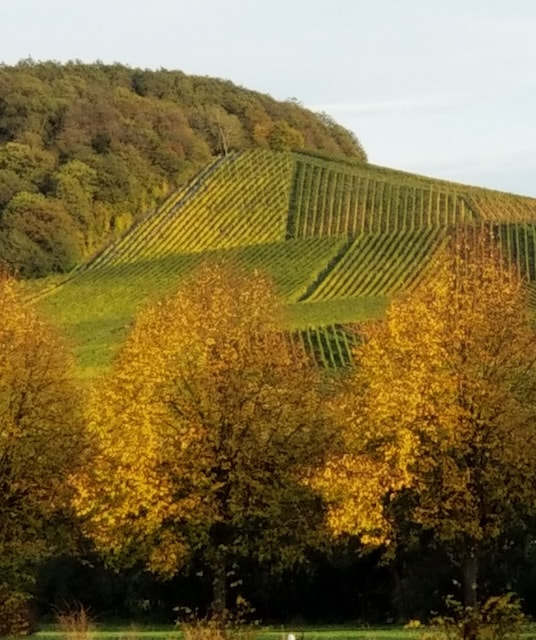
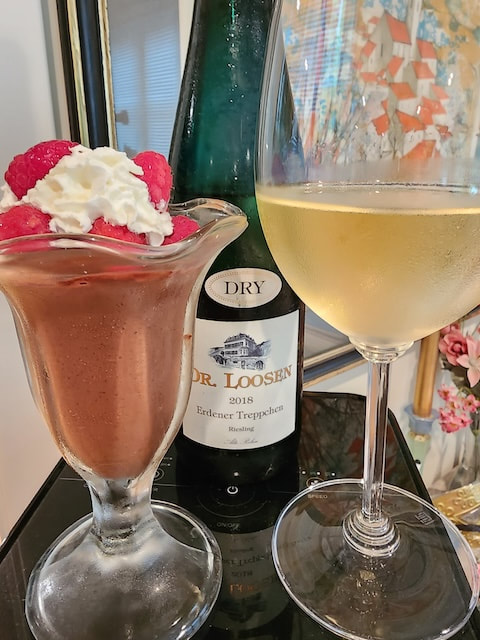
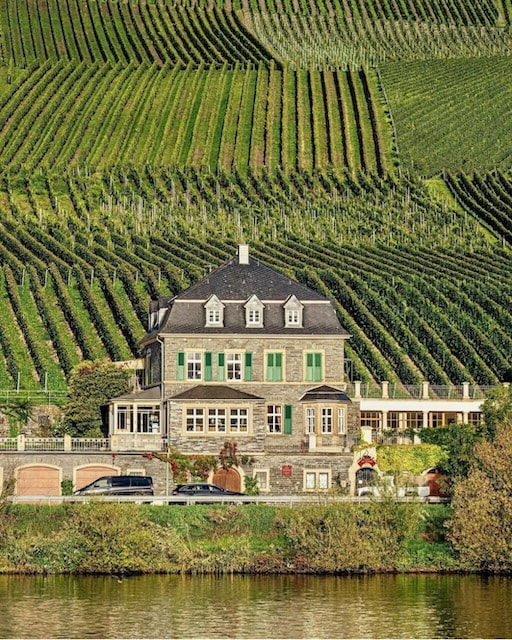
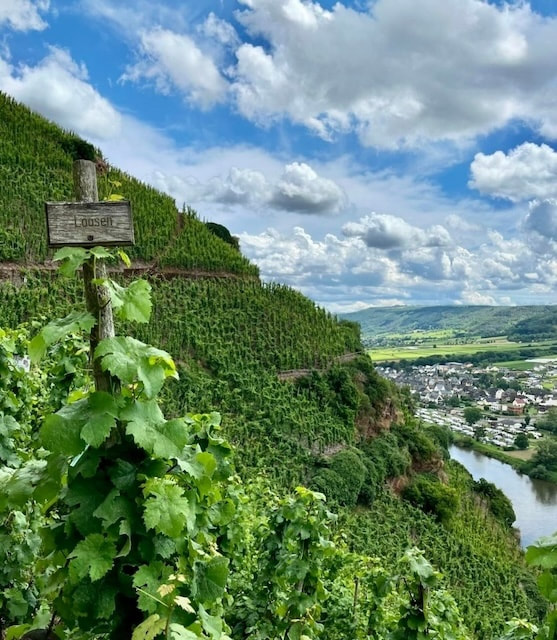
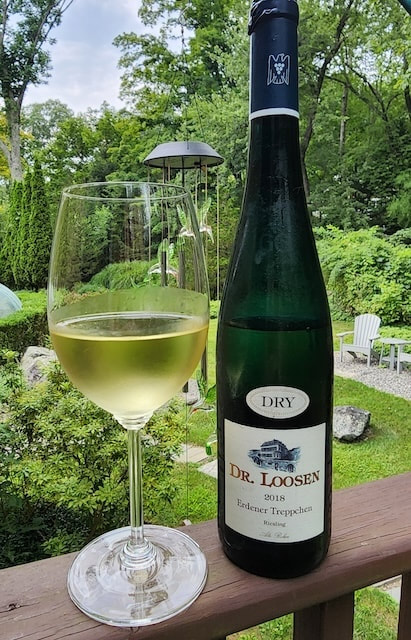
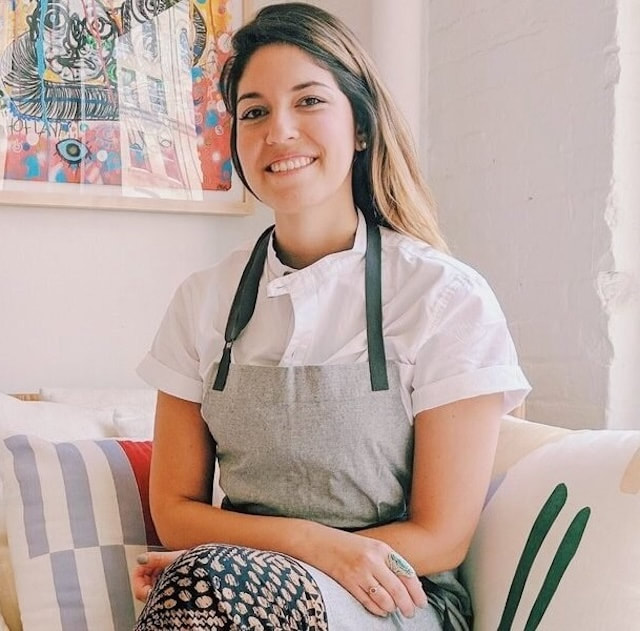
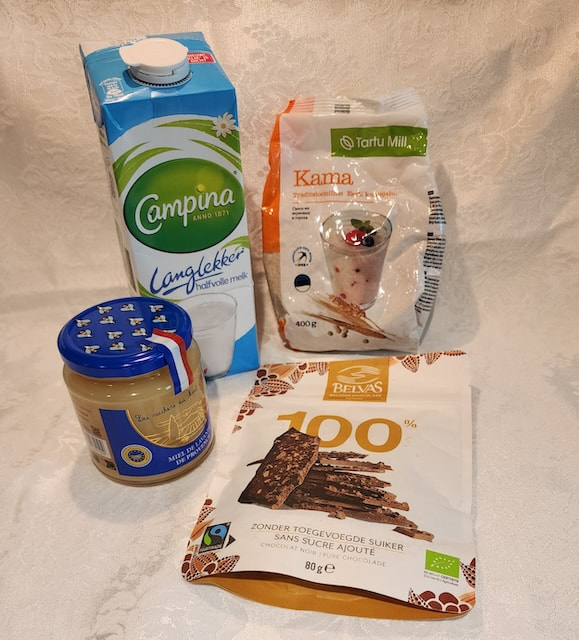
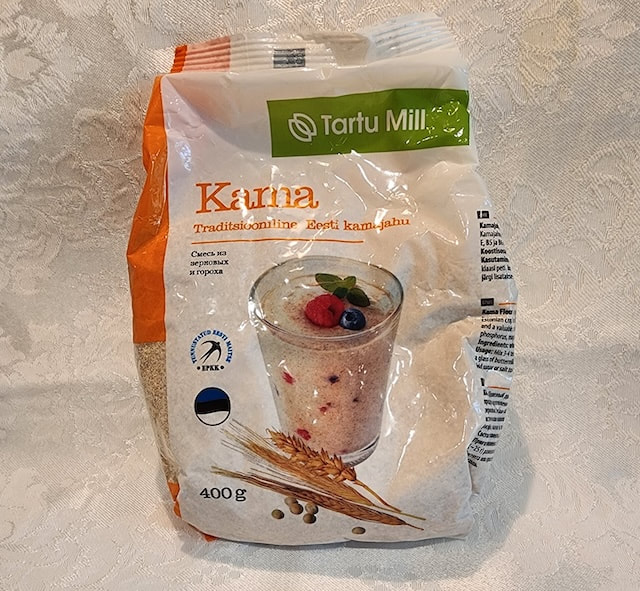
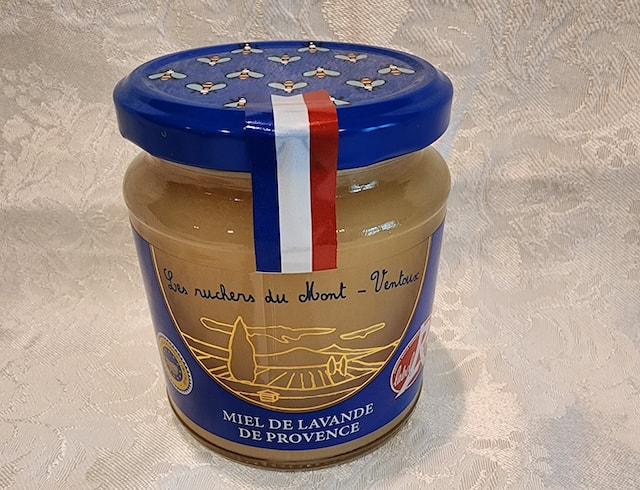
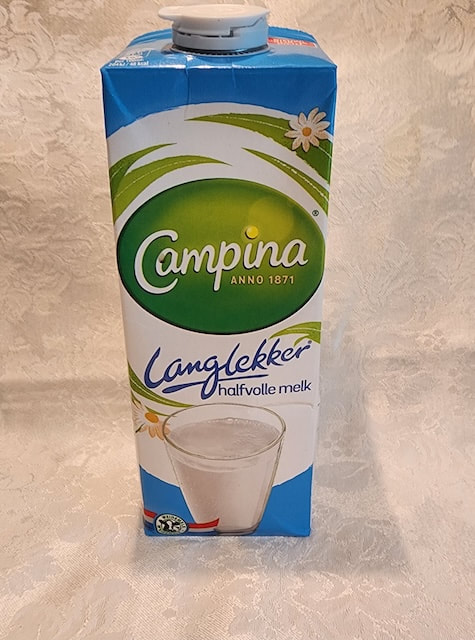
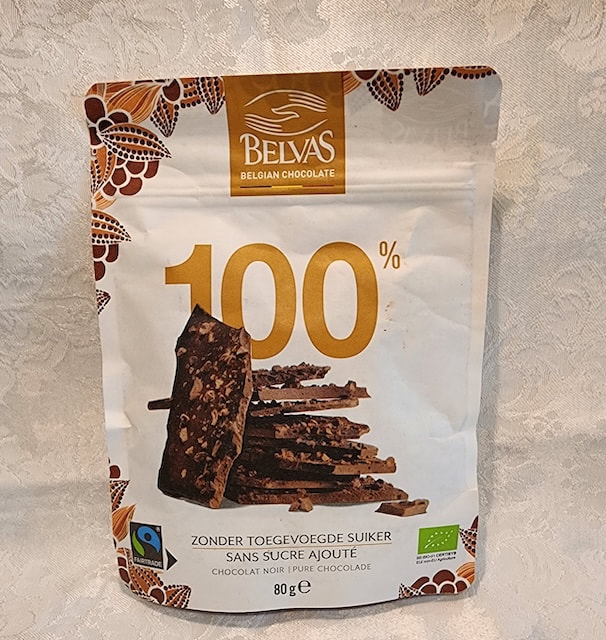
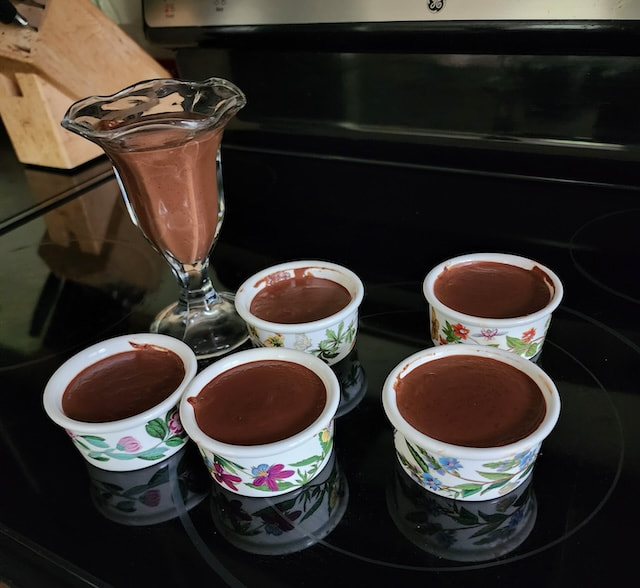
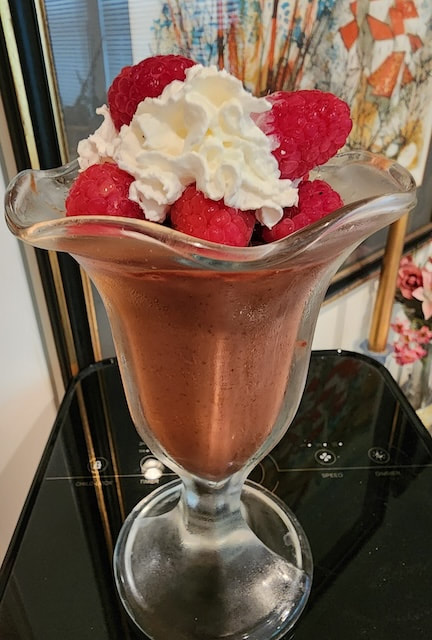
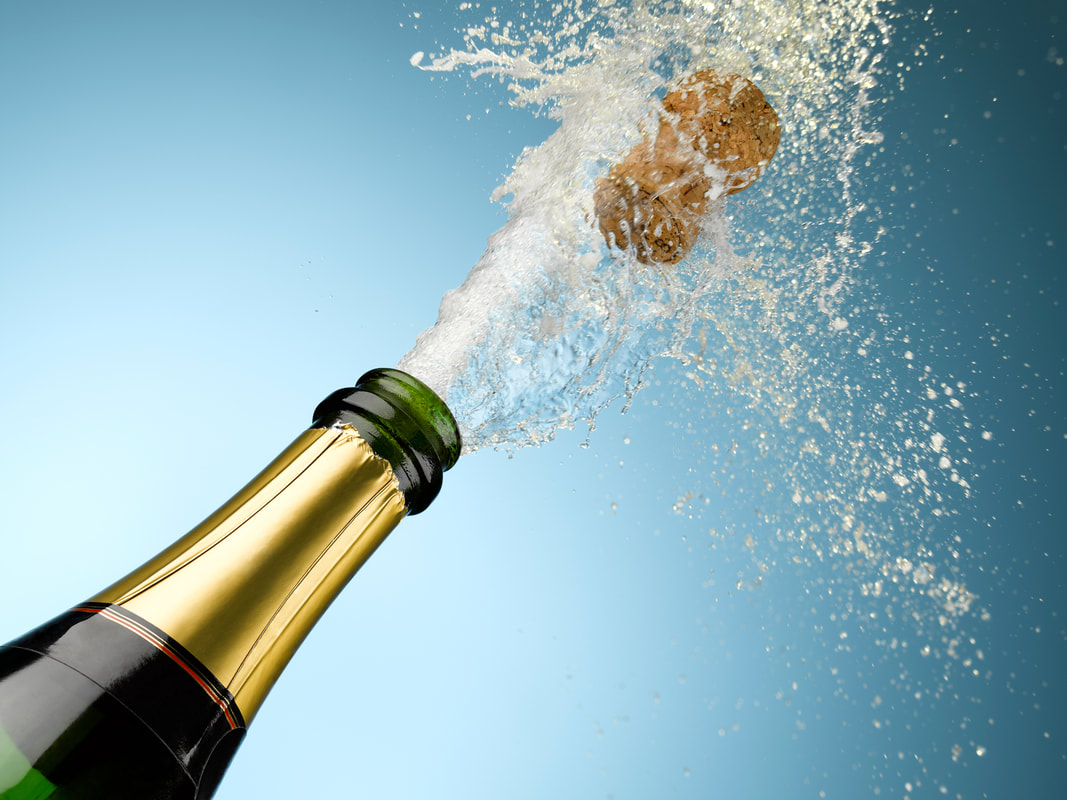
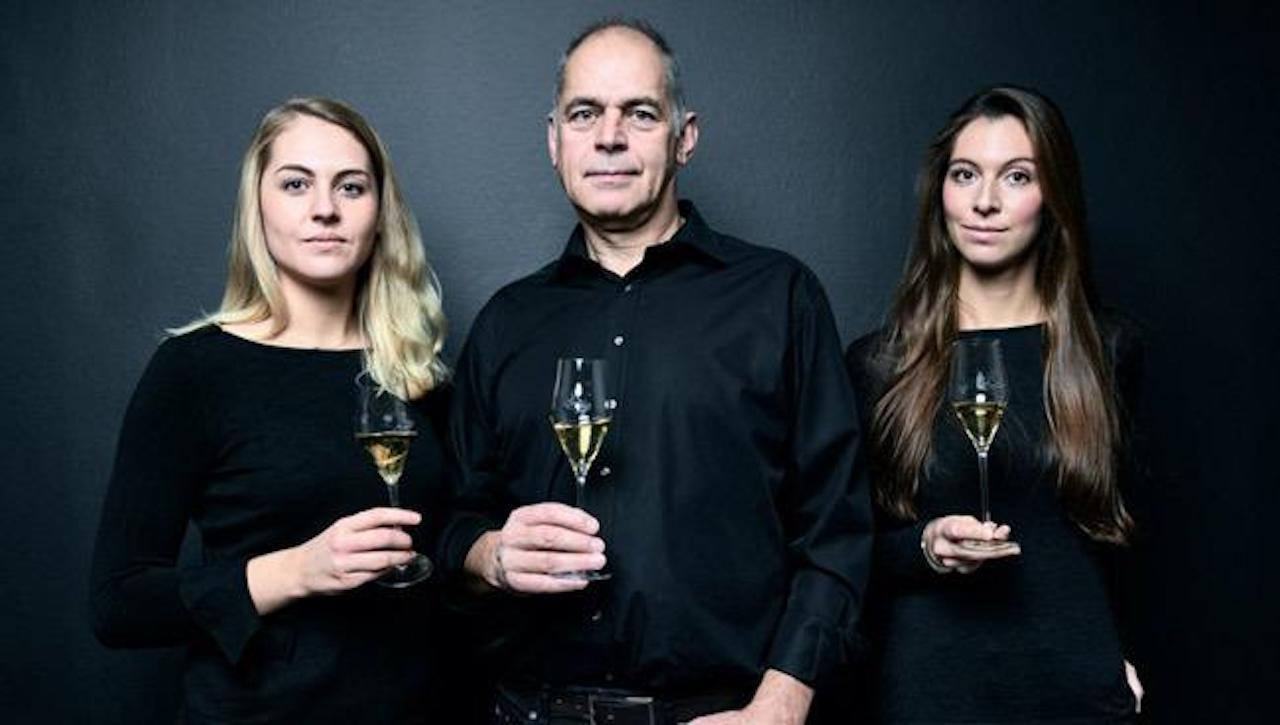
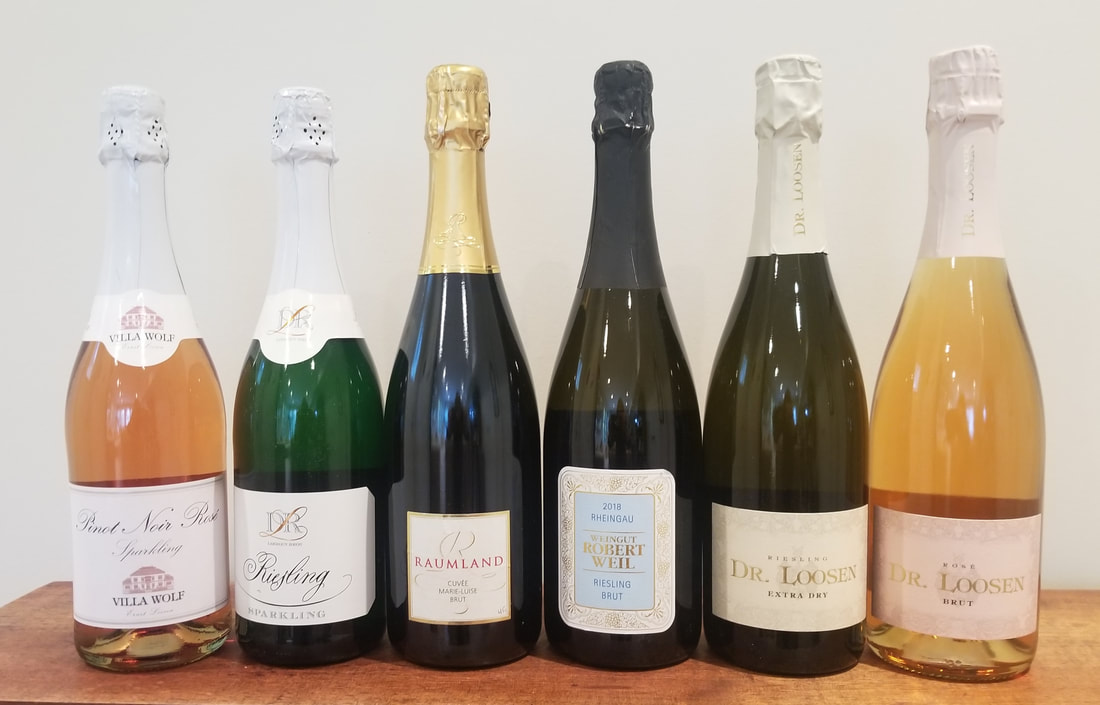
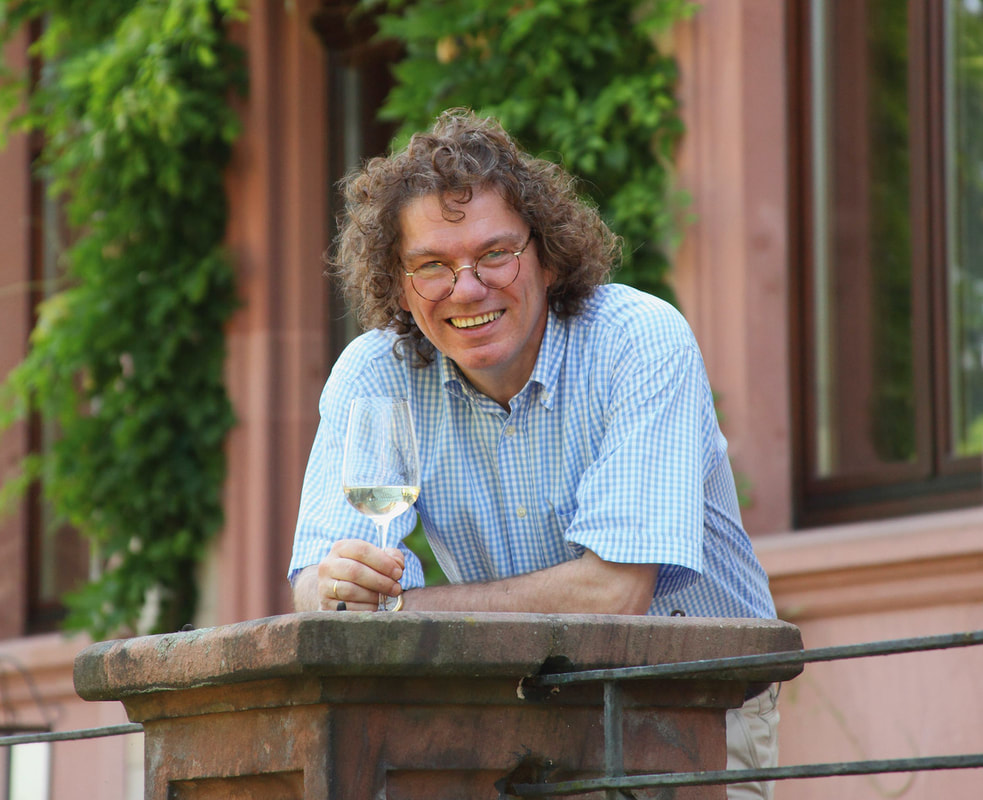
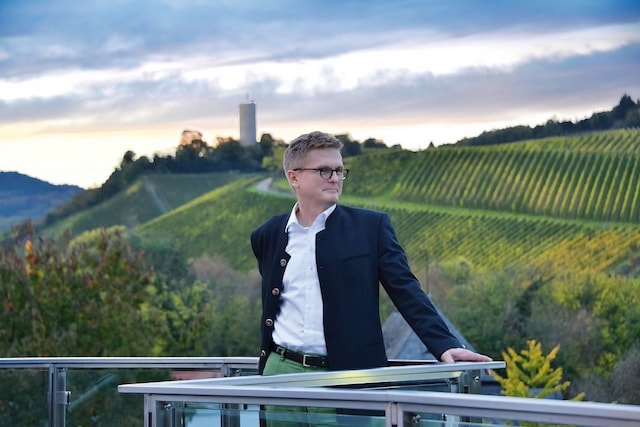
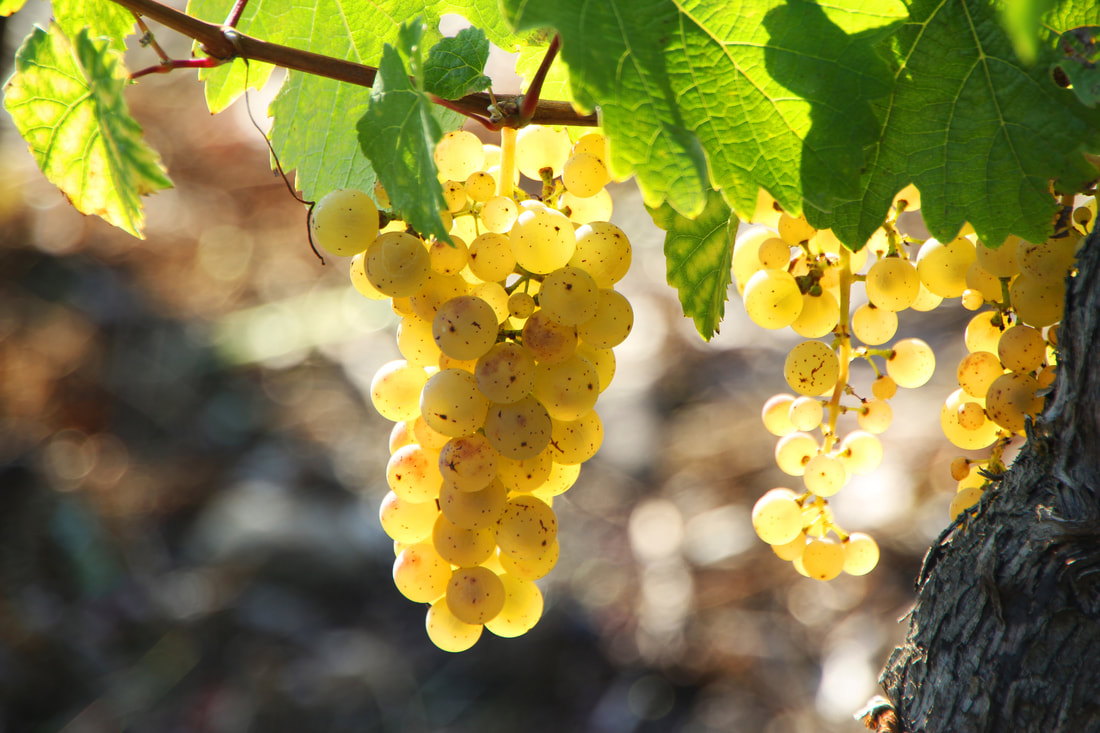
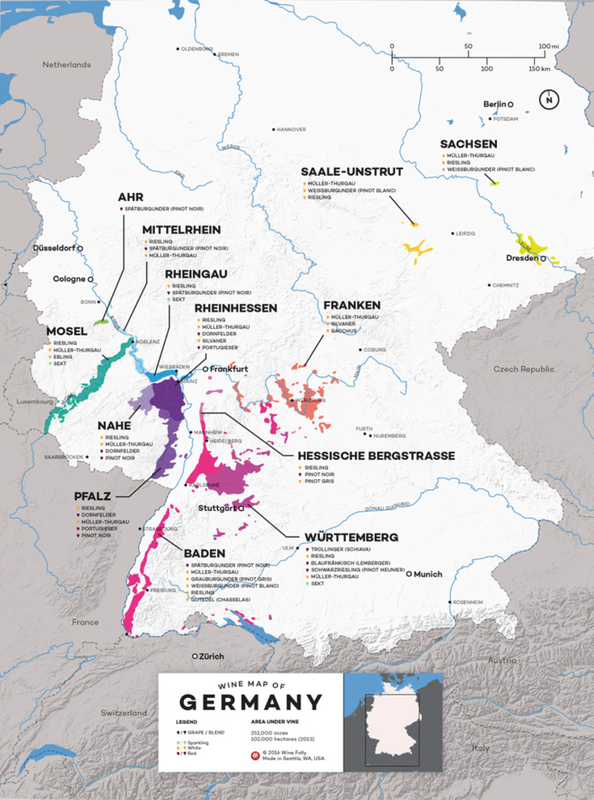
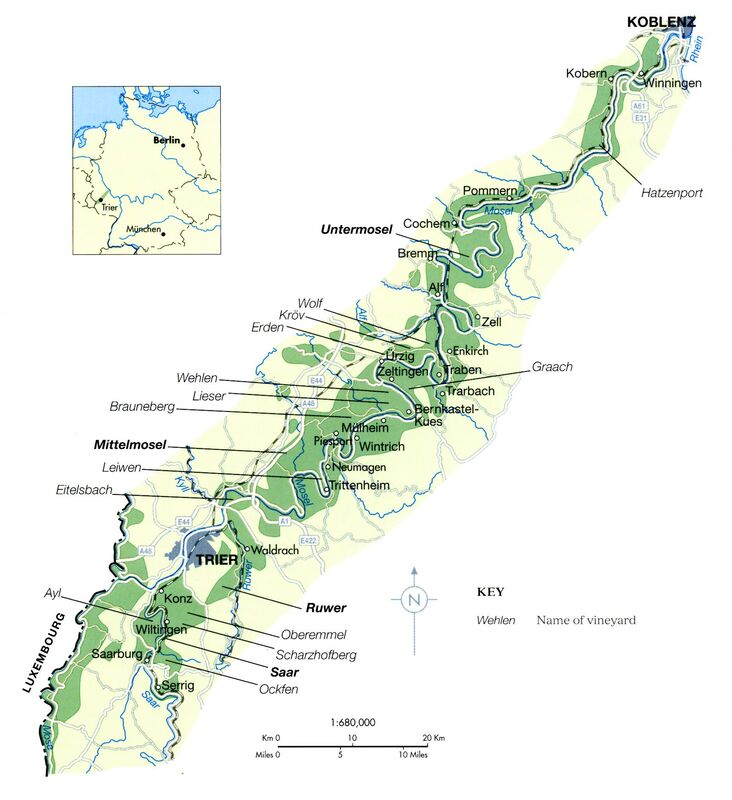
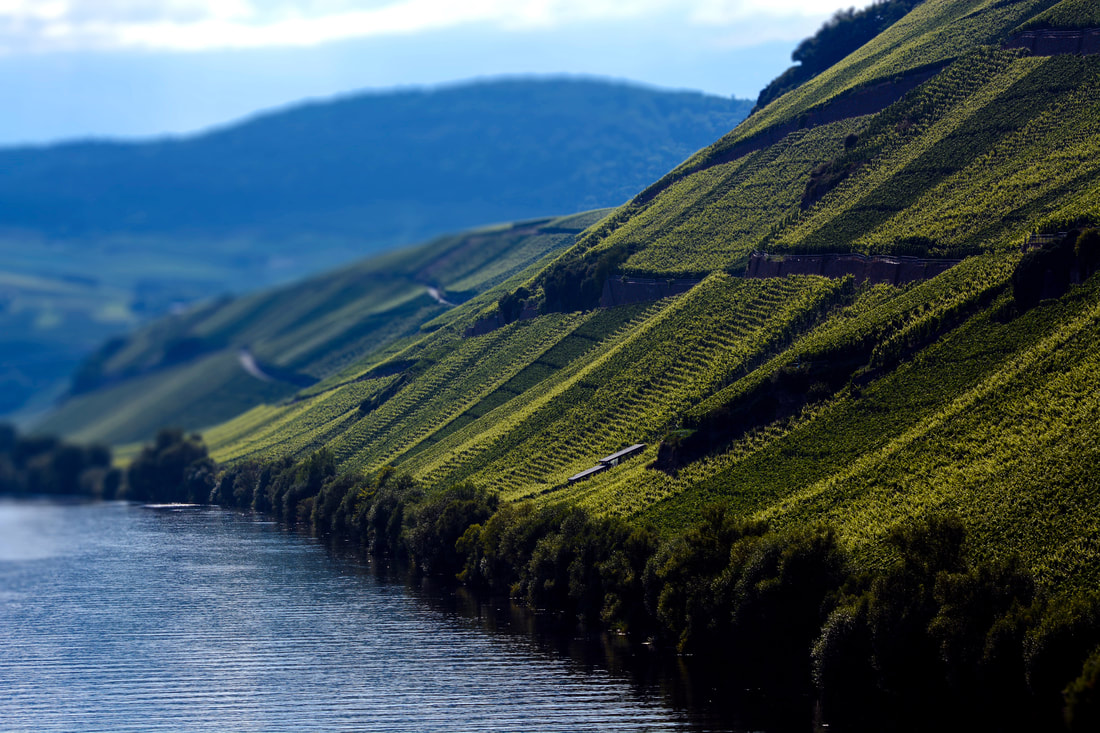
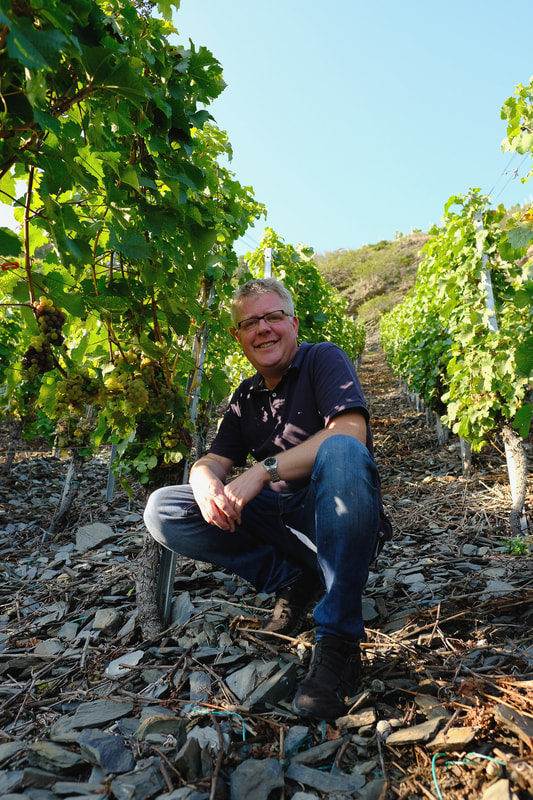
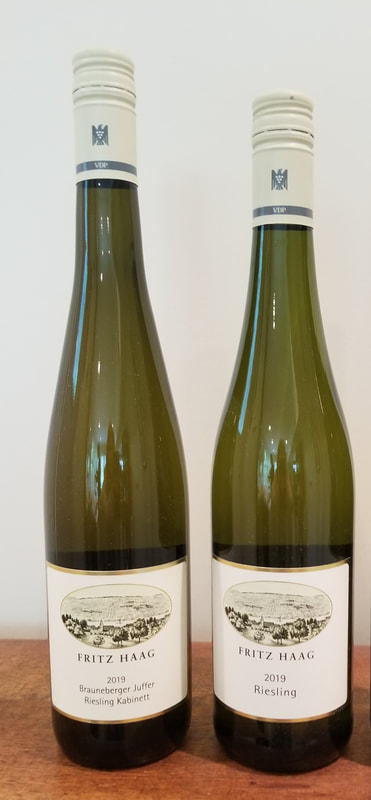
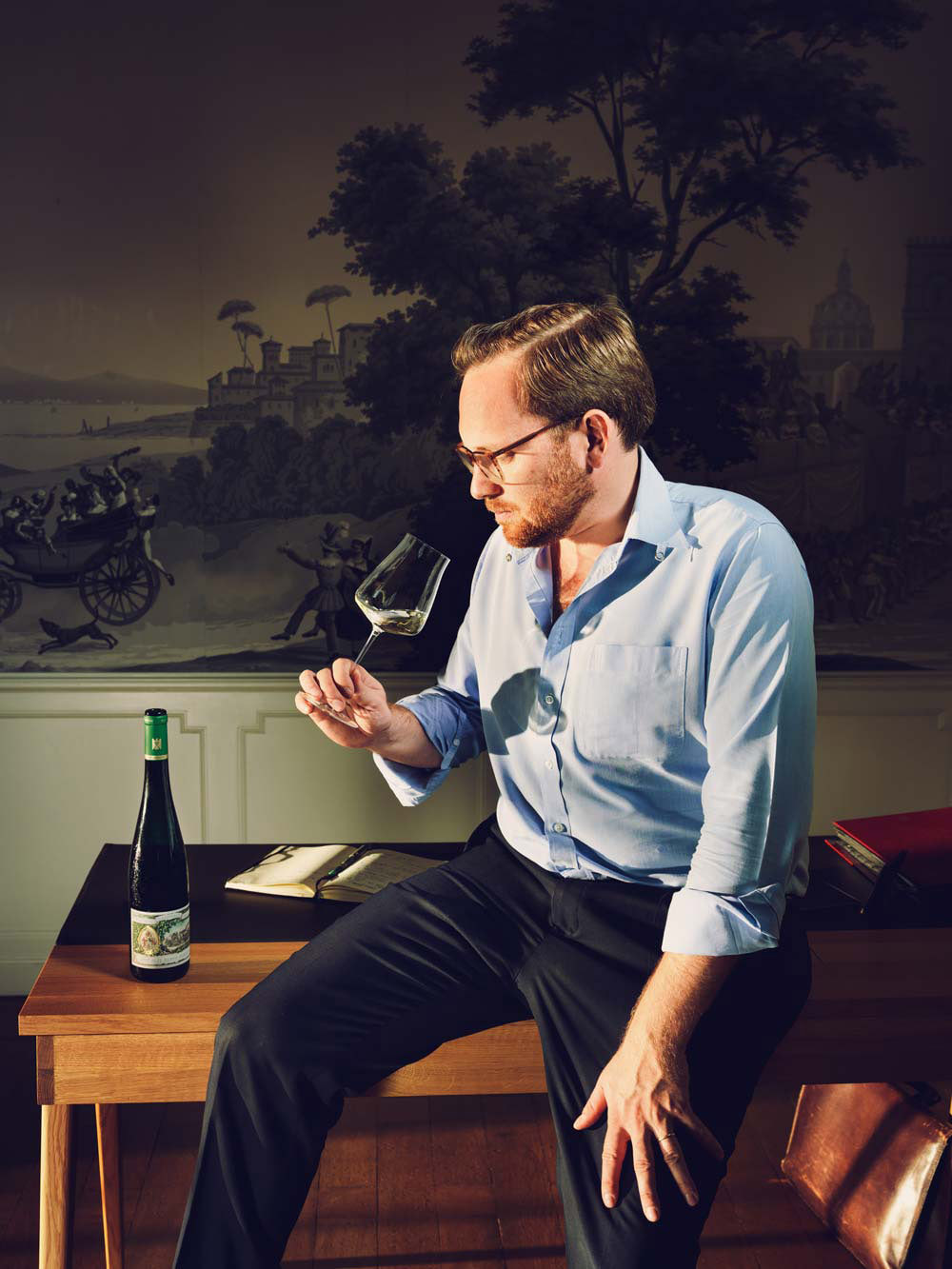
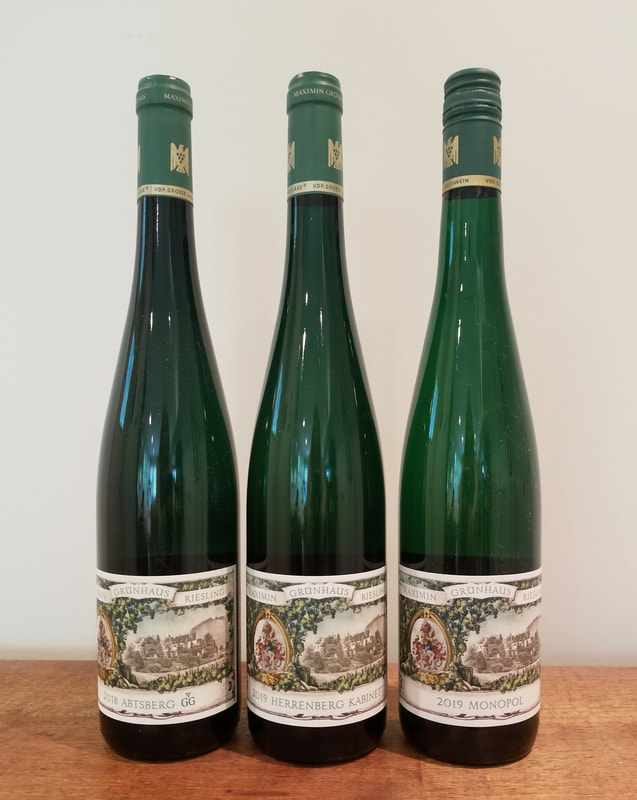
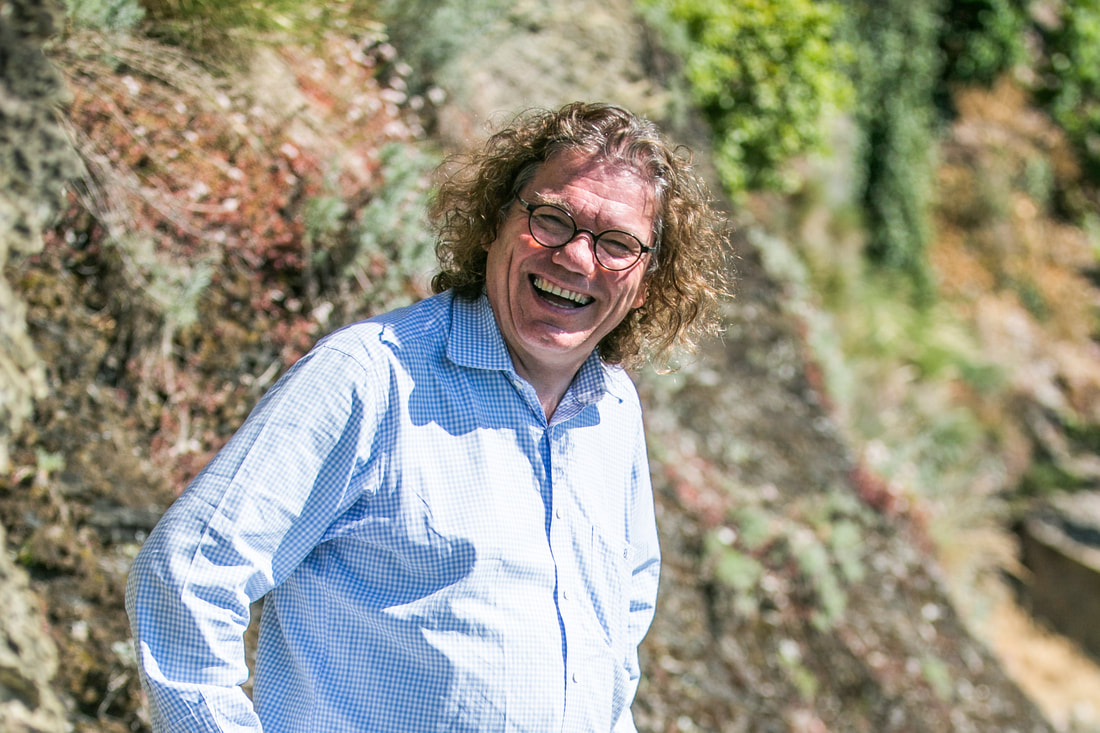
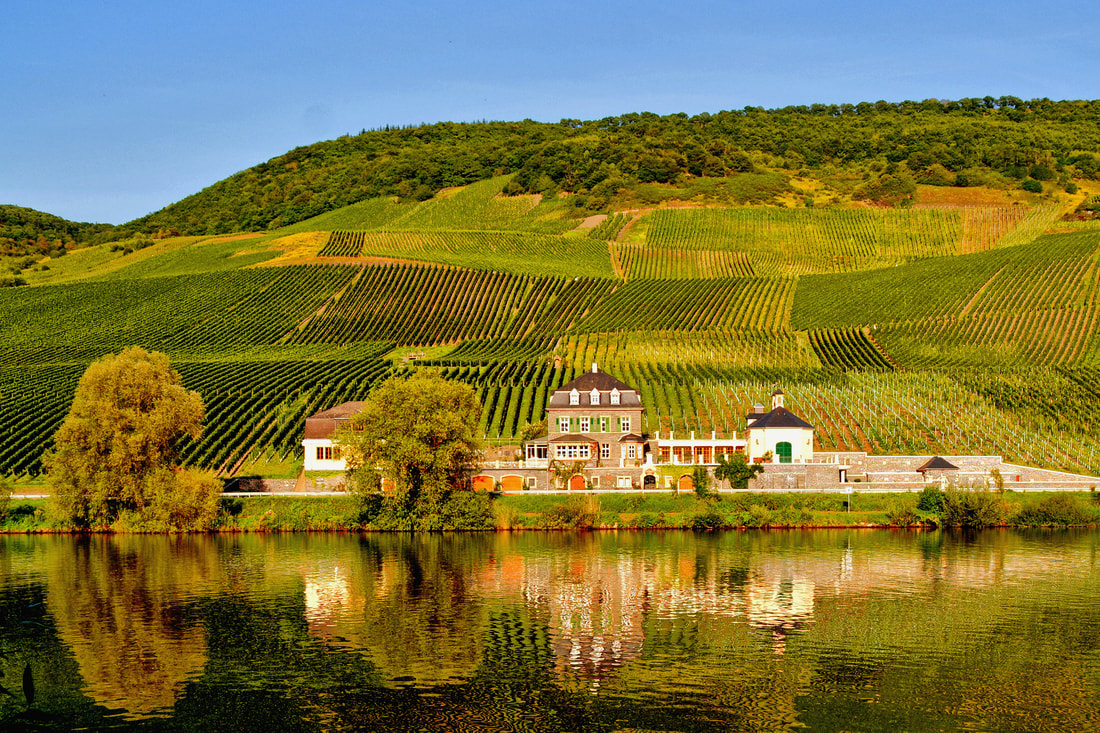
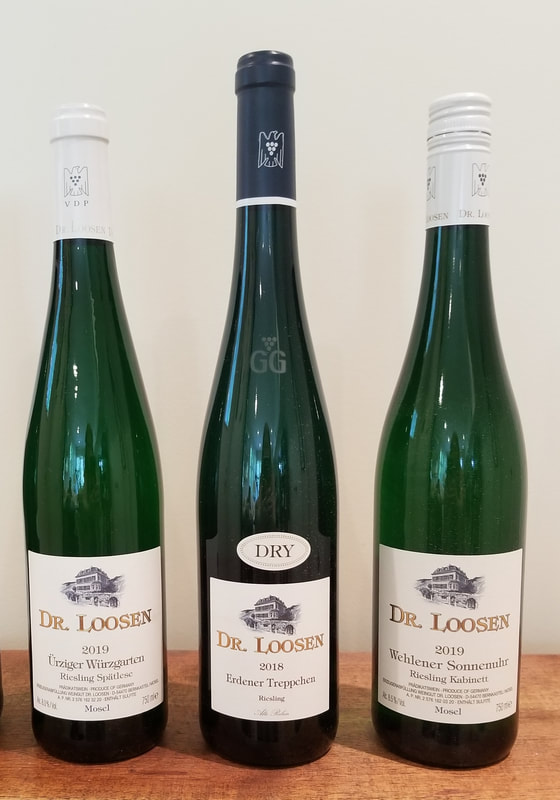
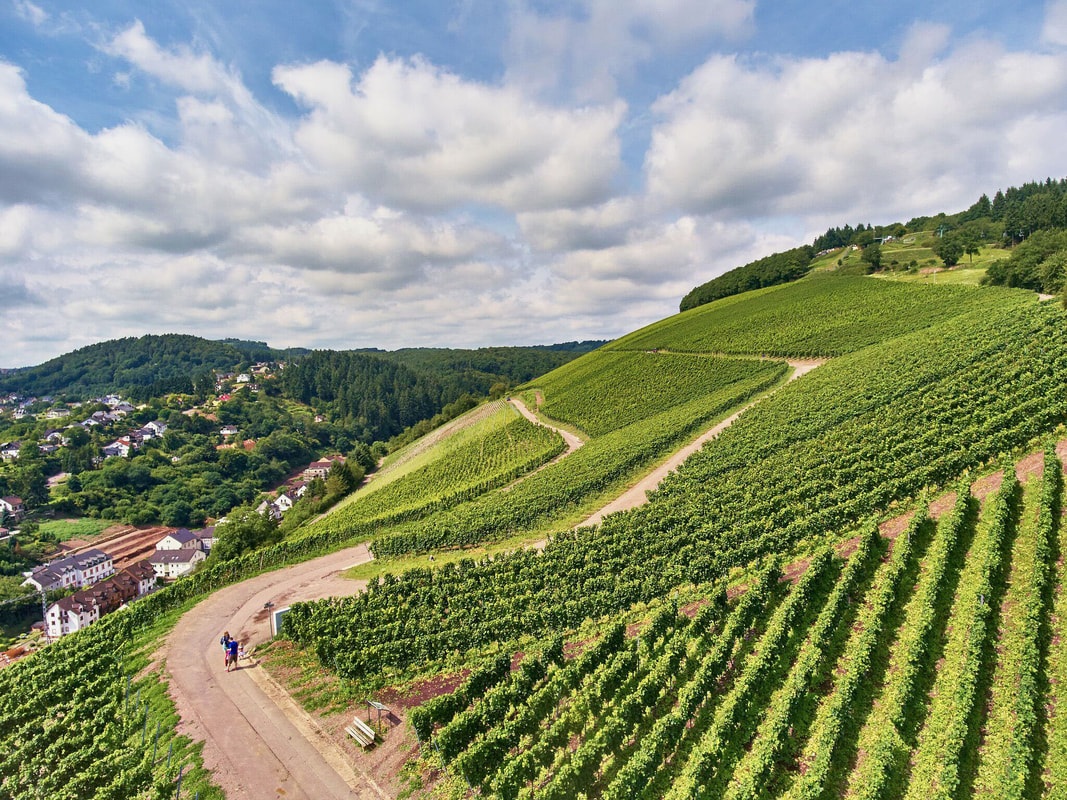
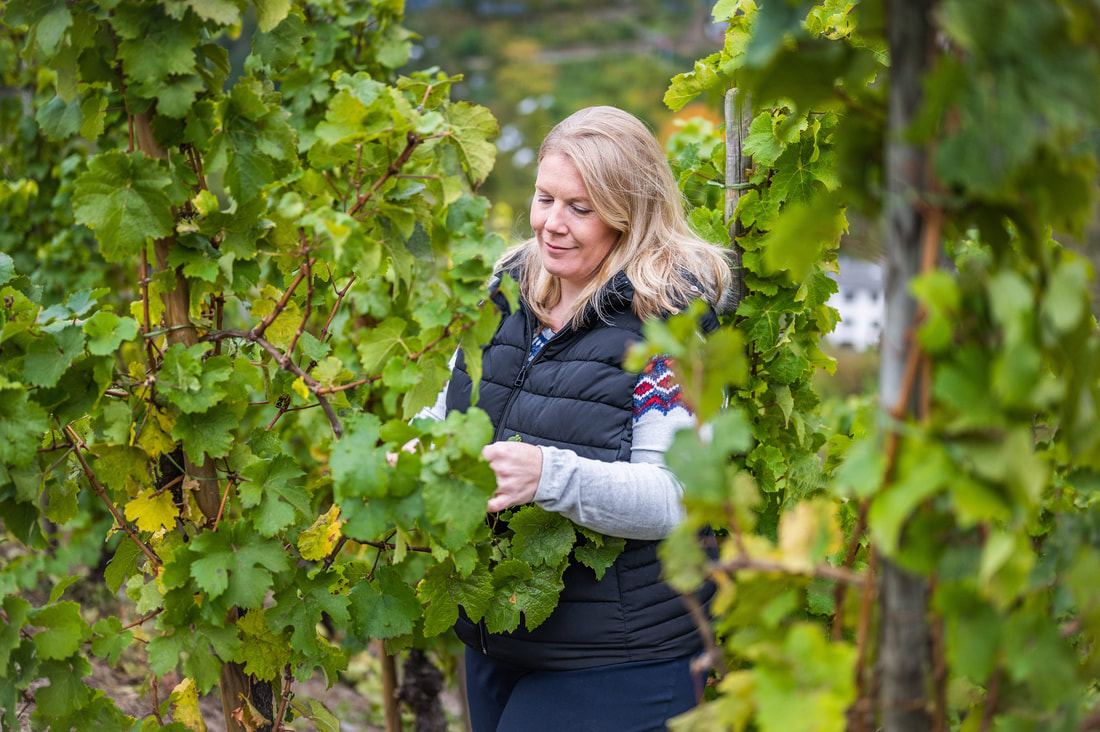
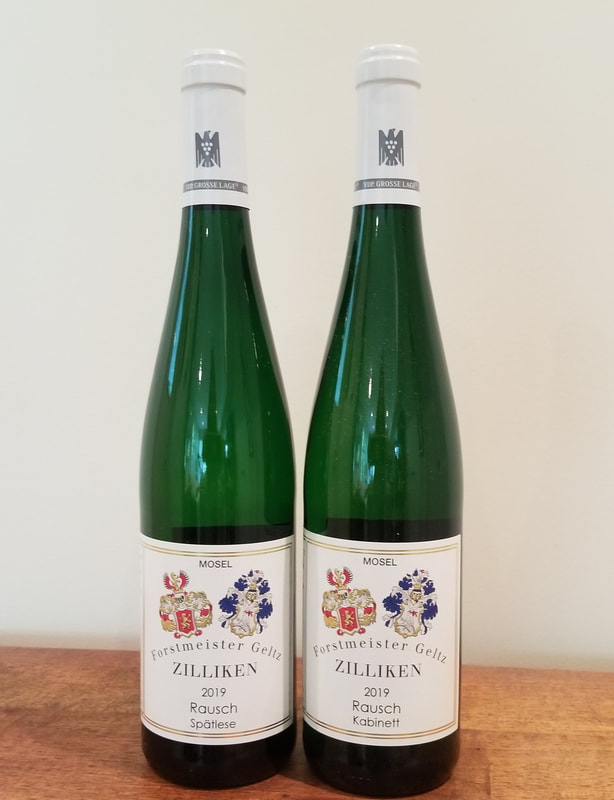
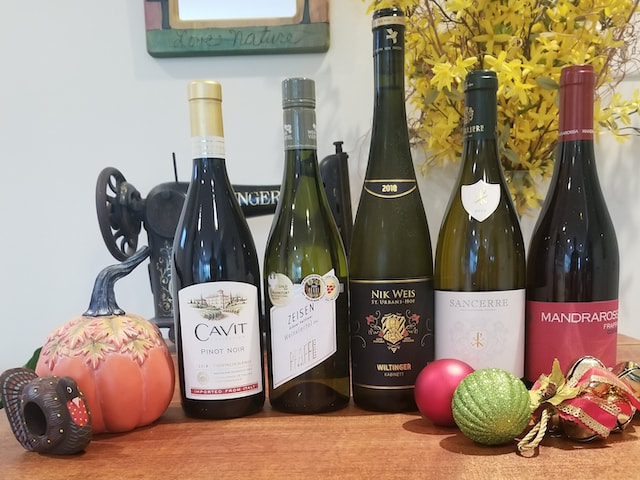
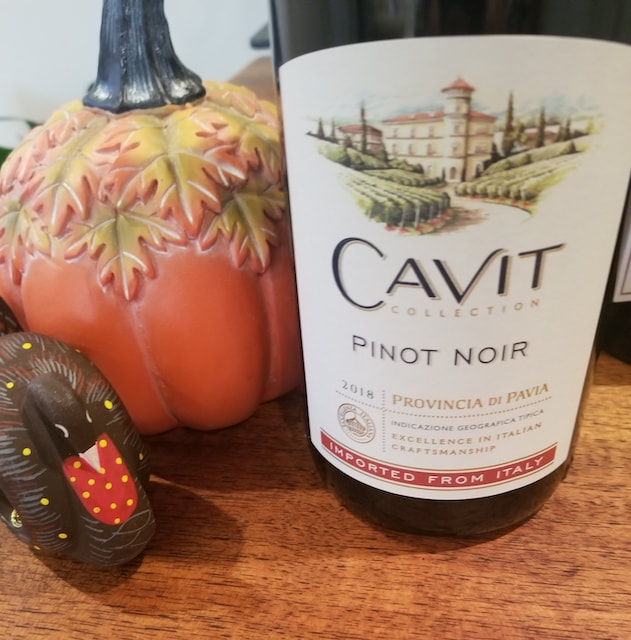
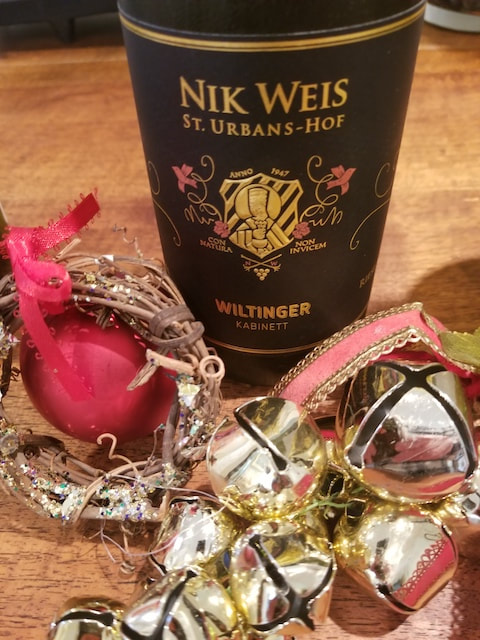
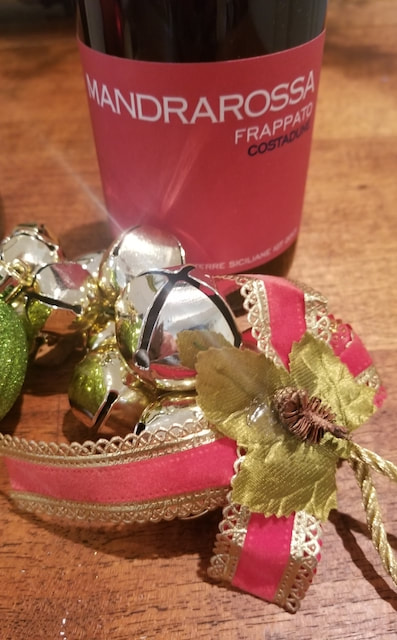
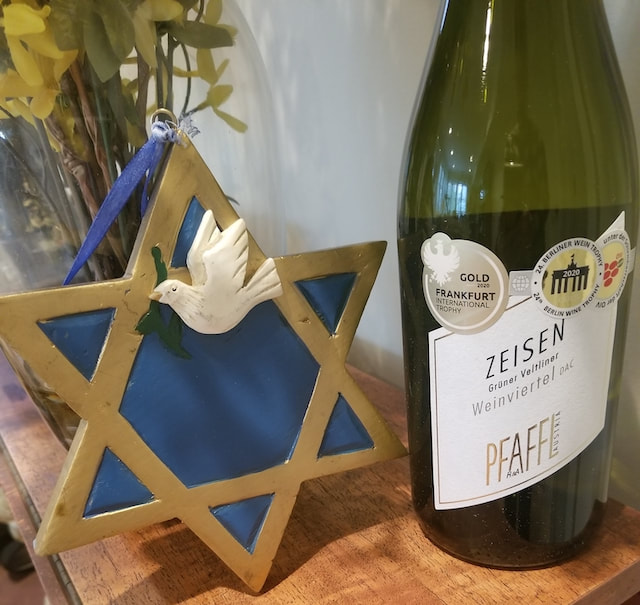
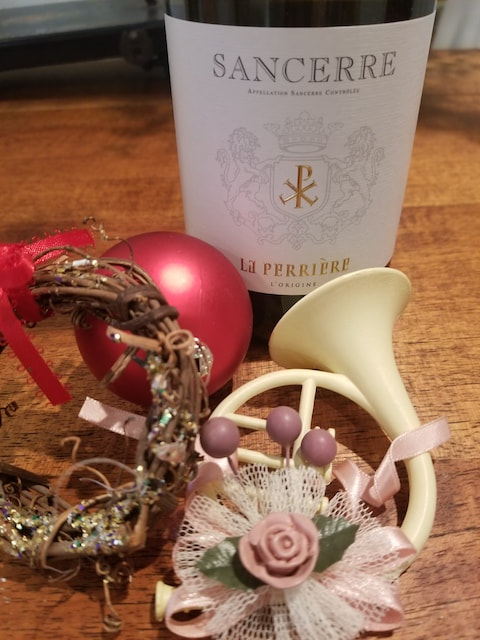
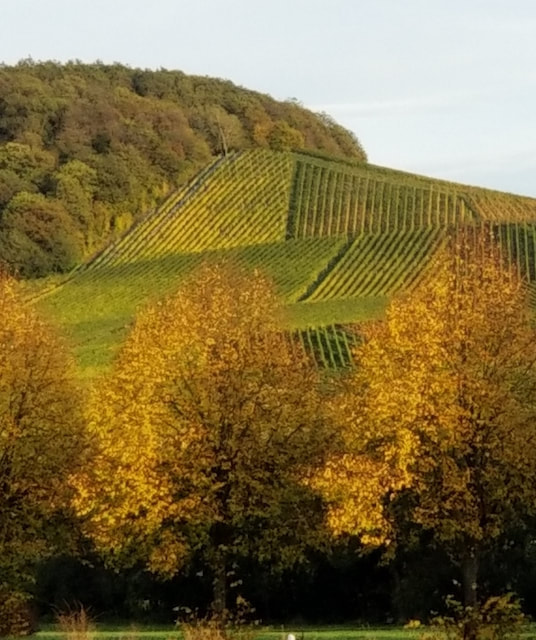
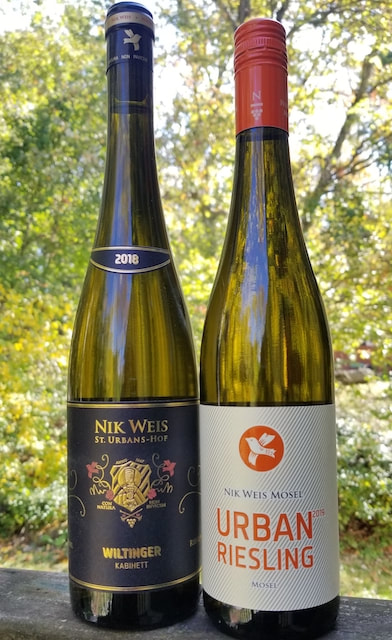
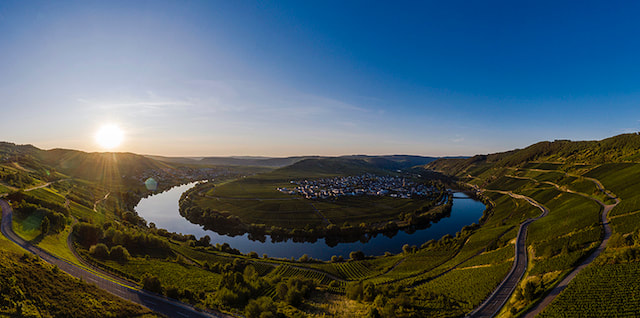
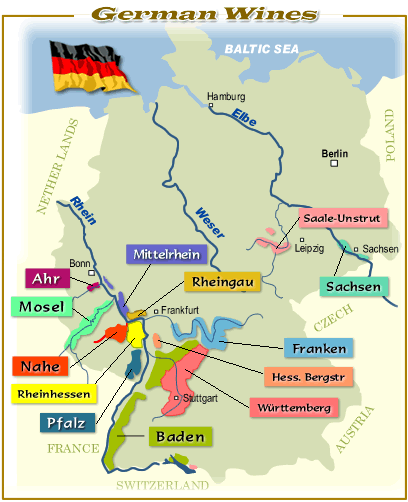
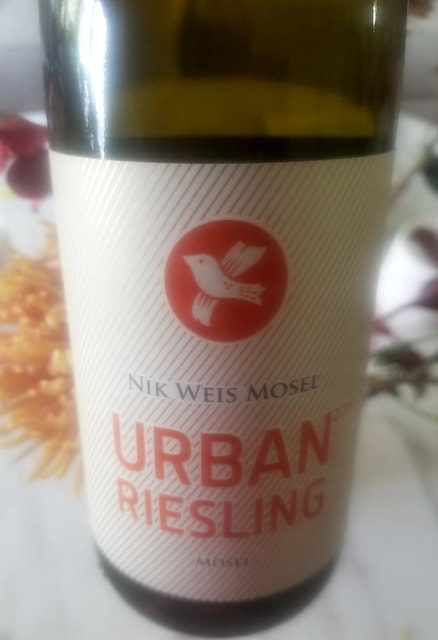
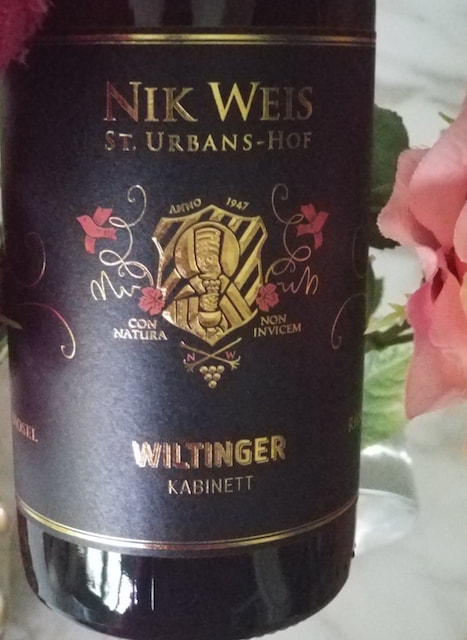
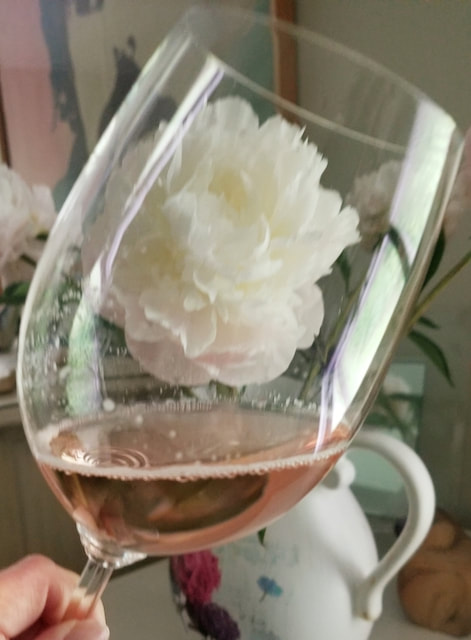
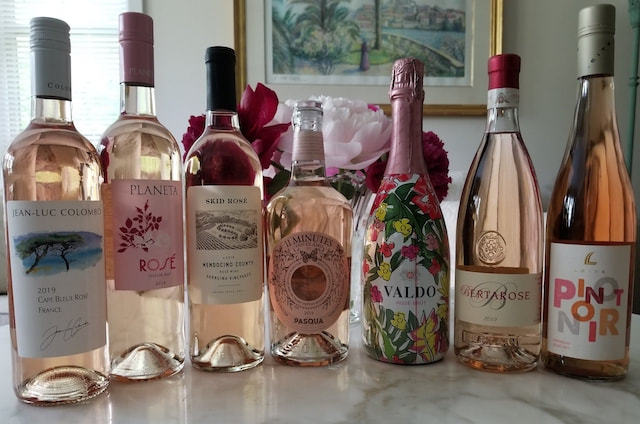
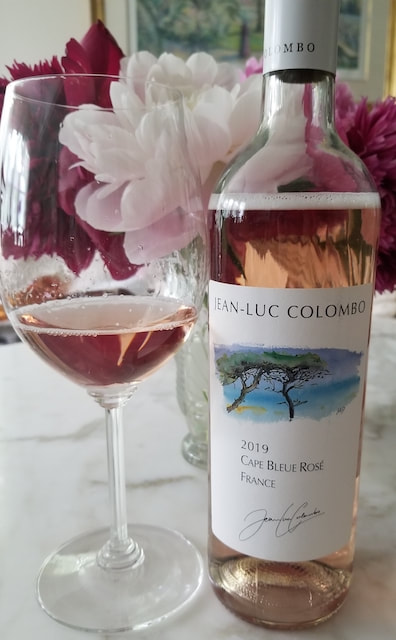
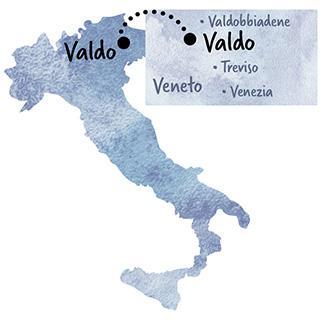
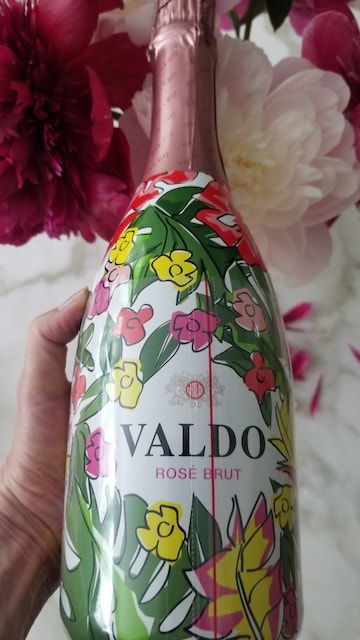
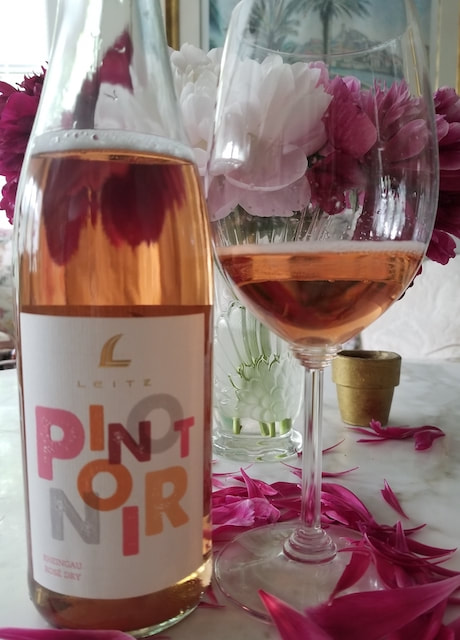
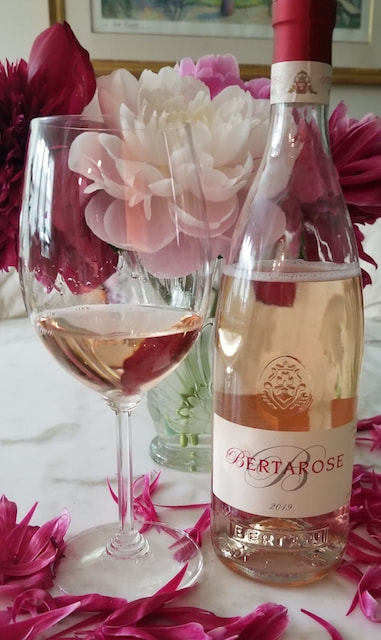
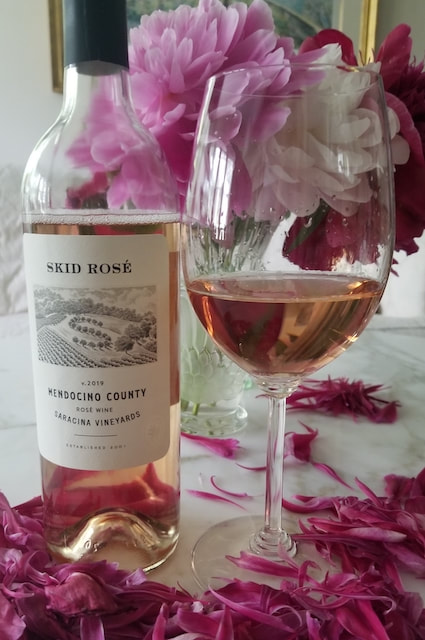
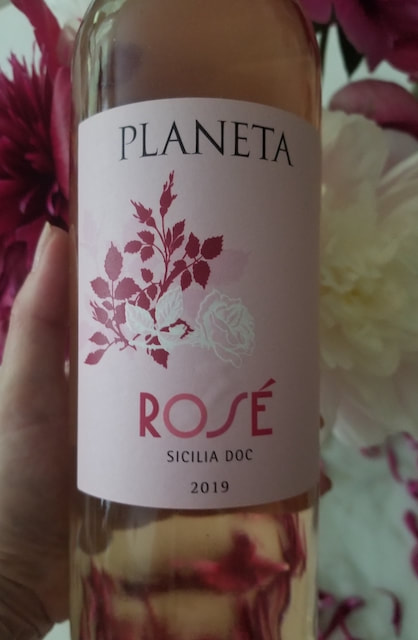
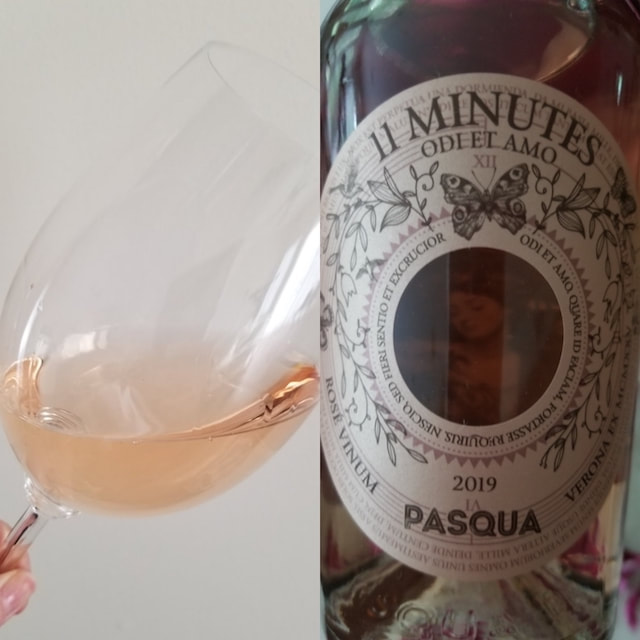
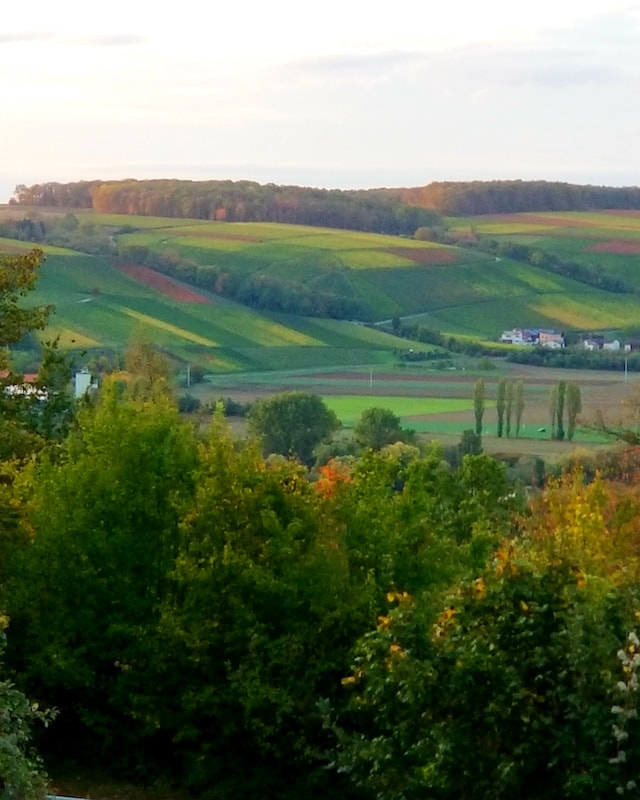
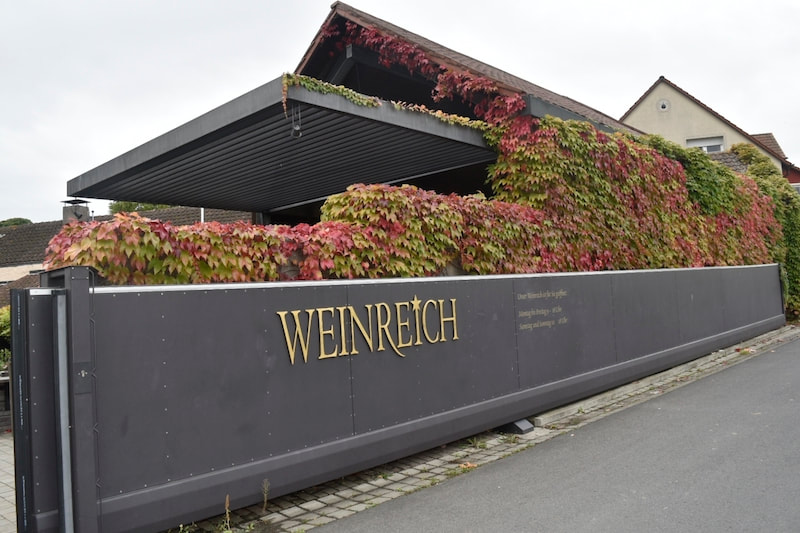
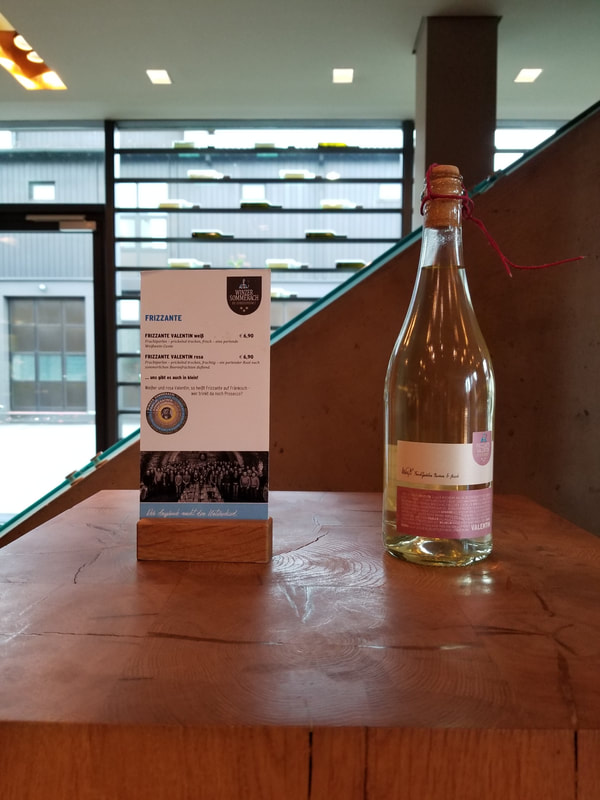
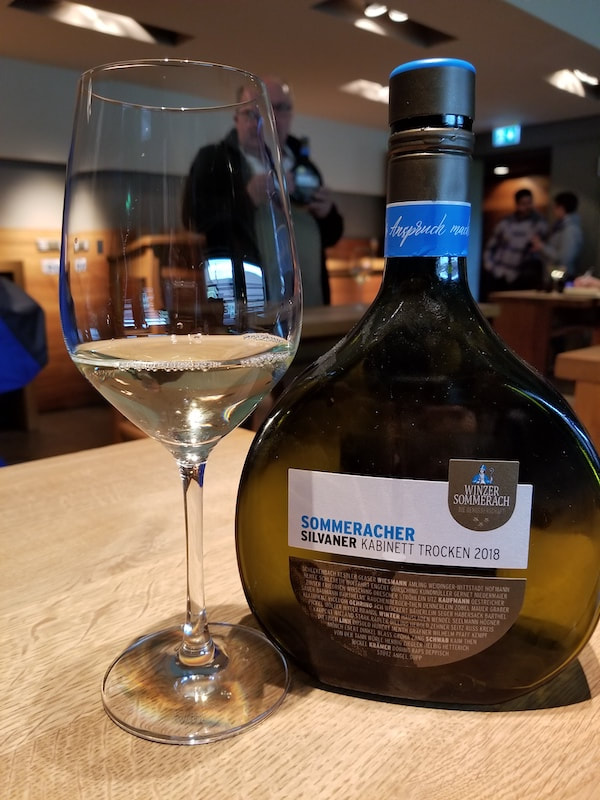
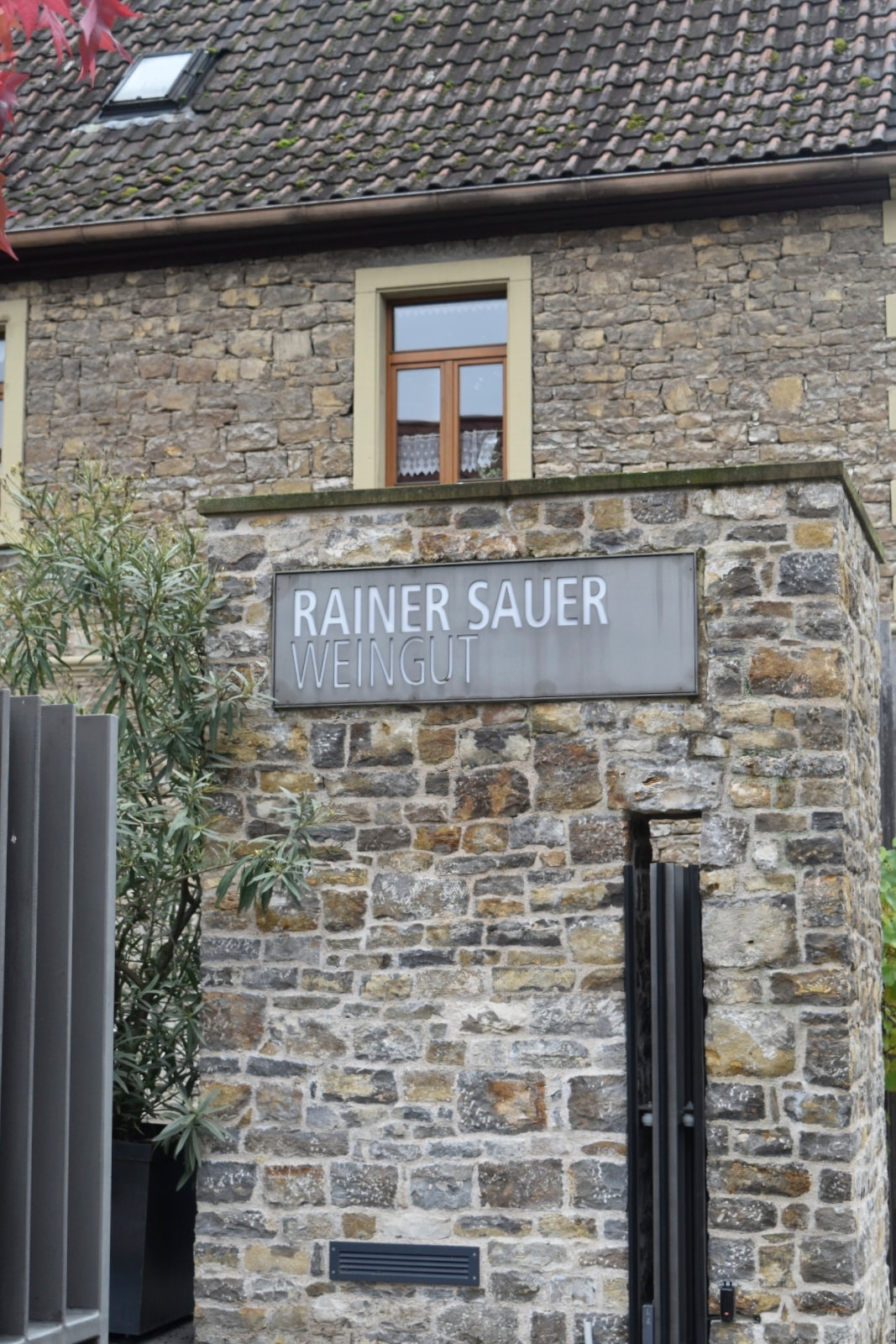
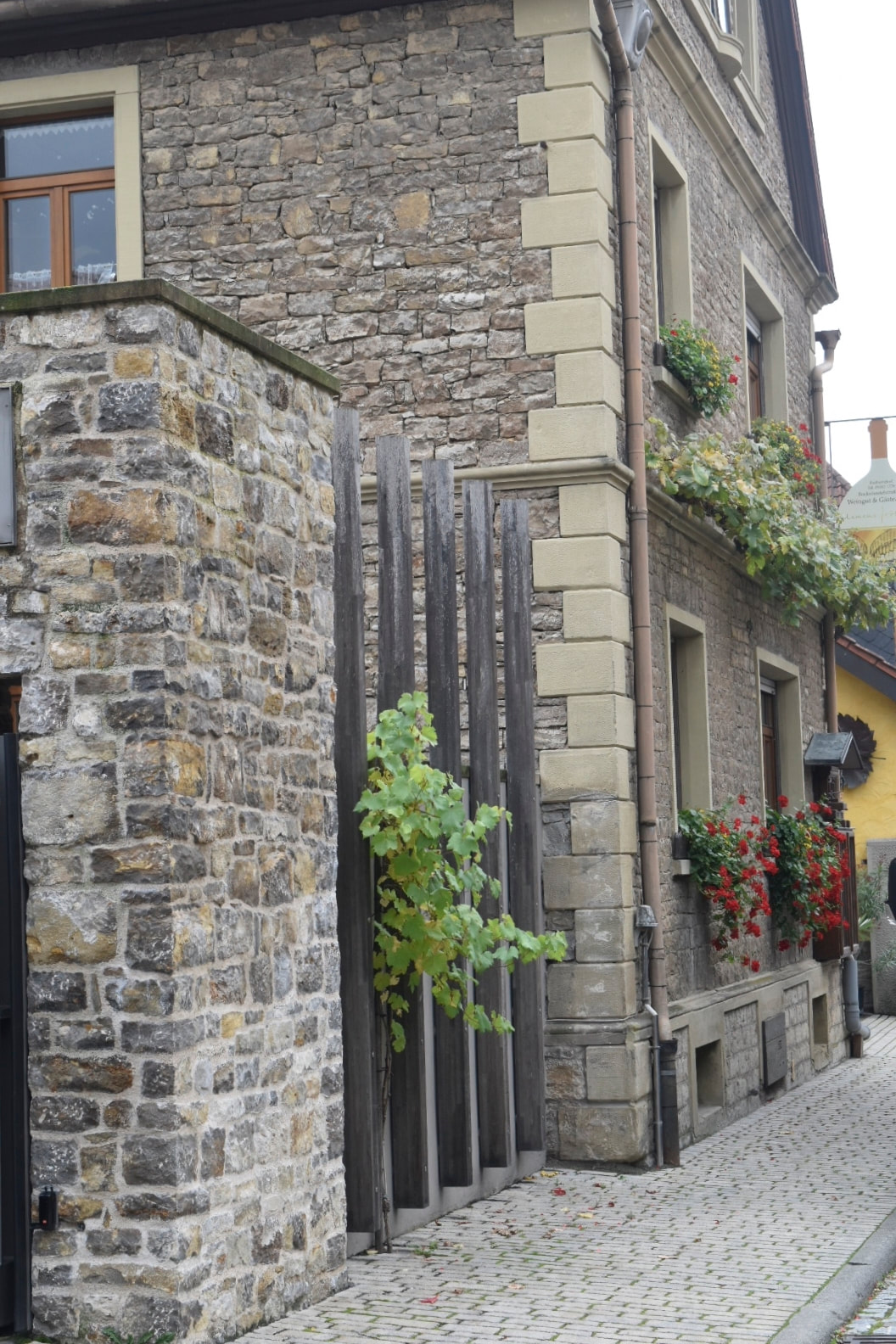
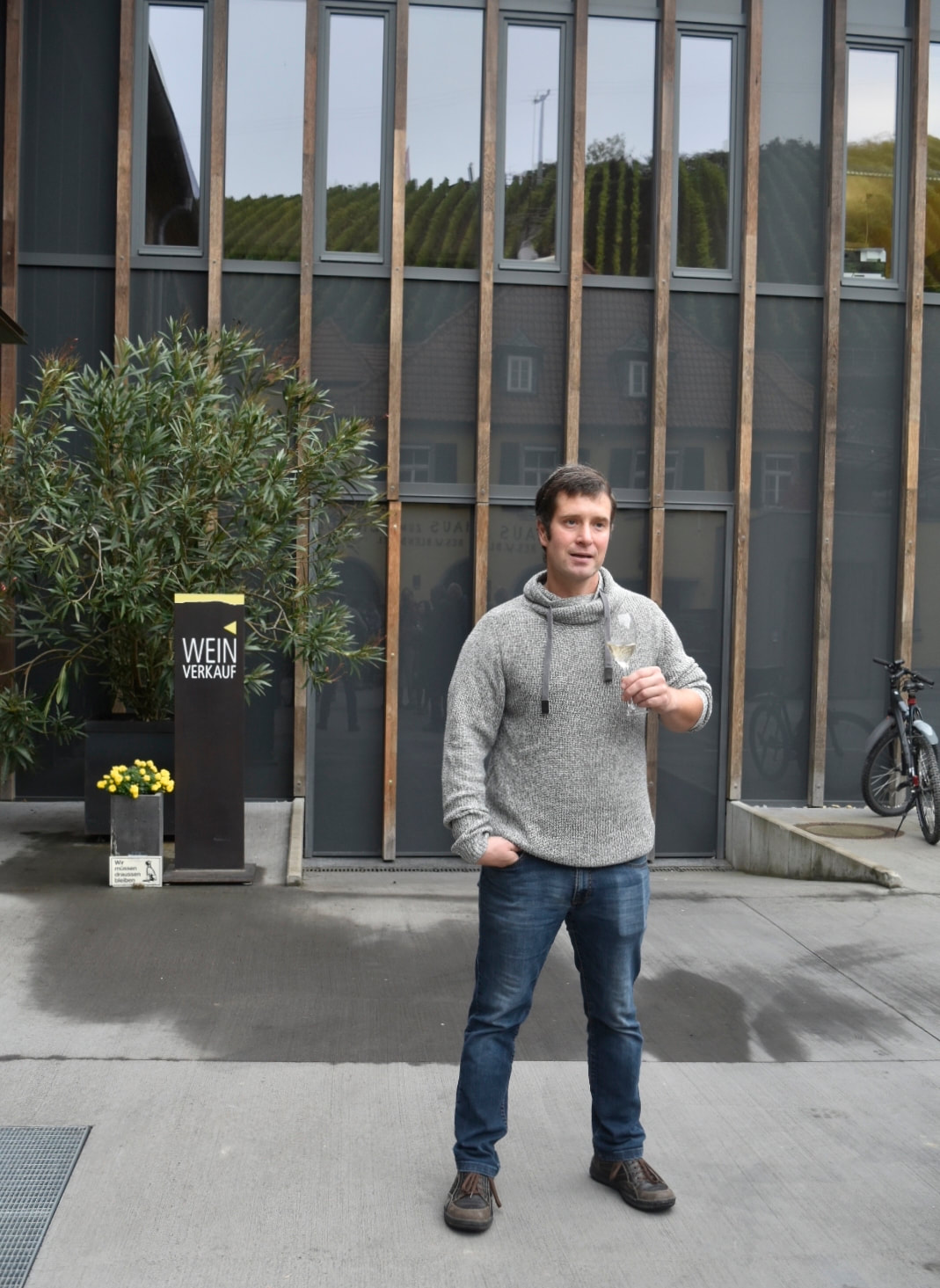
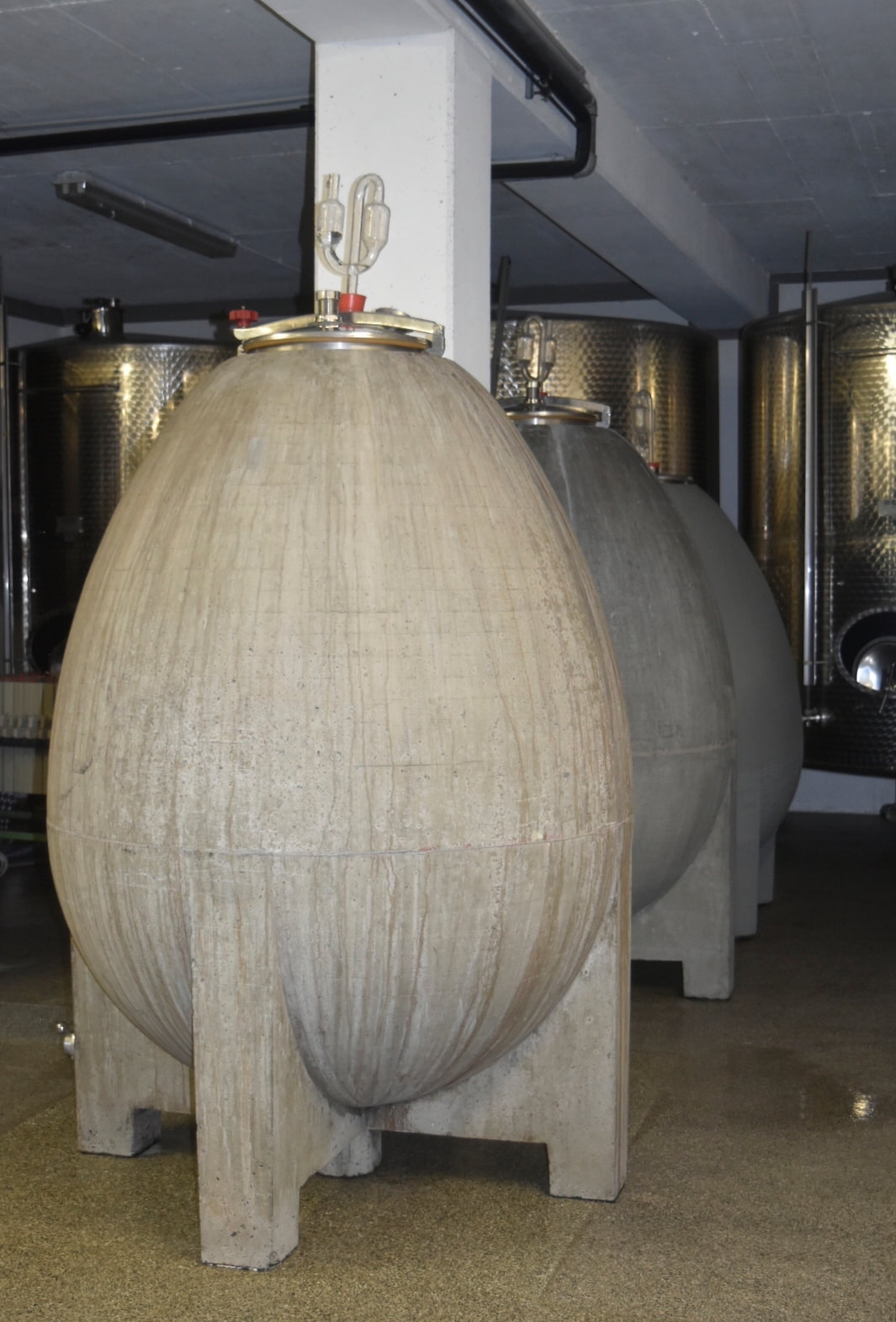
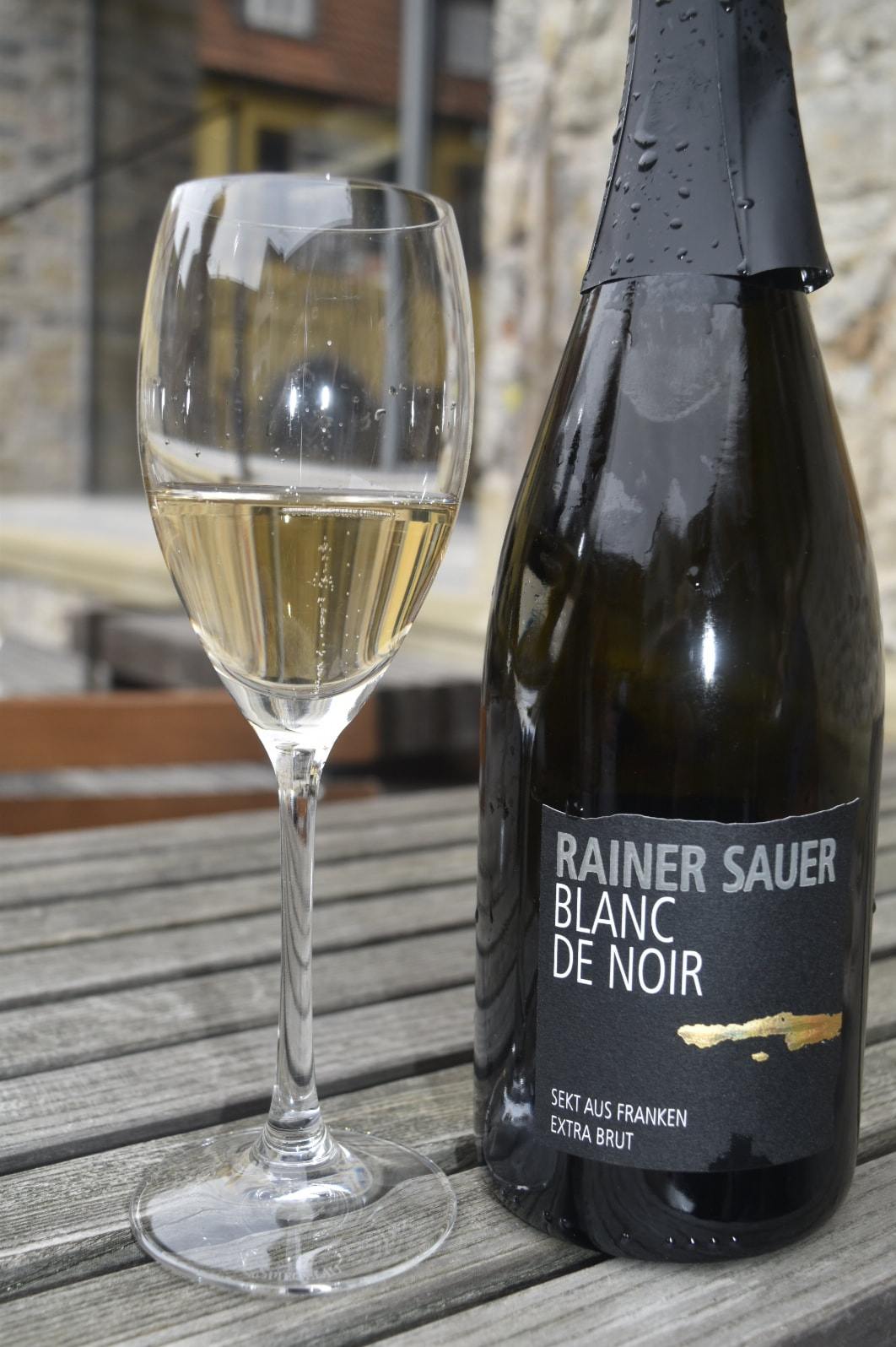
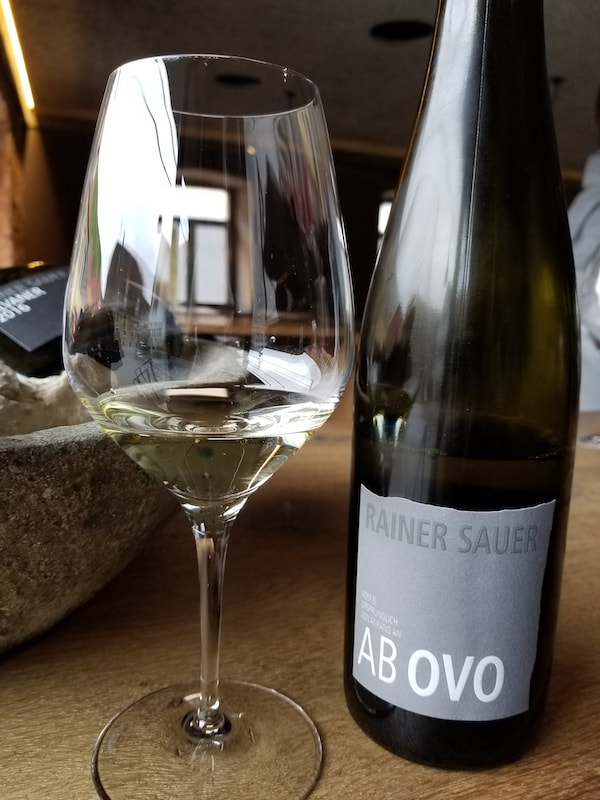
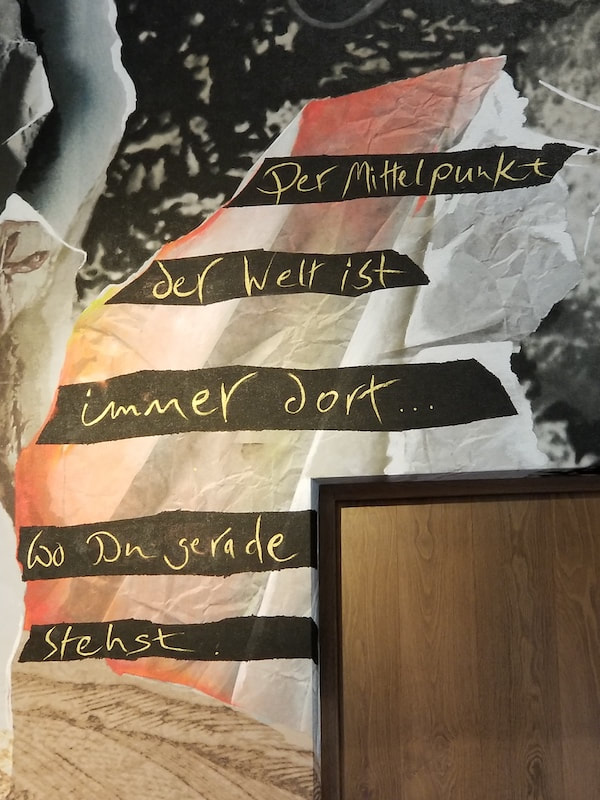
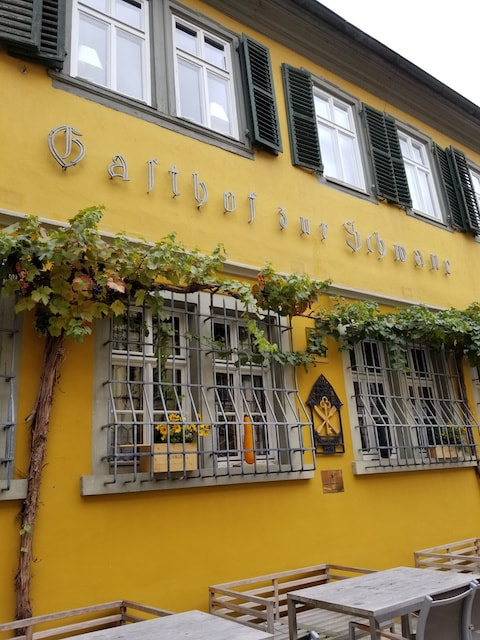
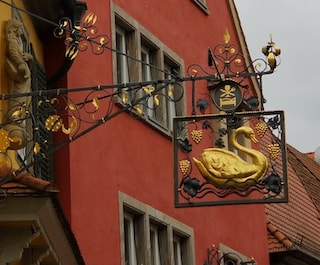
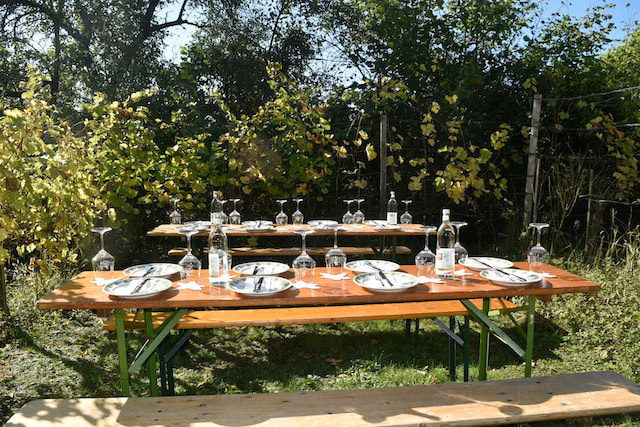
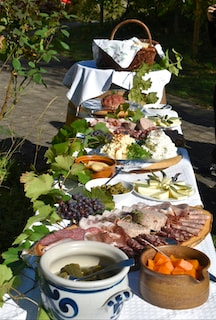
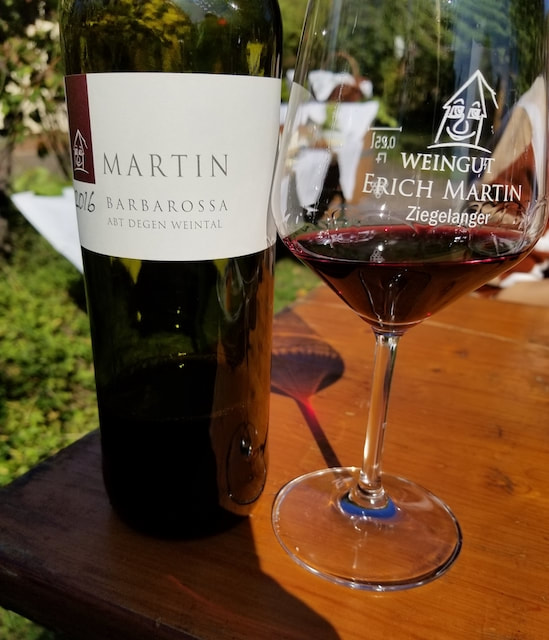
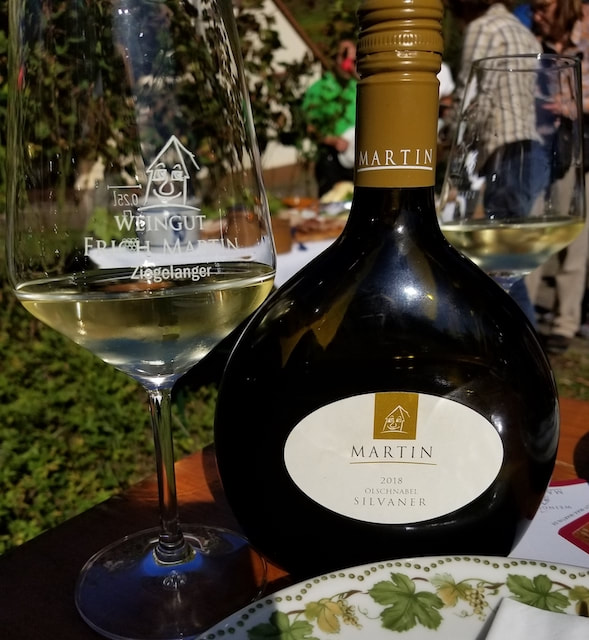
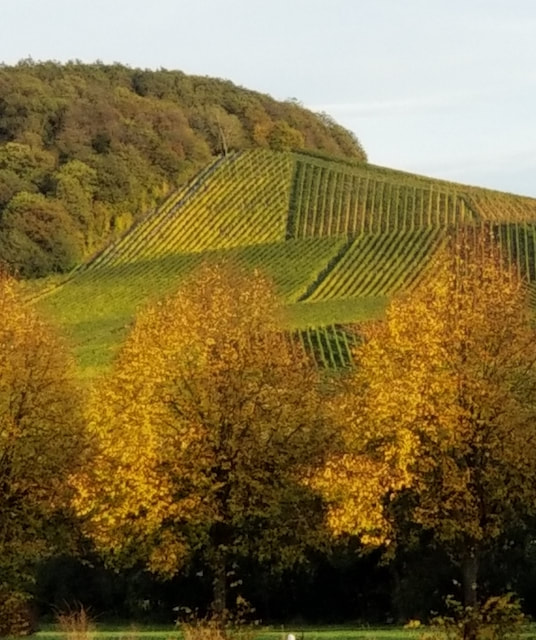
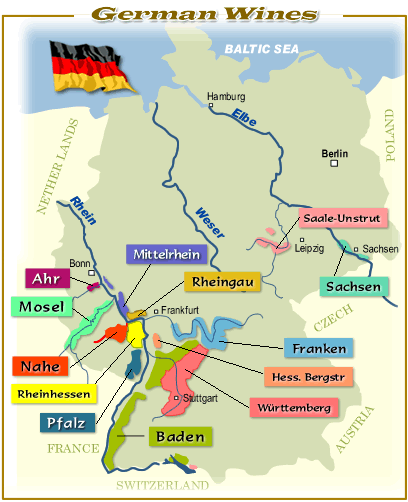
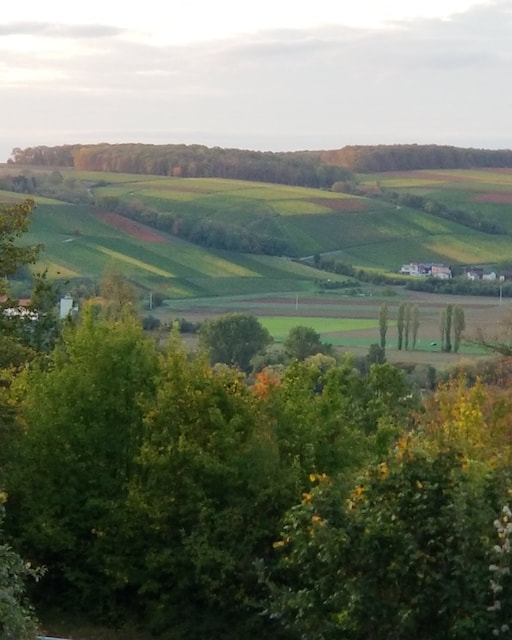
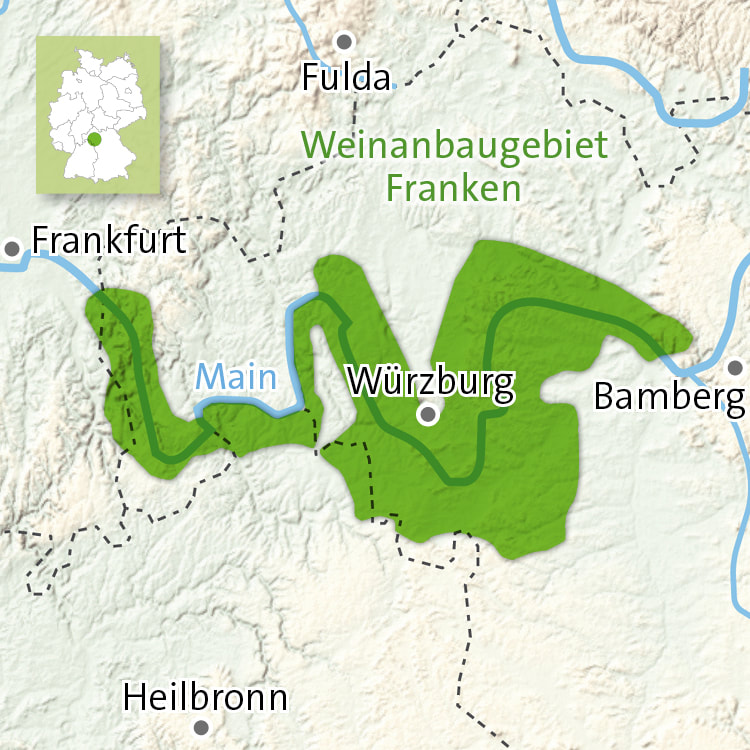
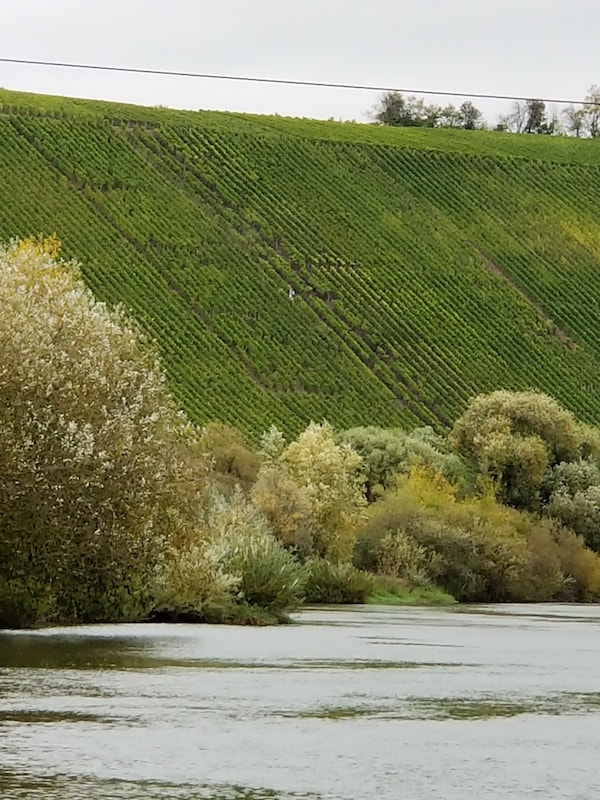
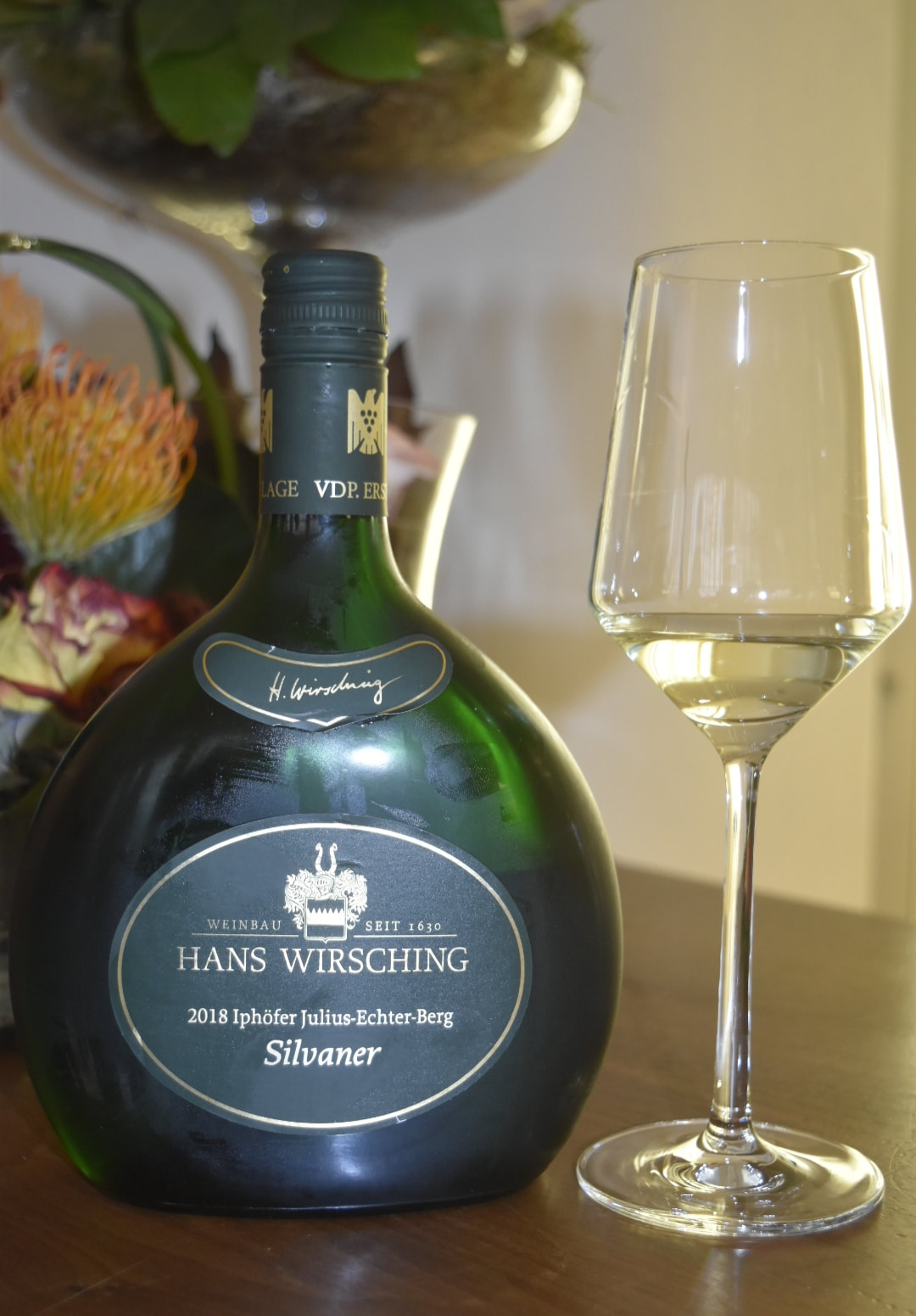
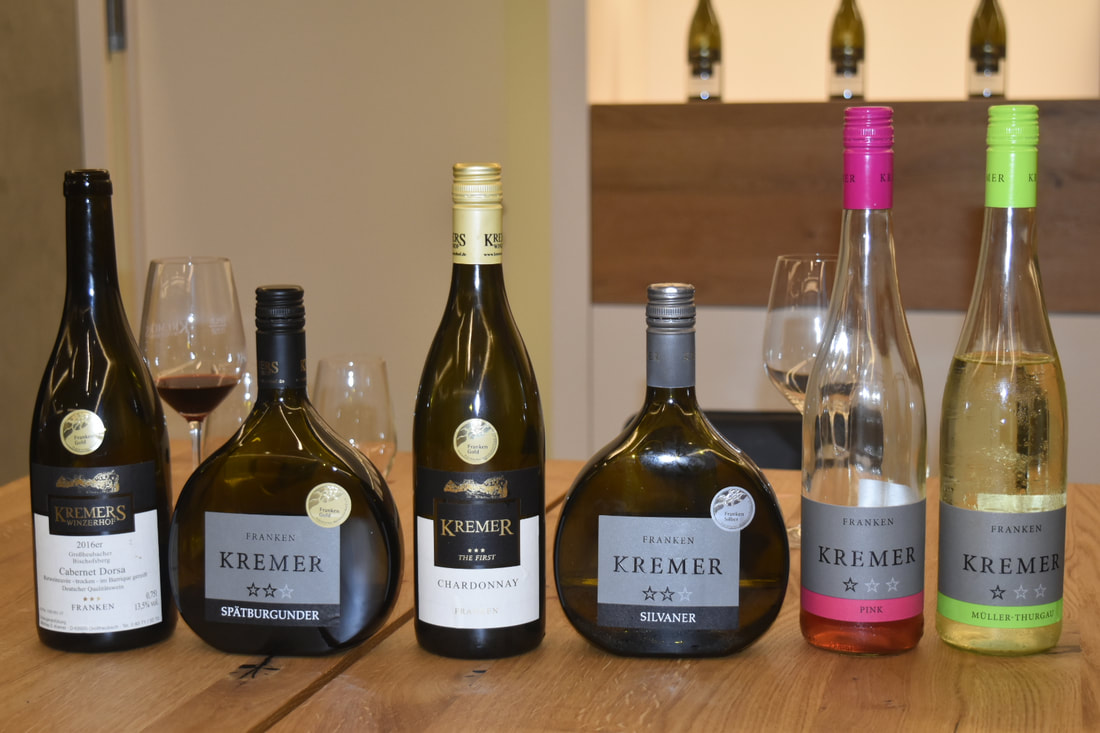
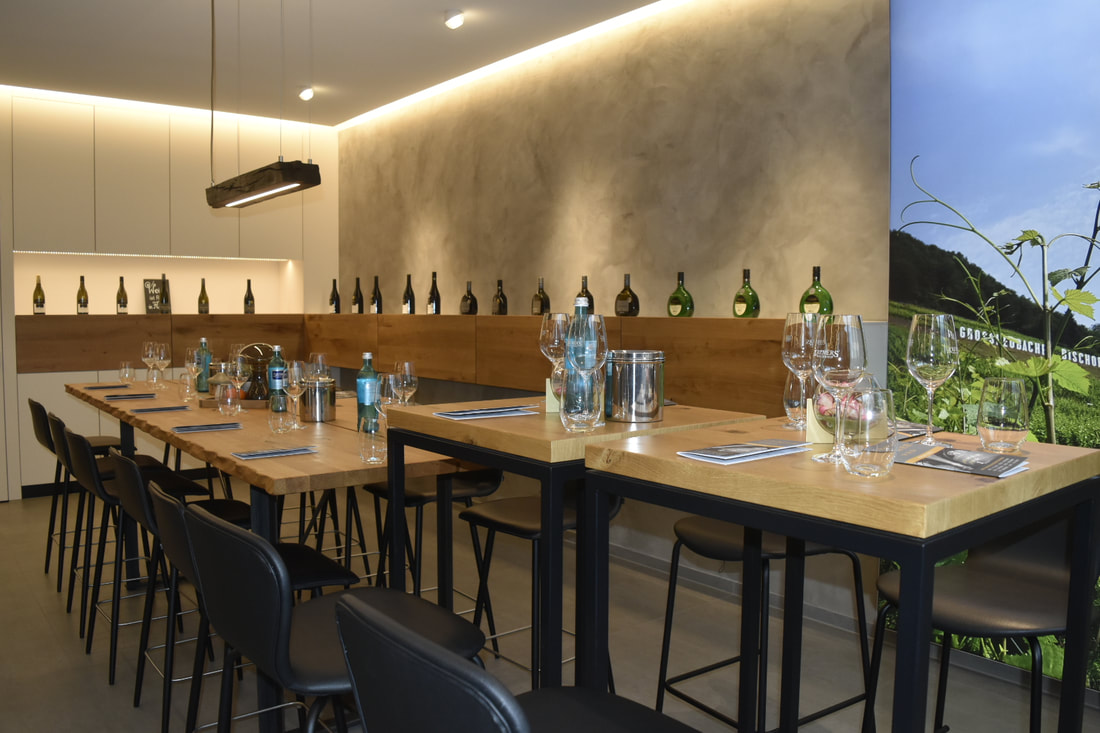
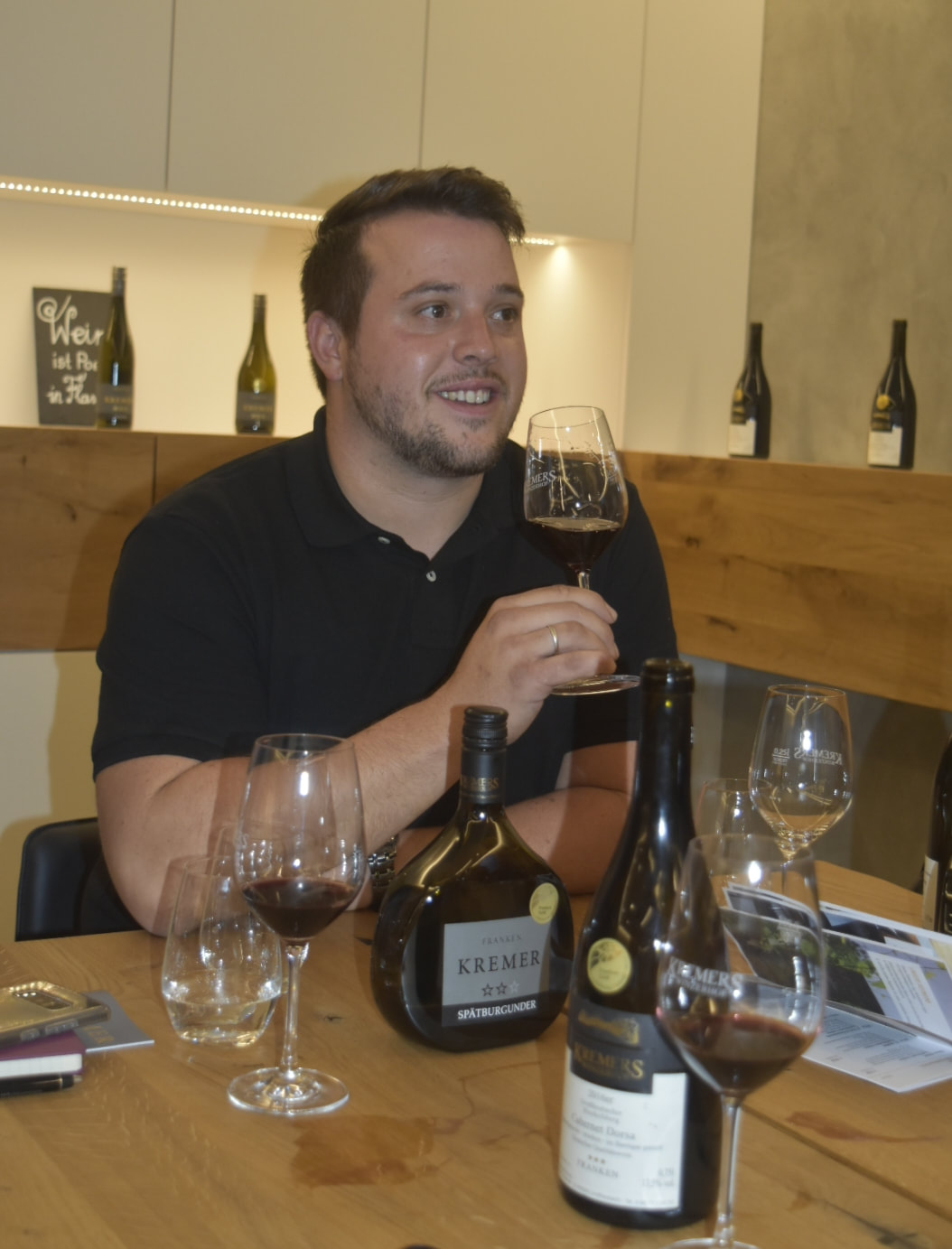
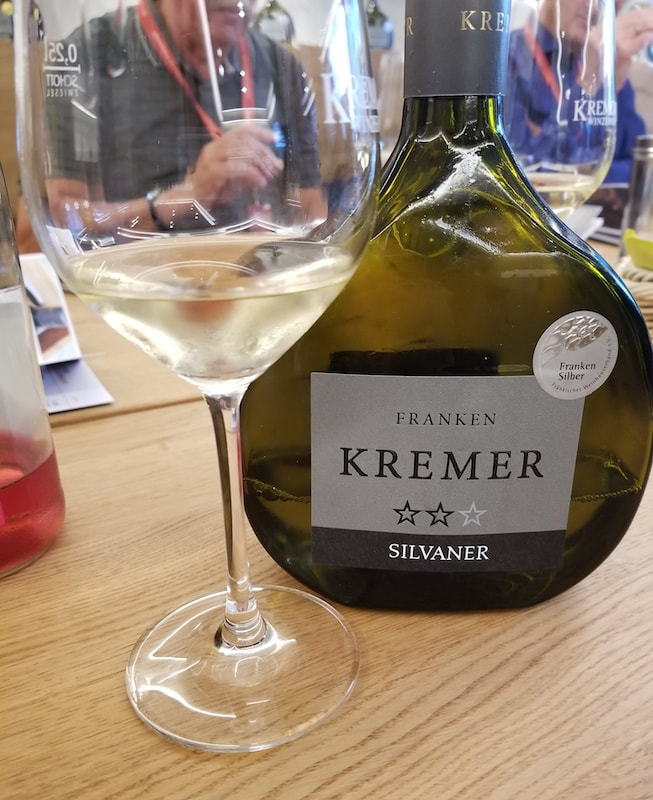
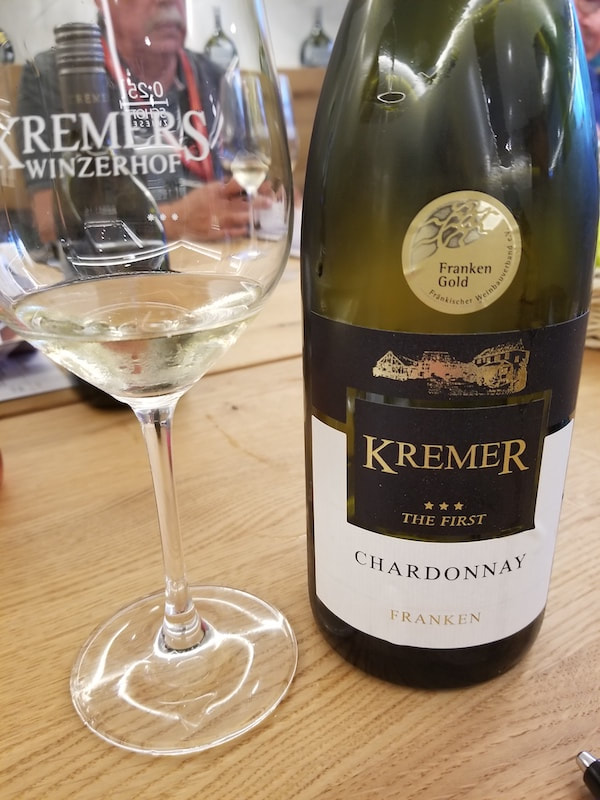
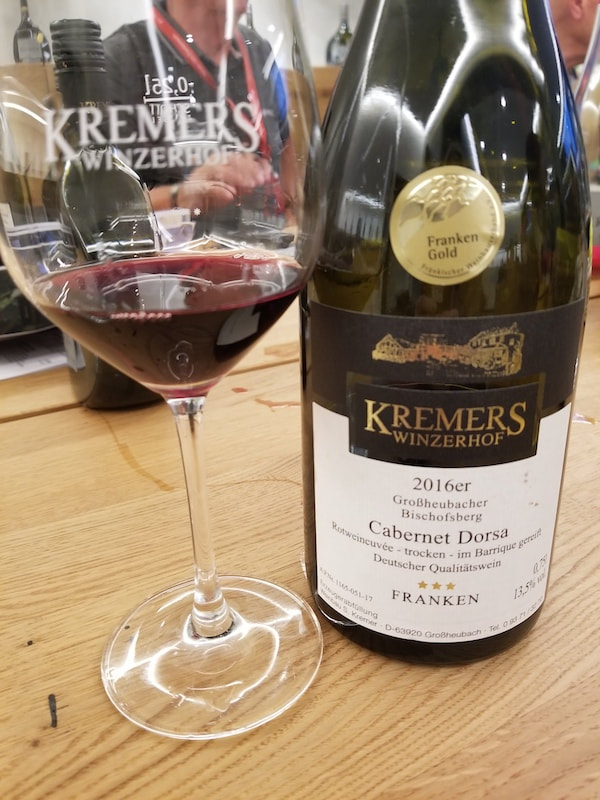
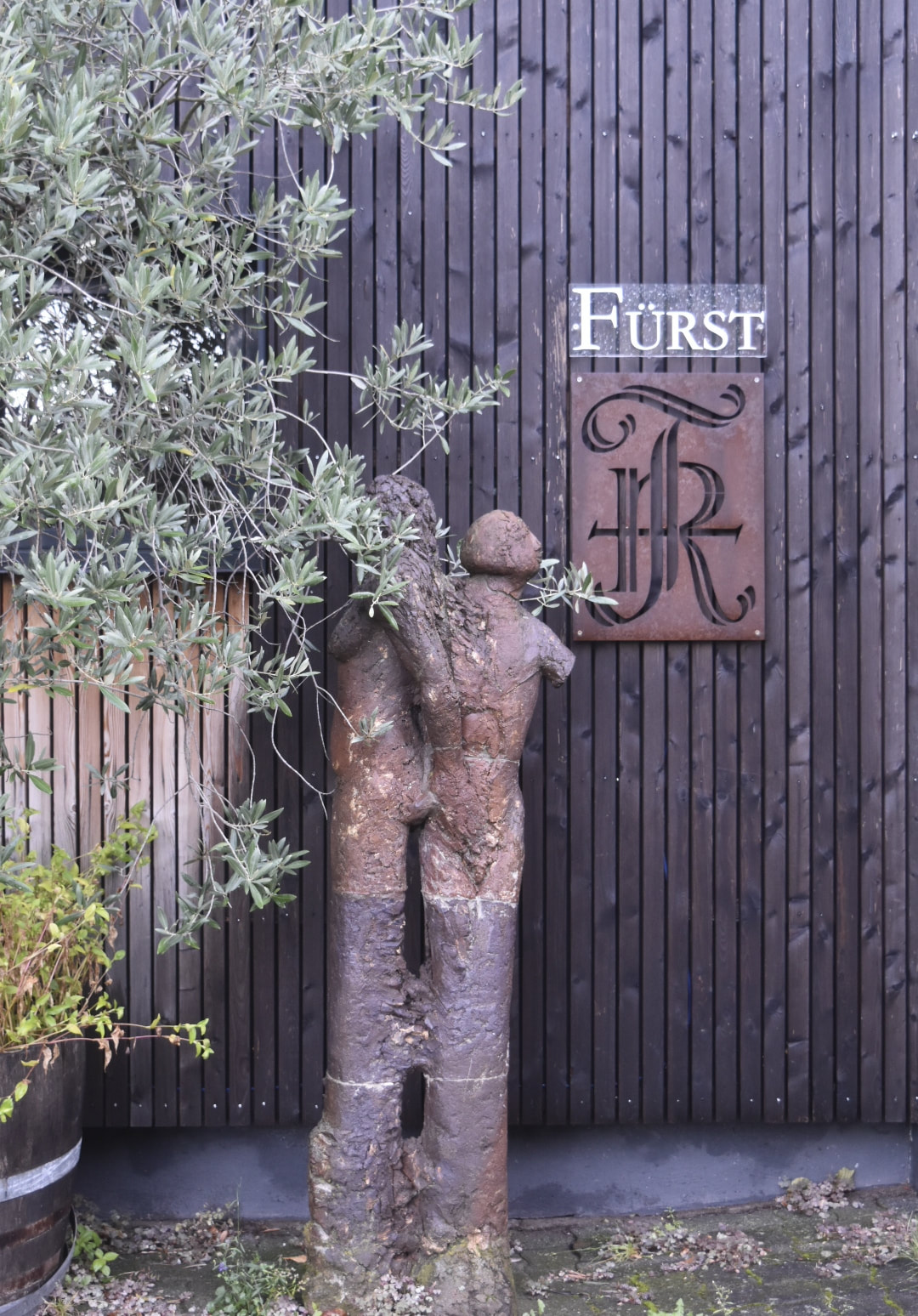
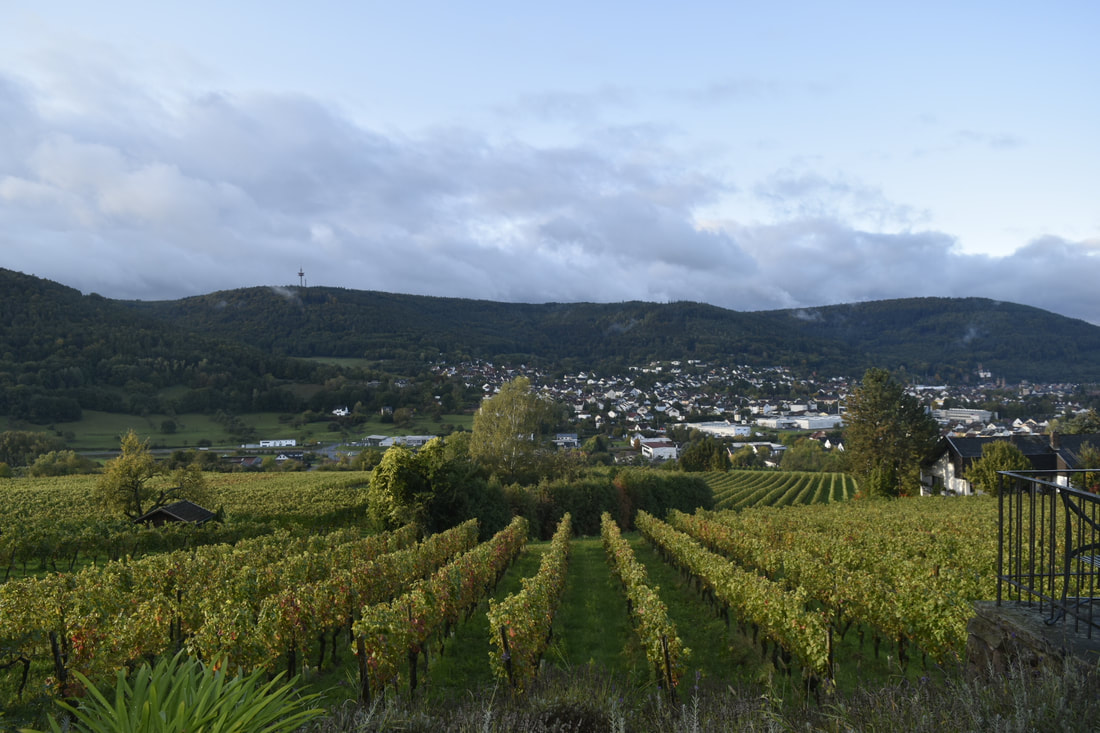
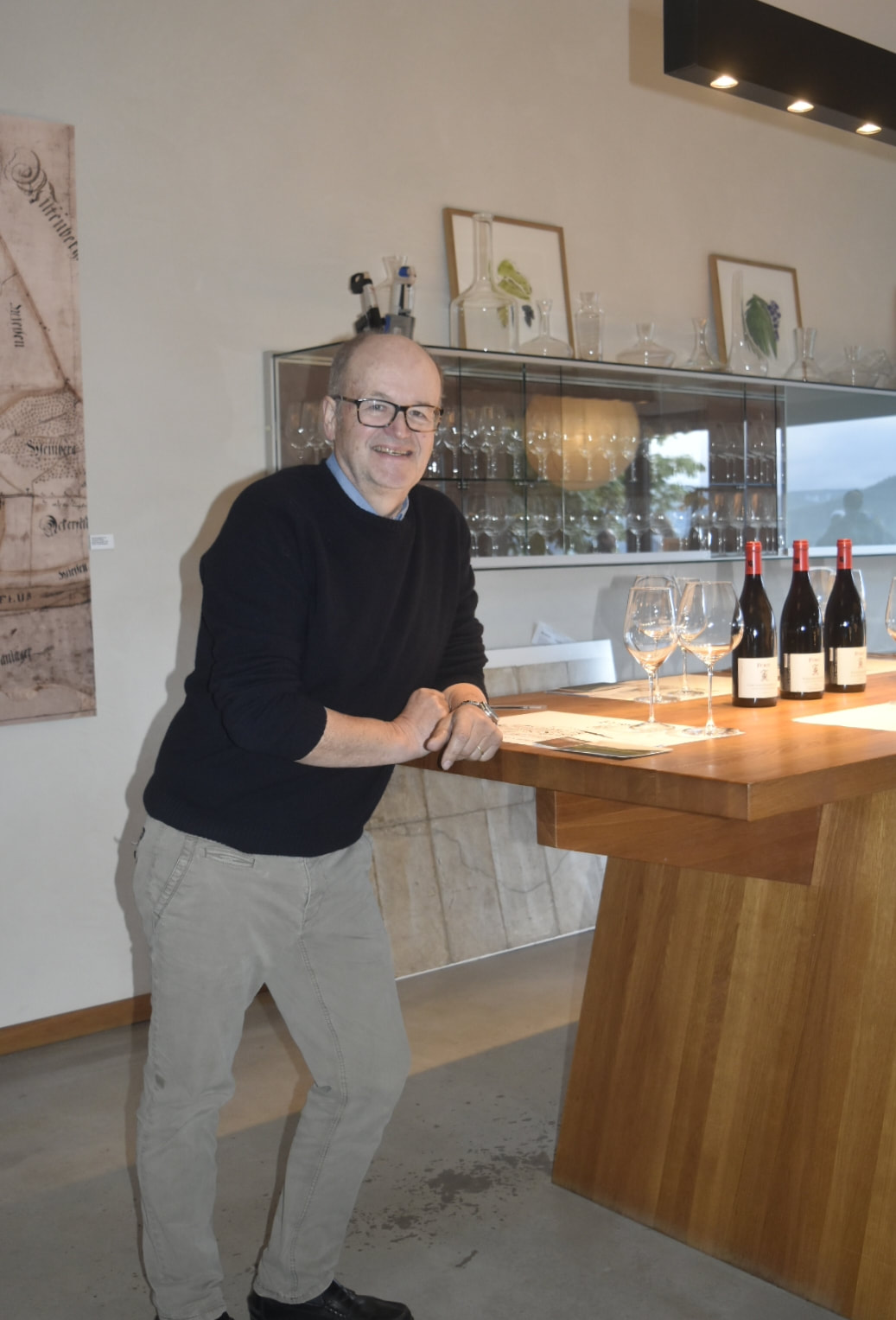
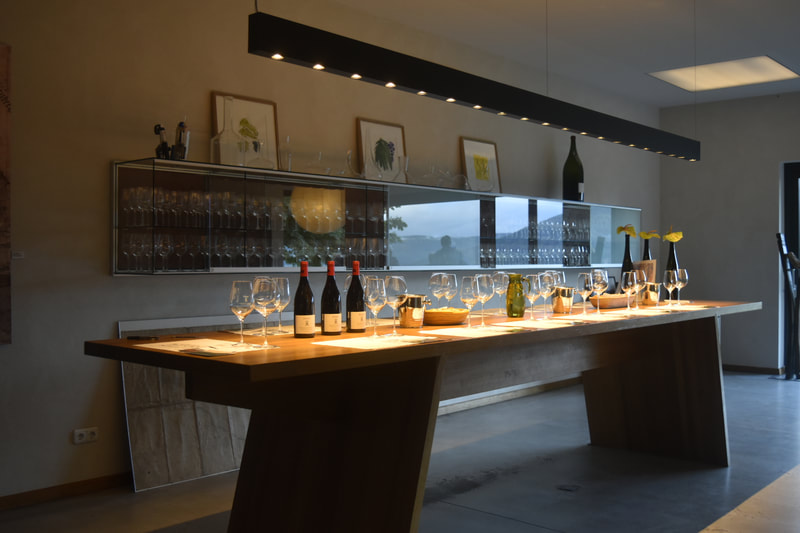
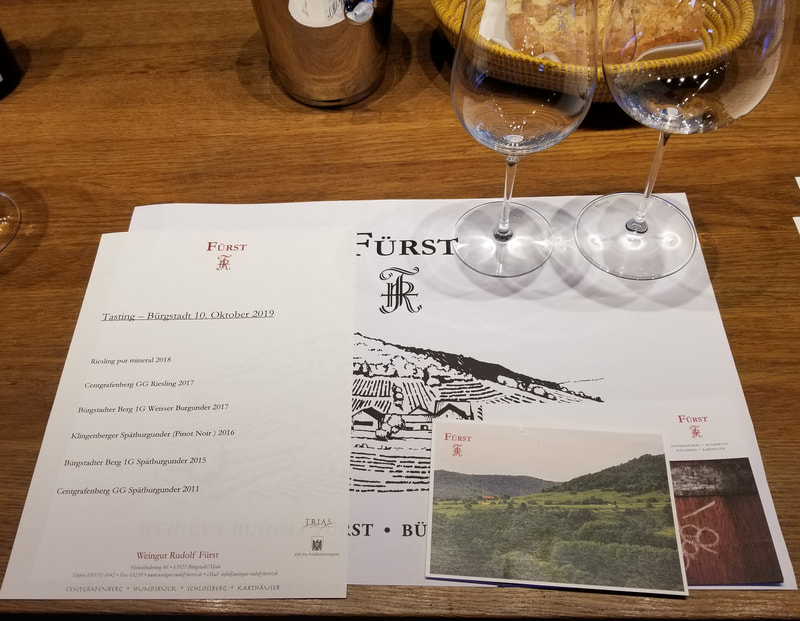
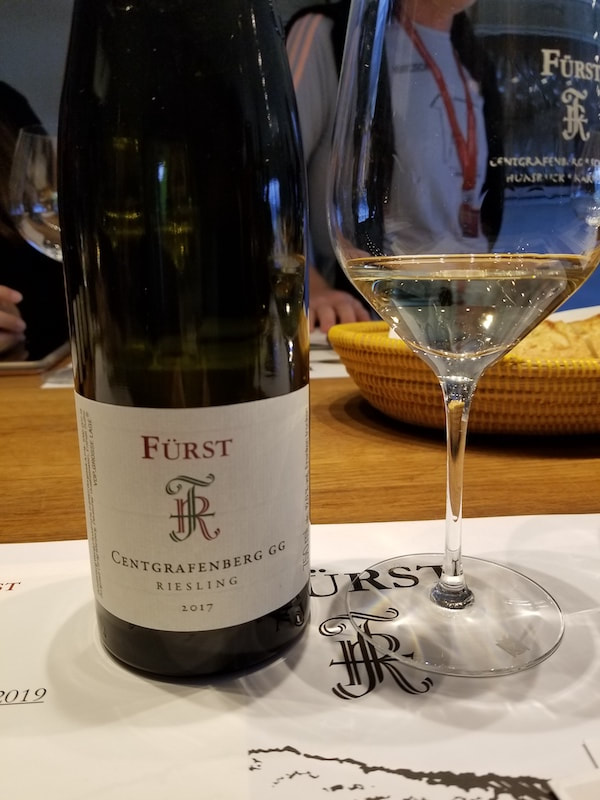
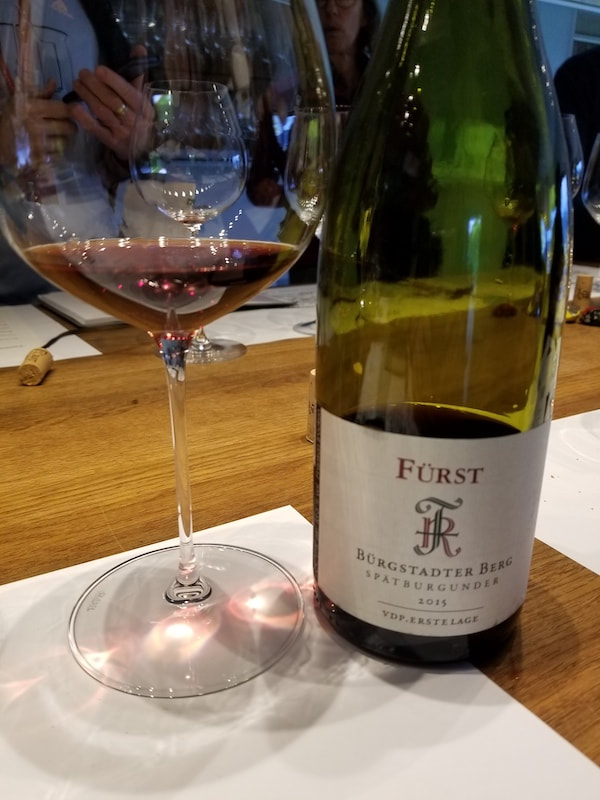
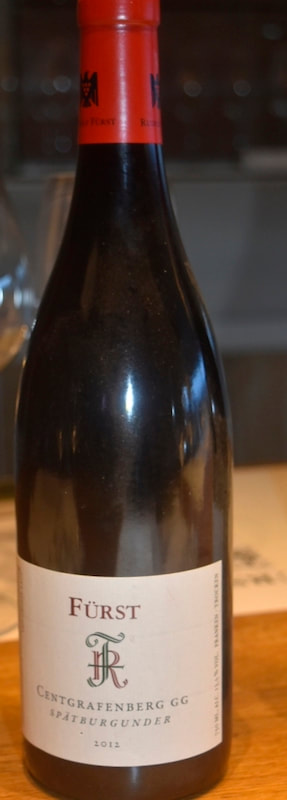
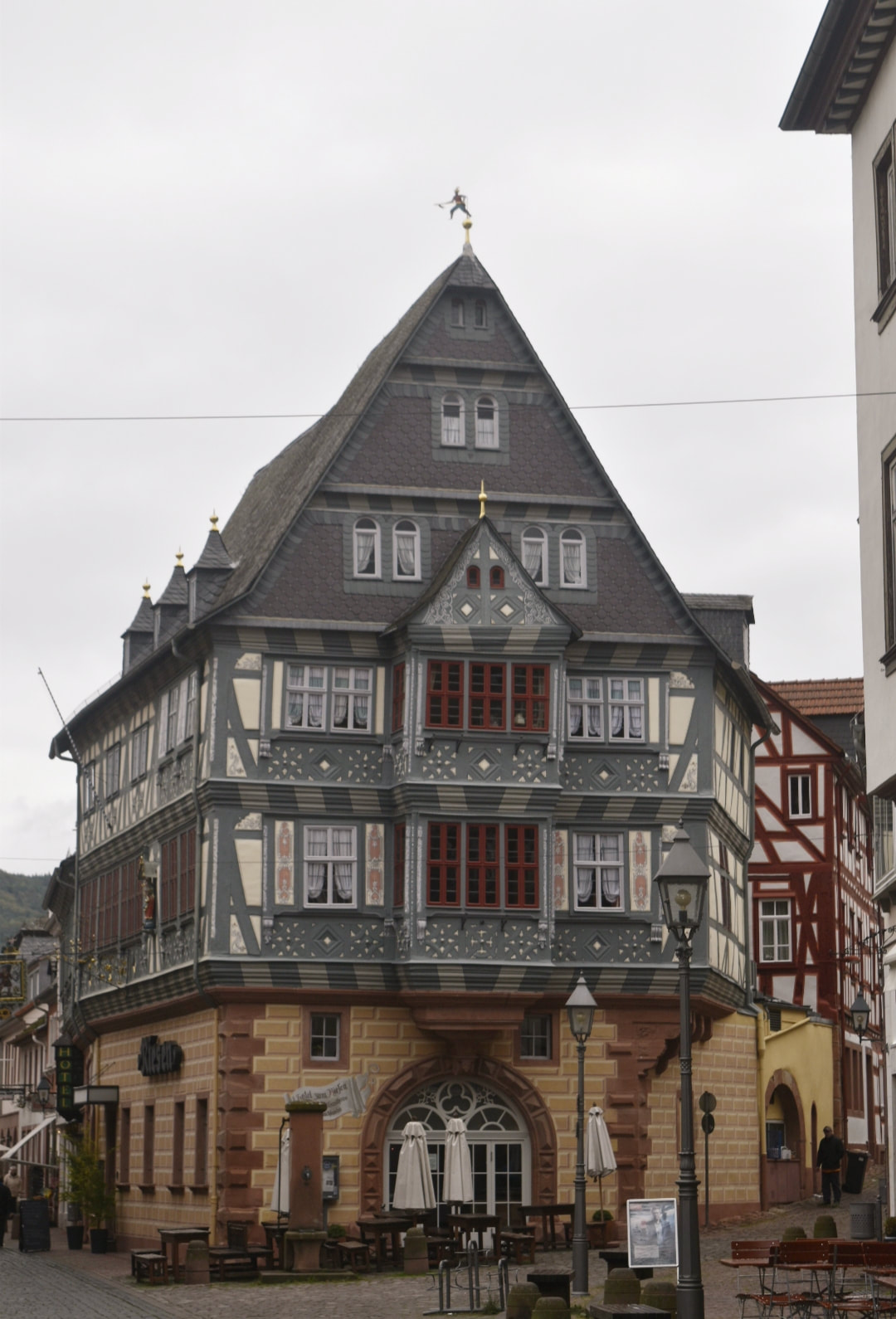
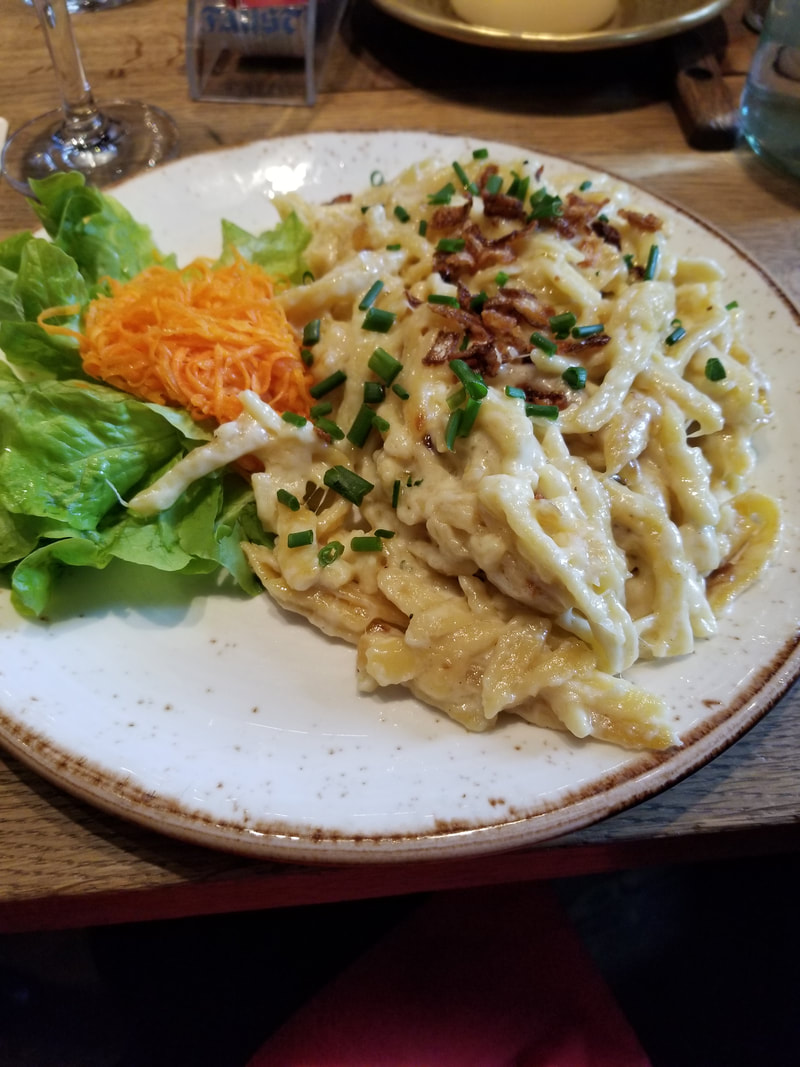
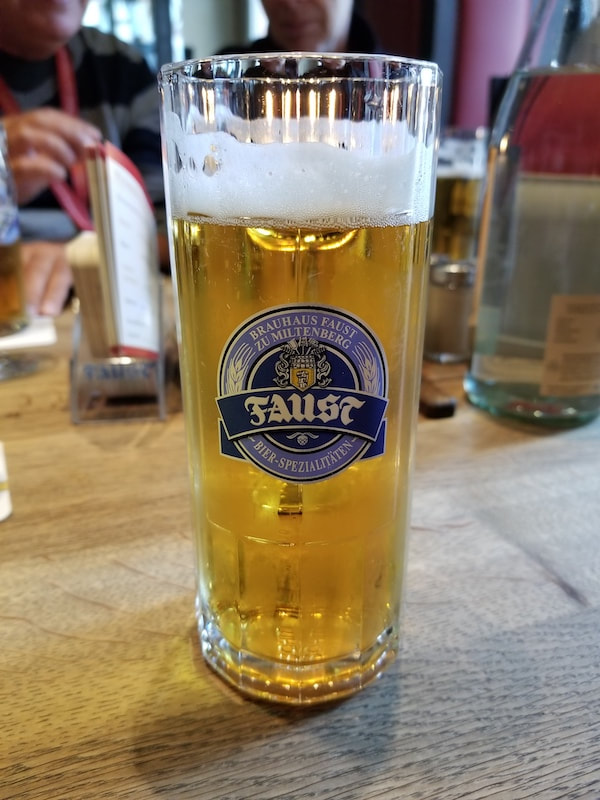
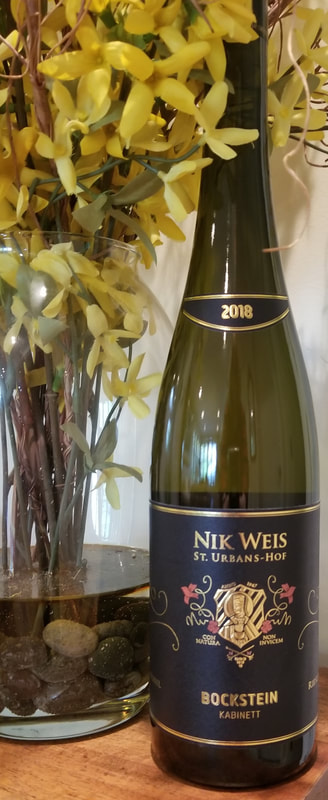
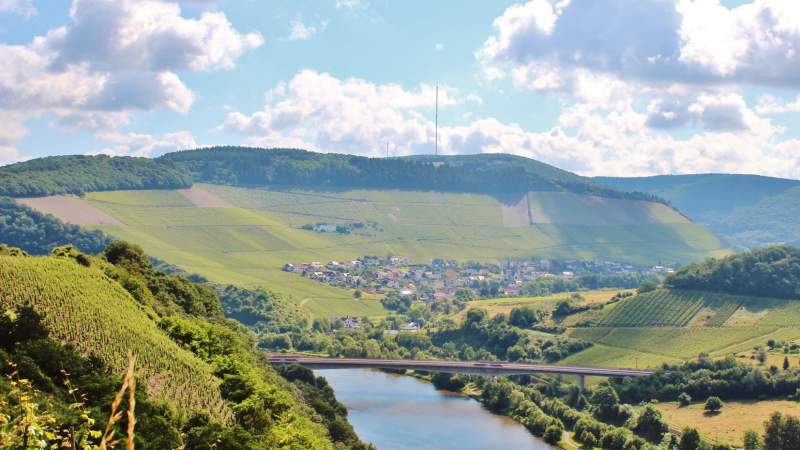
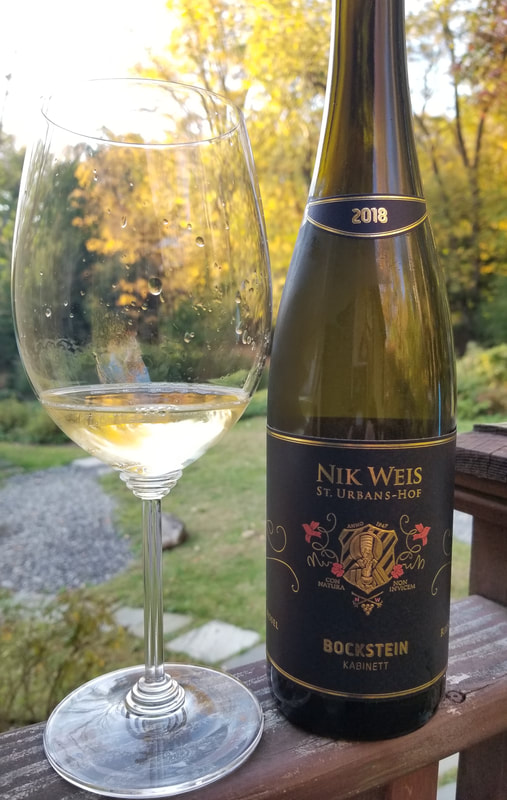
 RSS Feed
RSS Feed